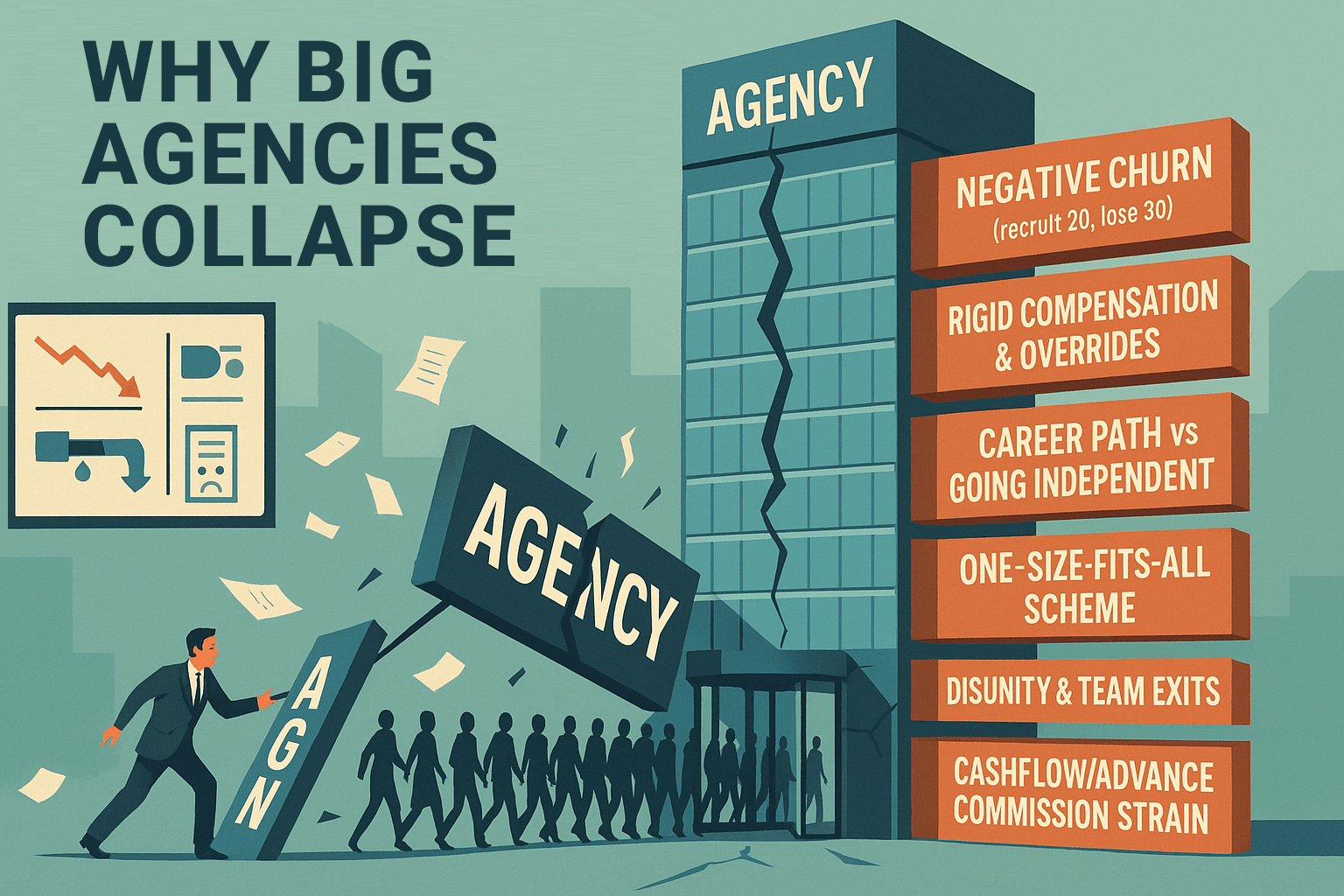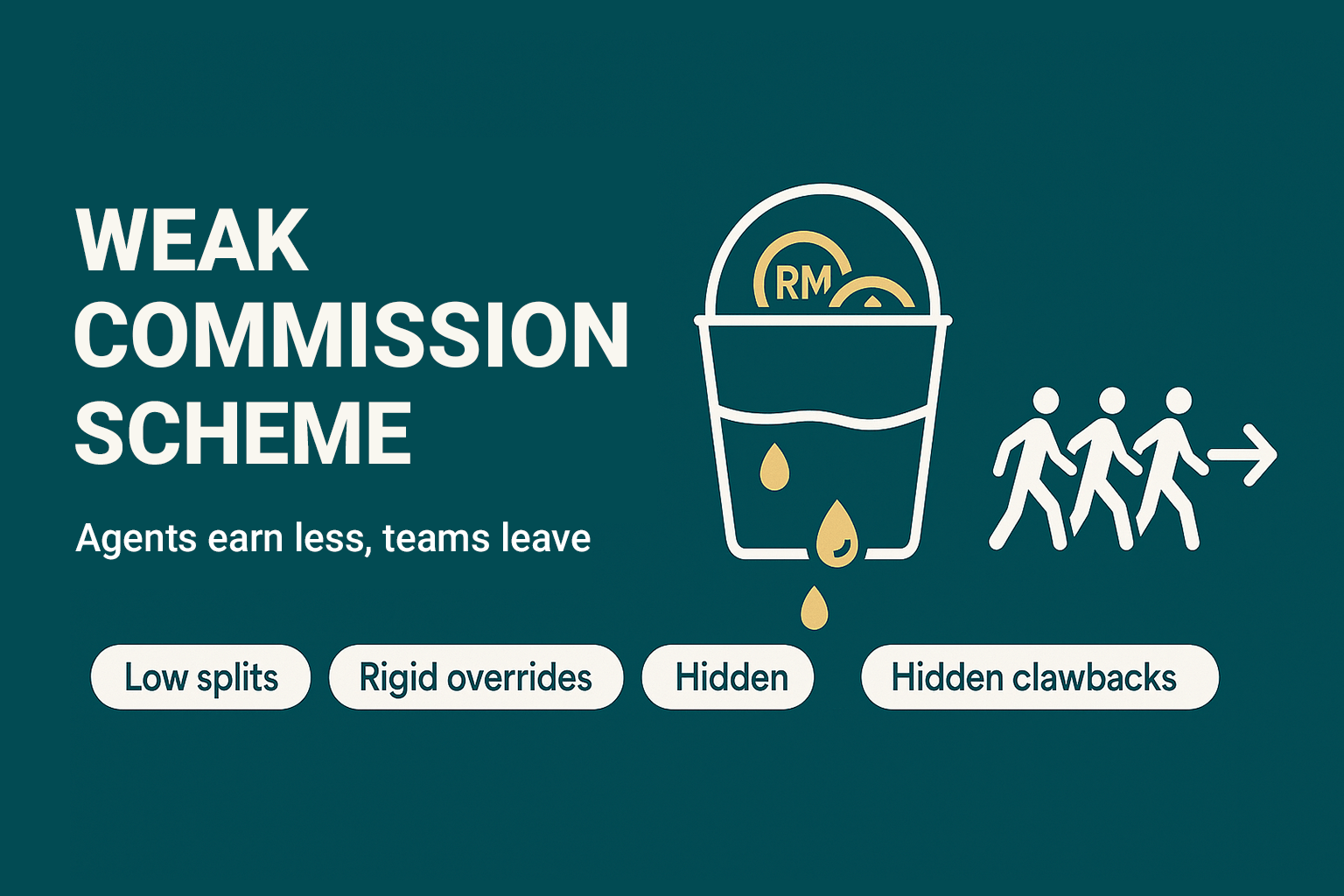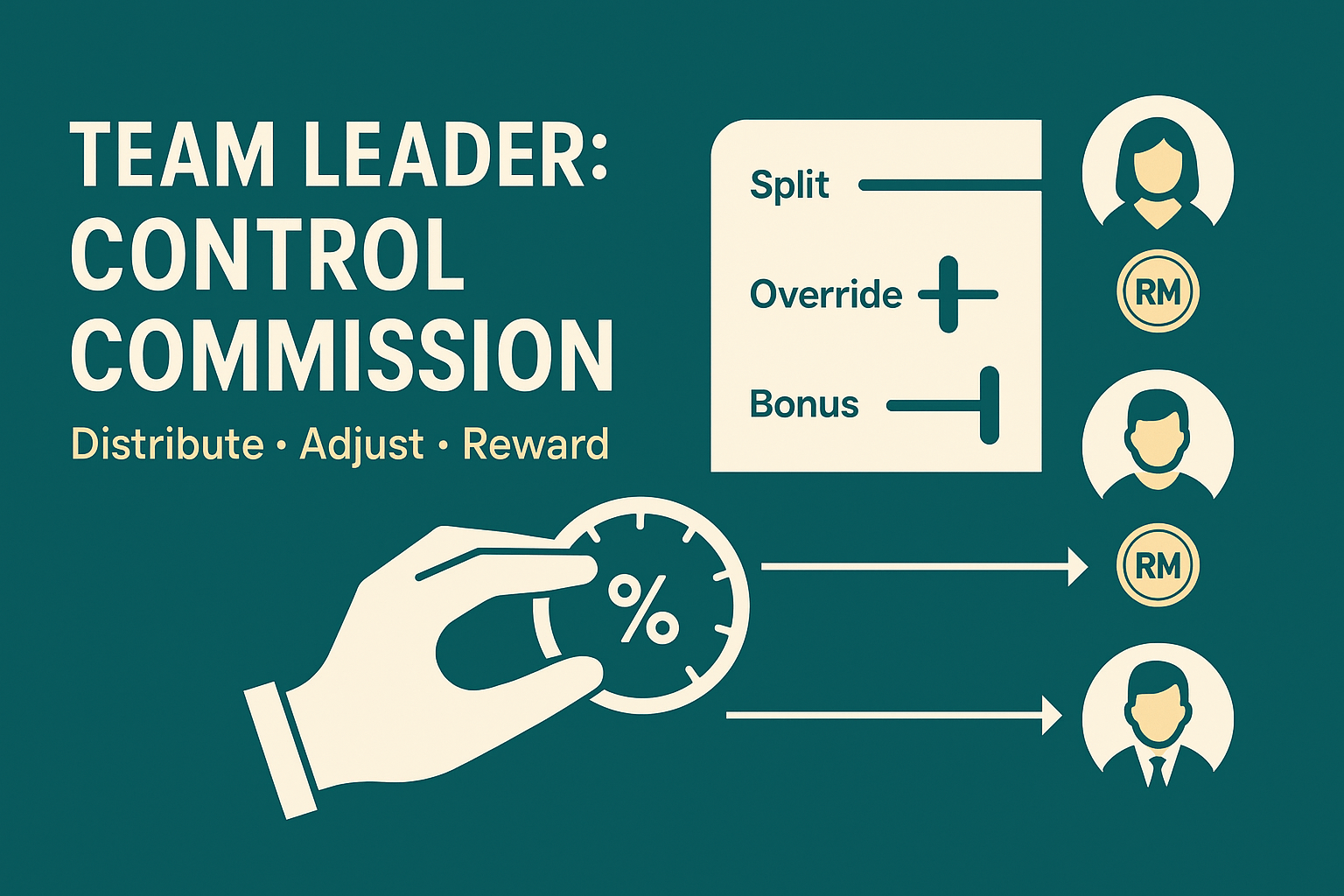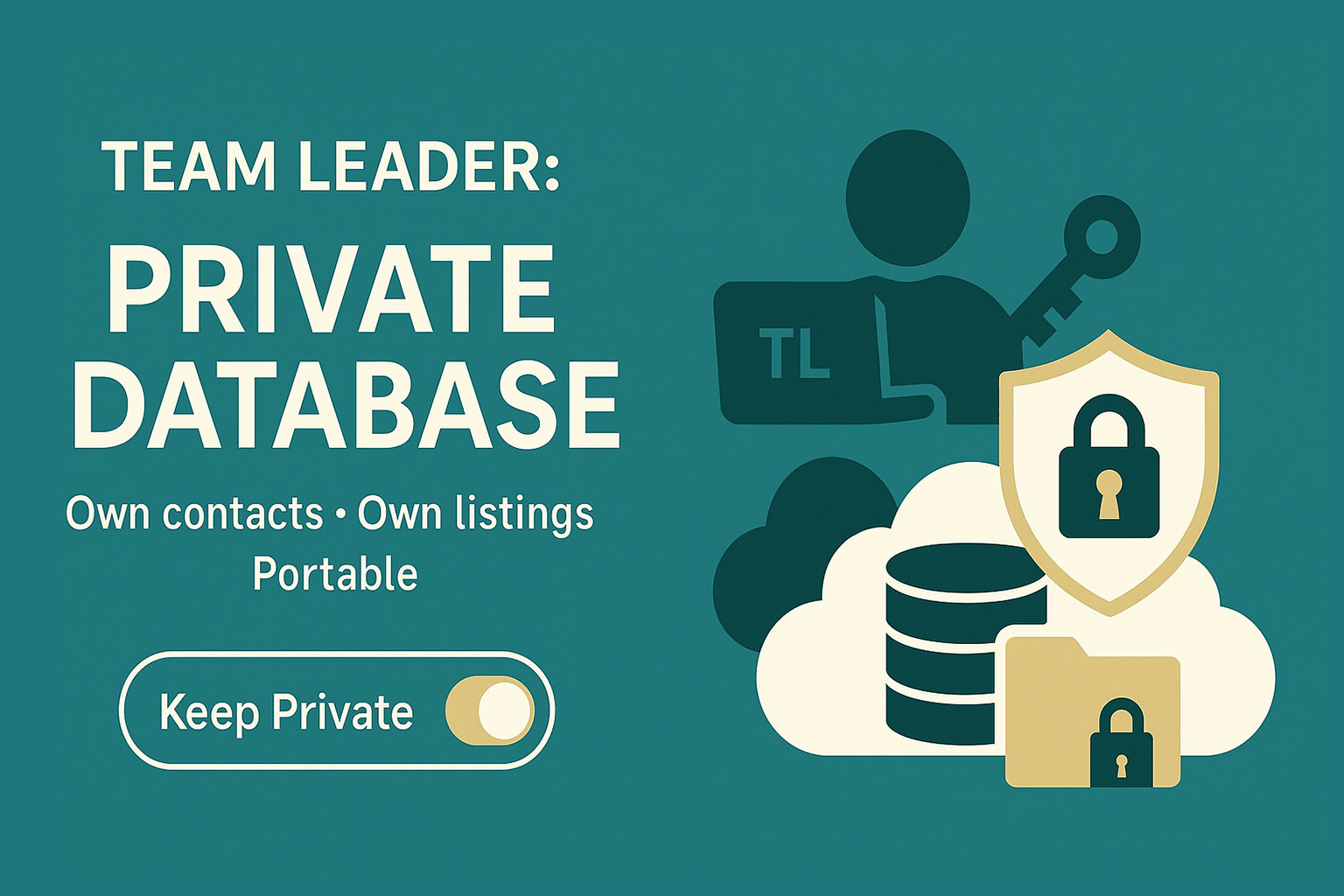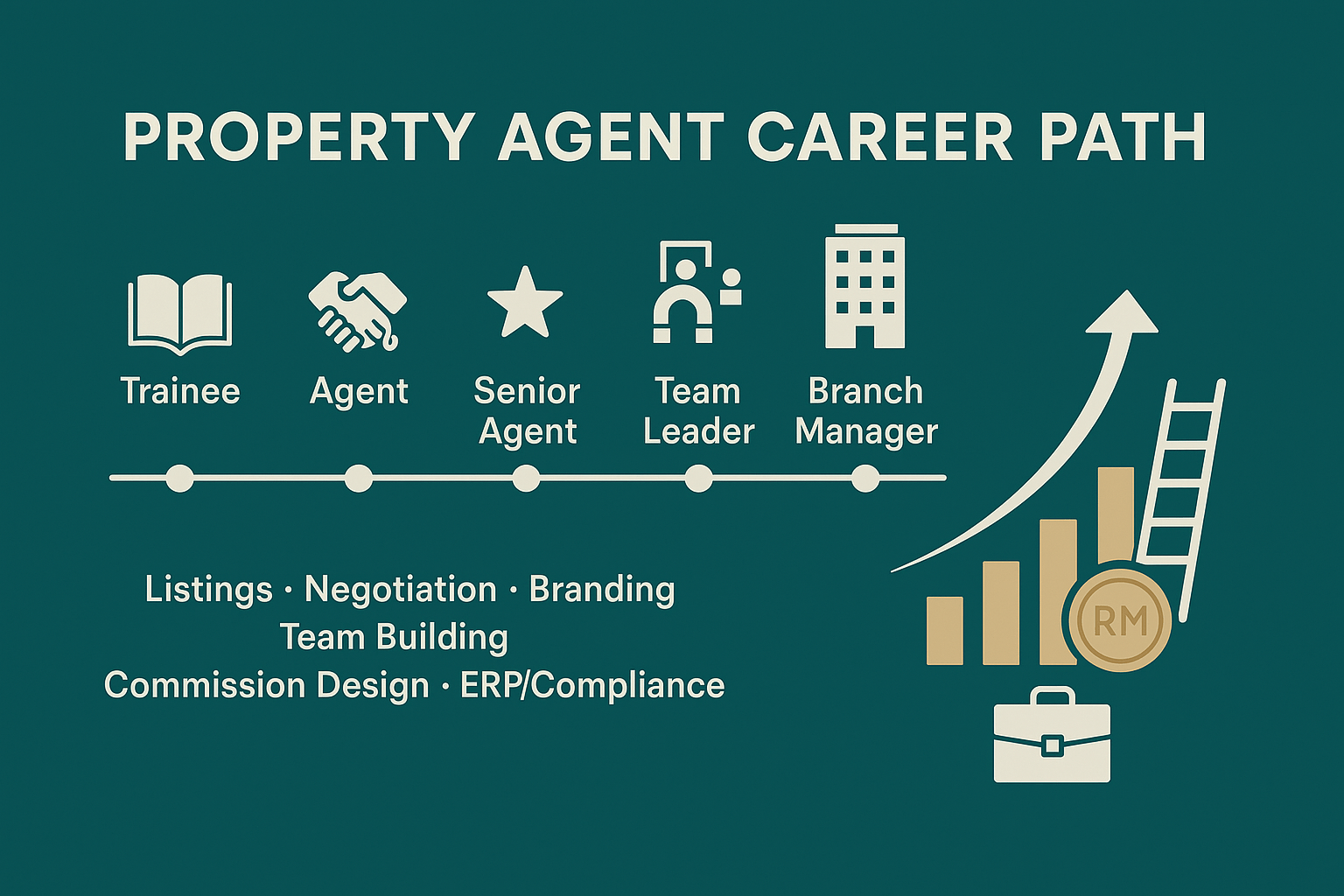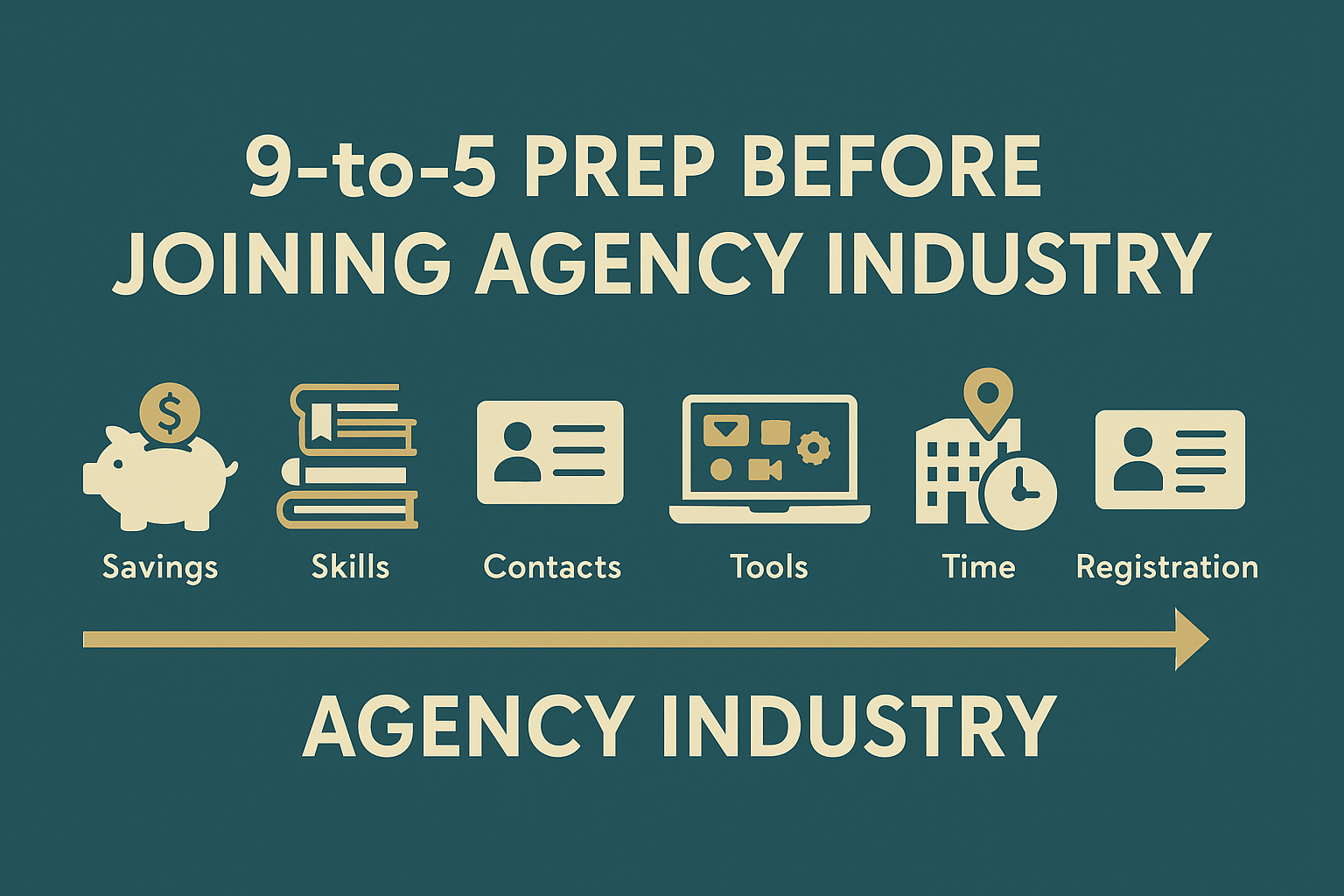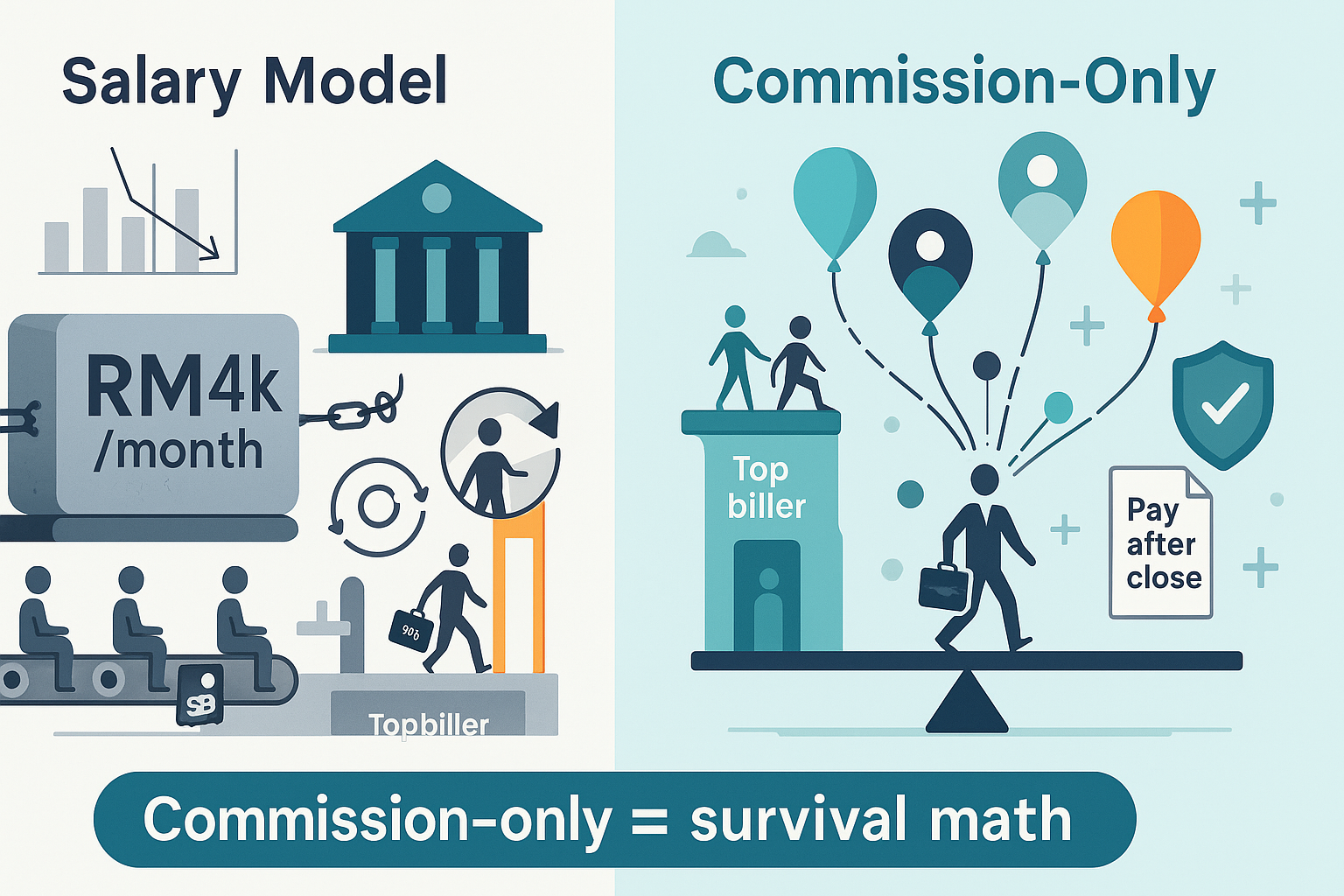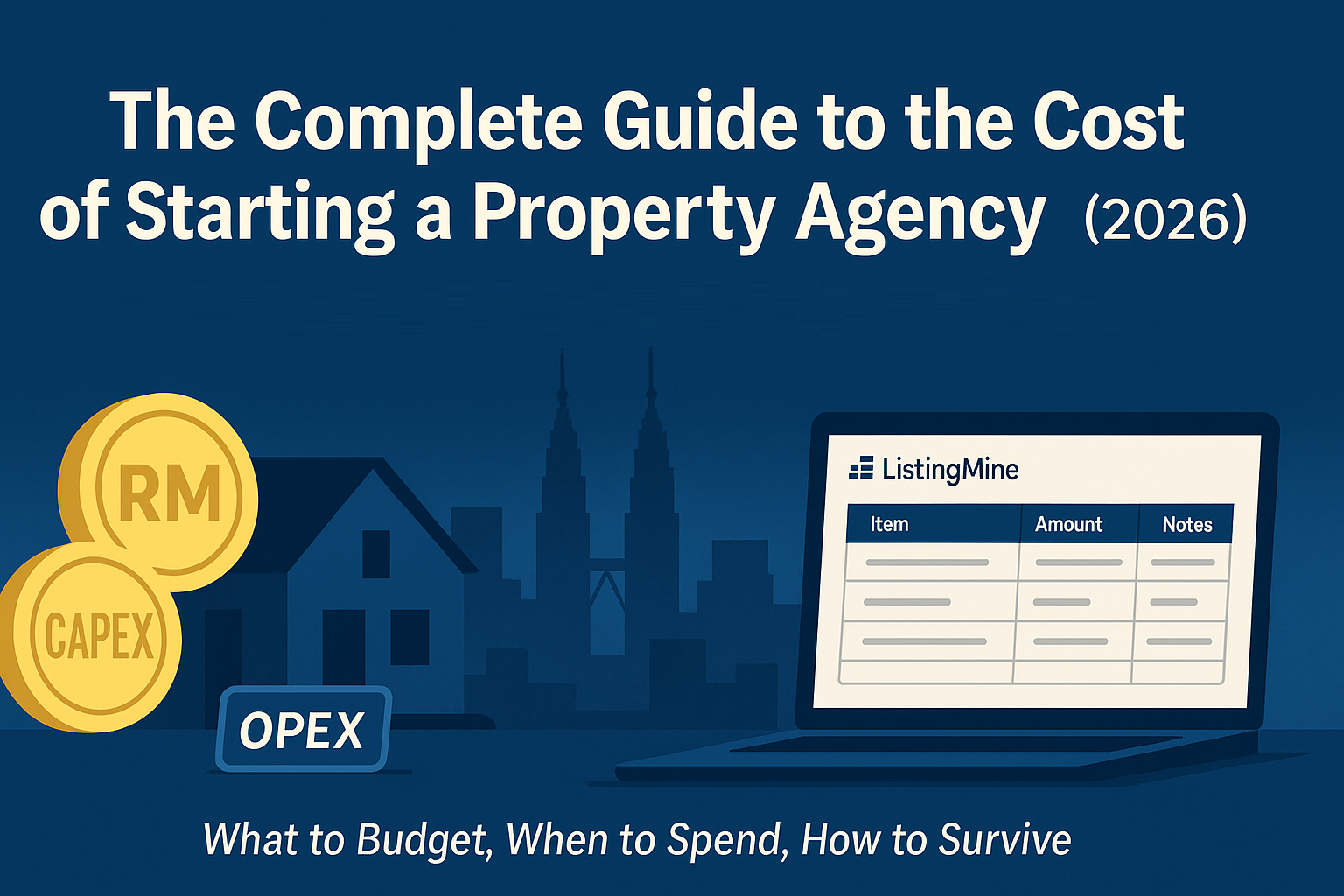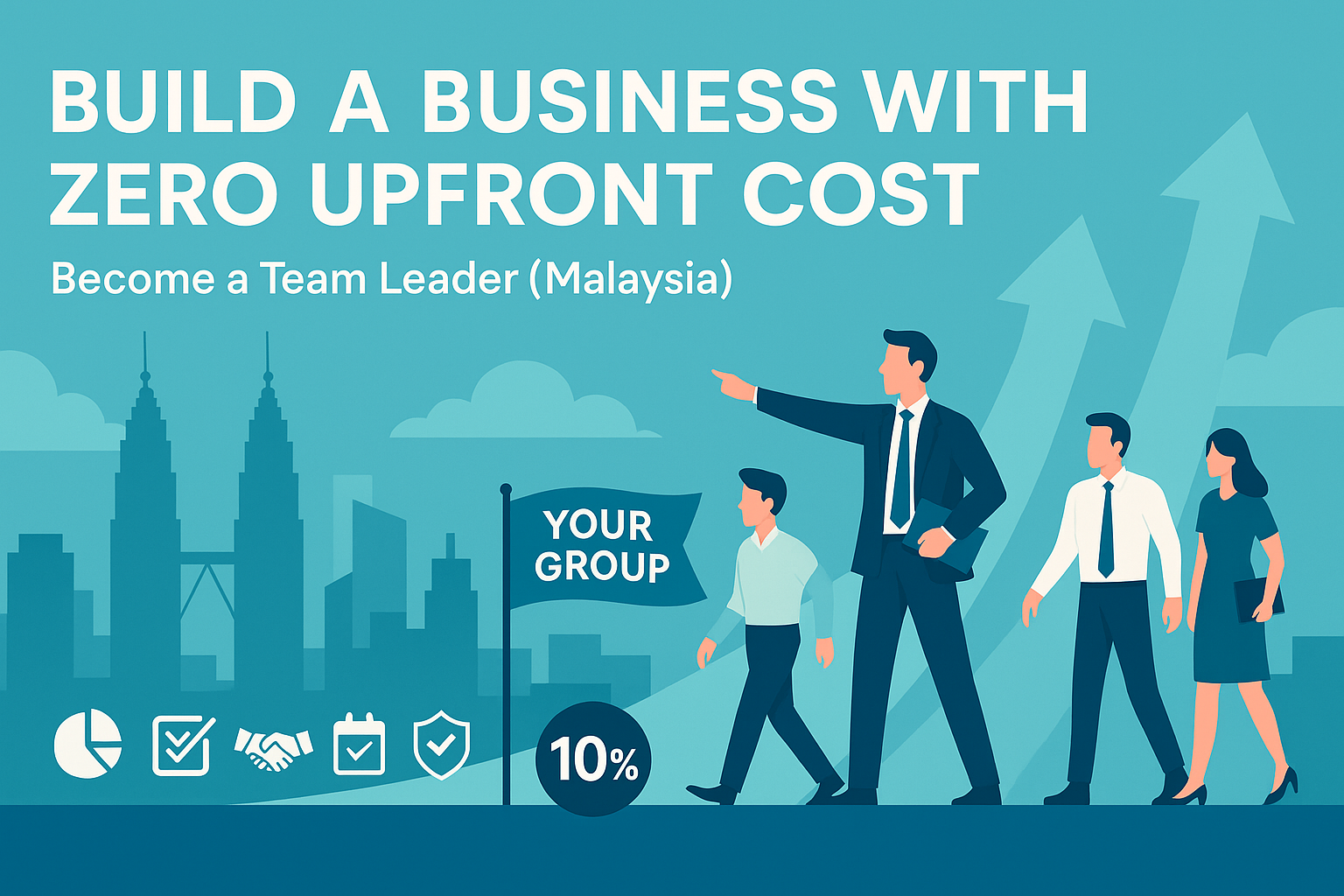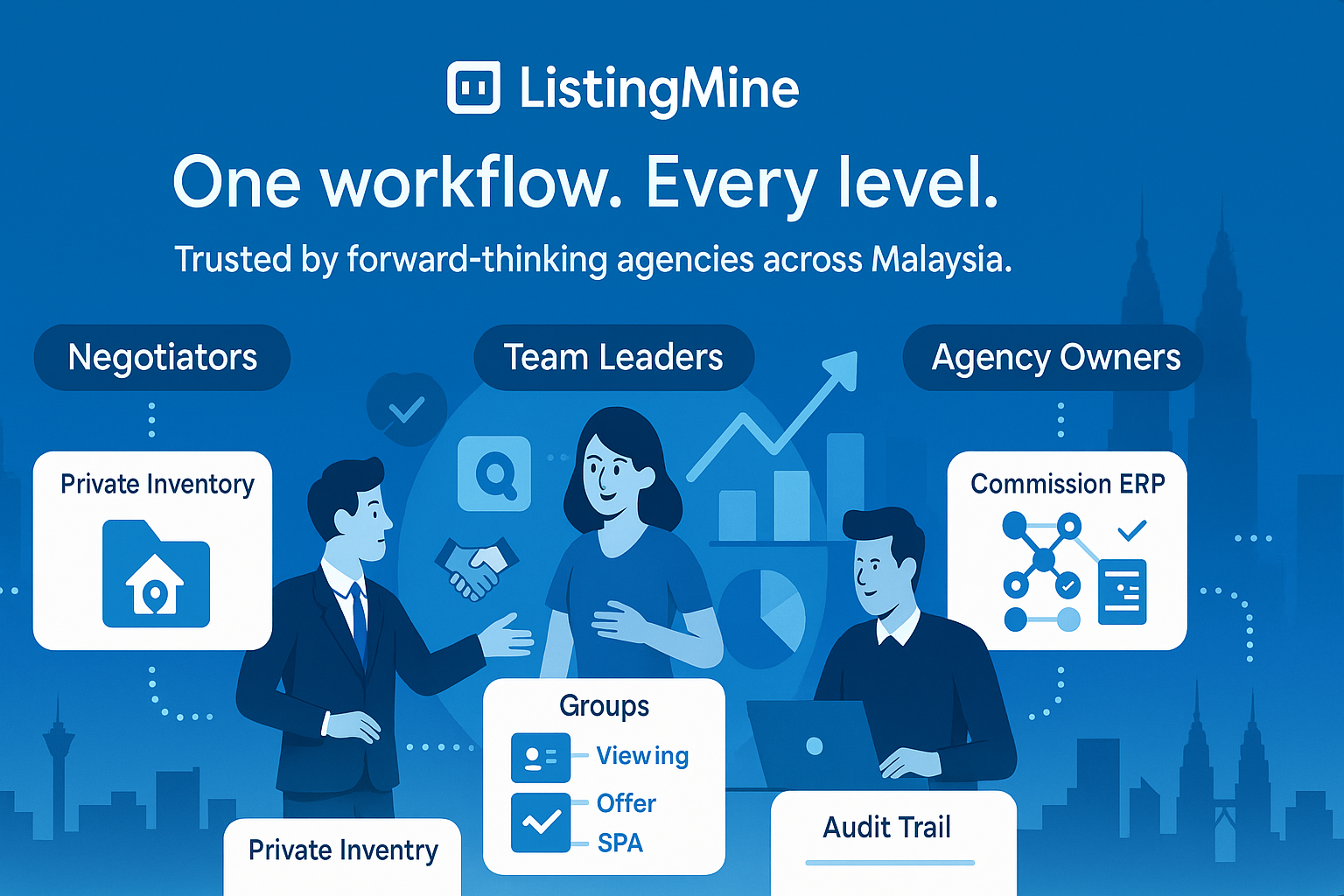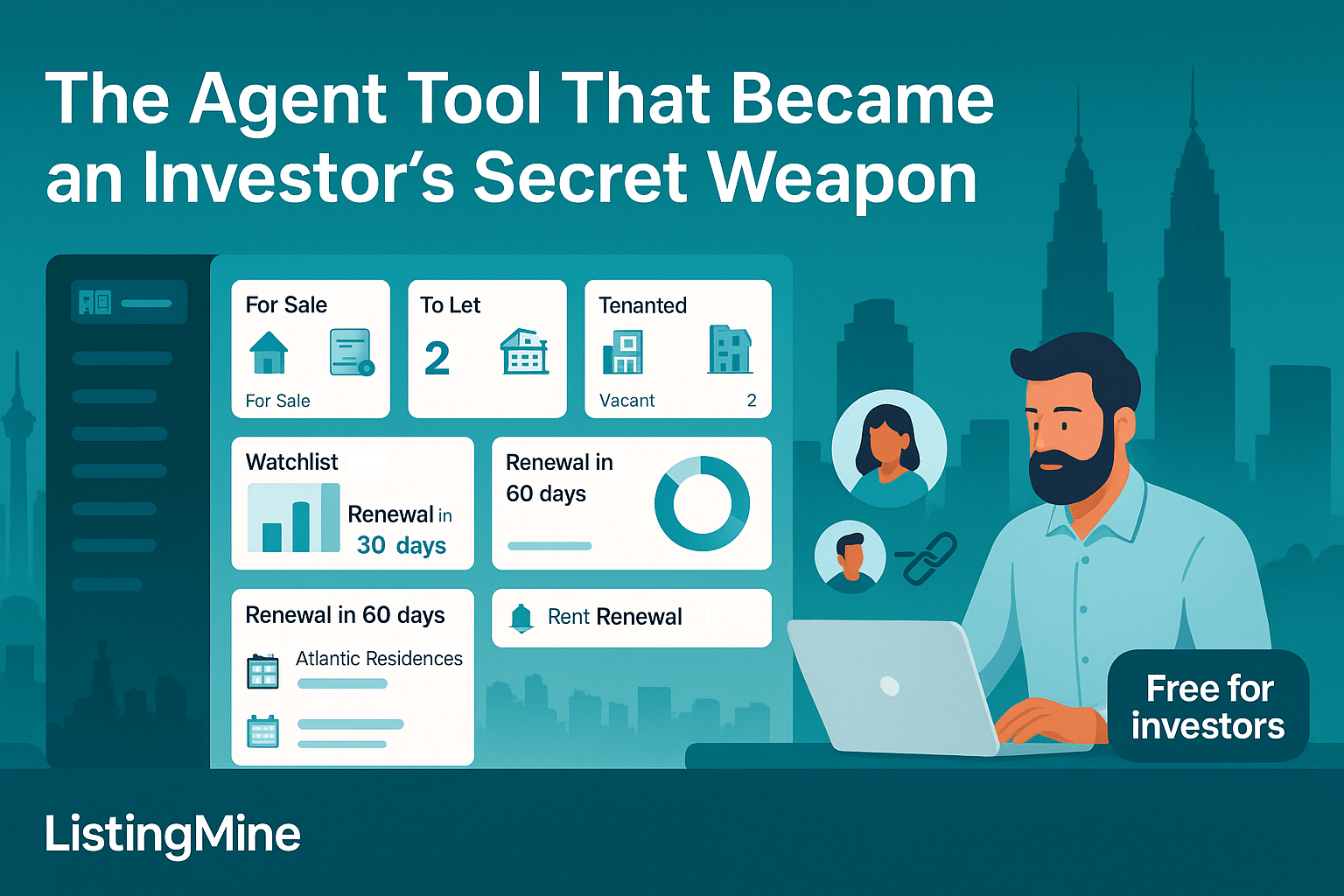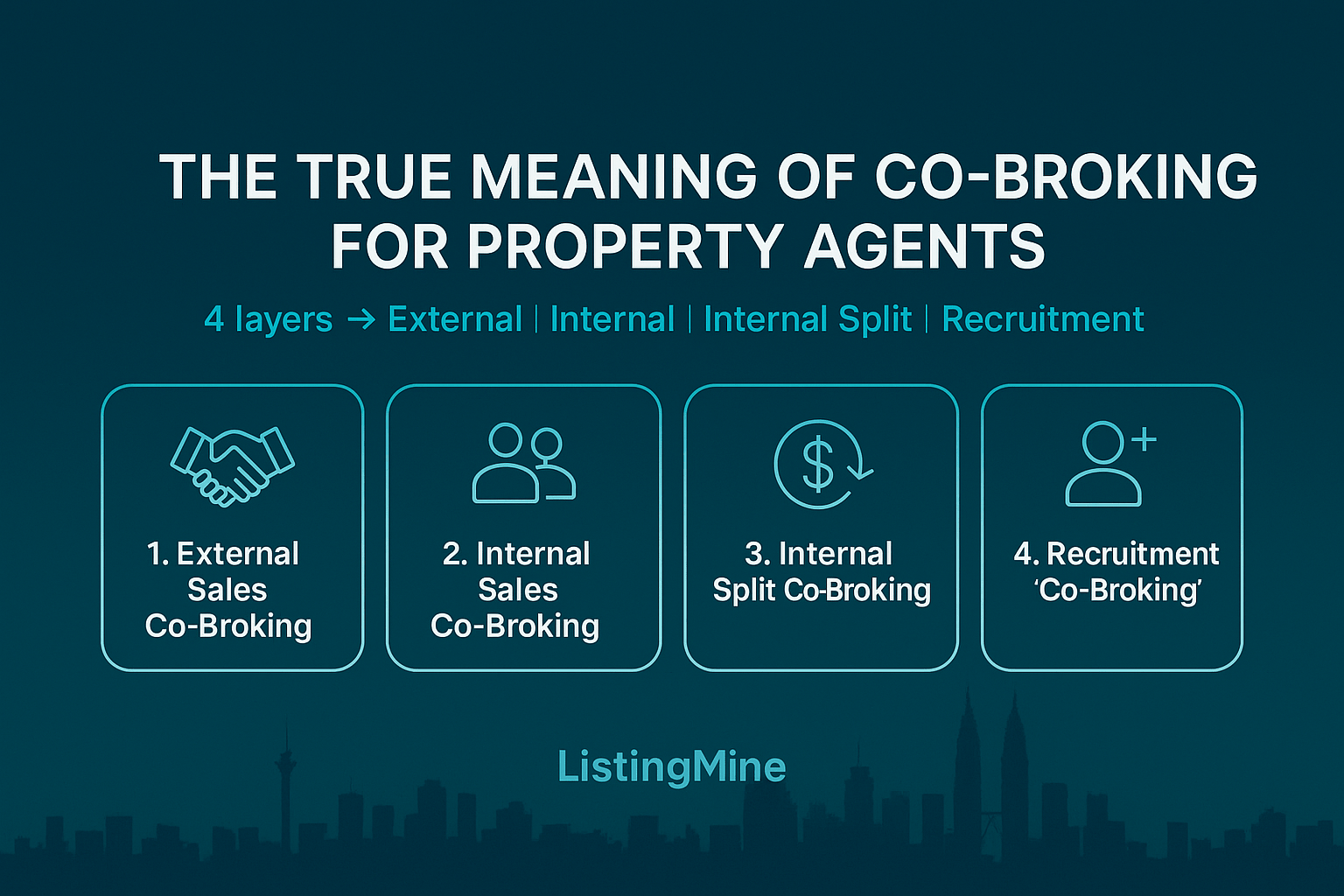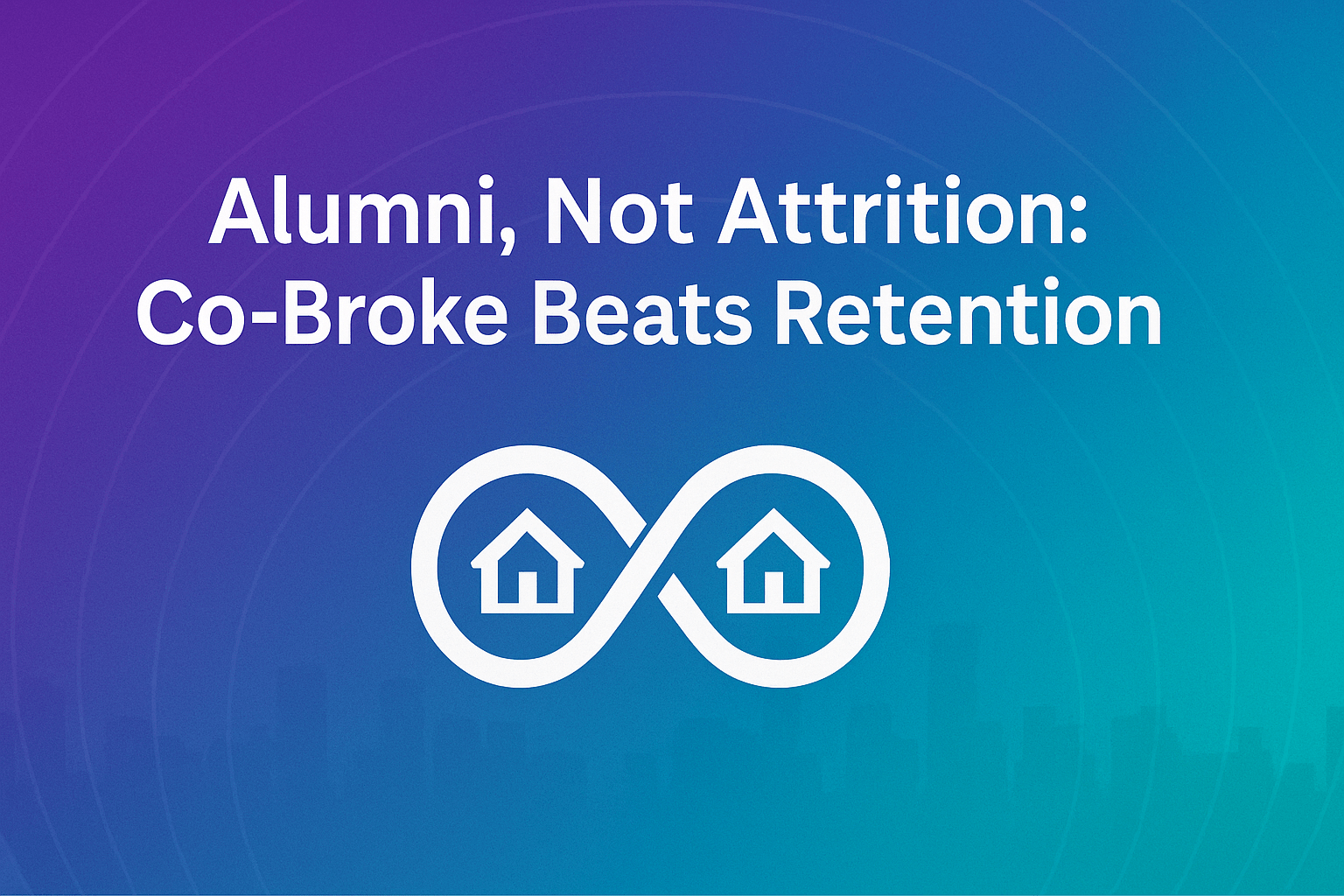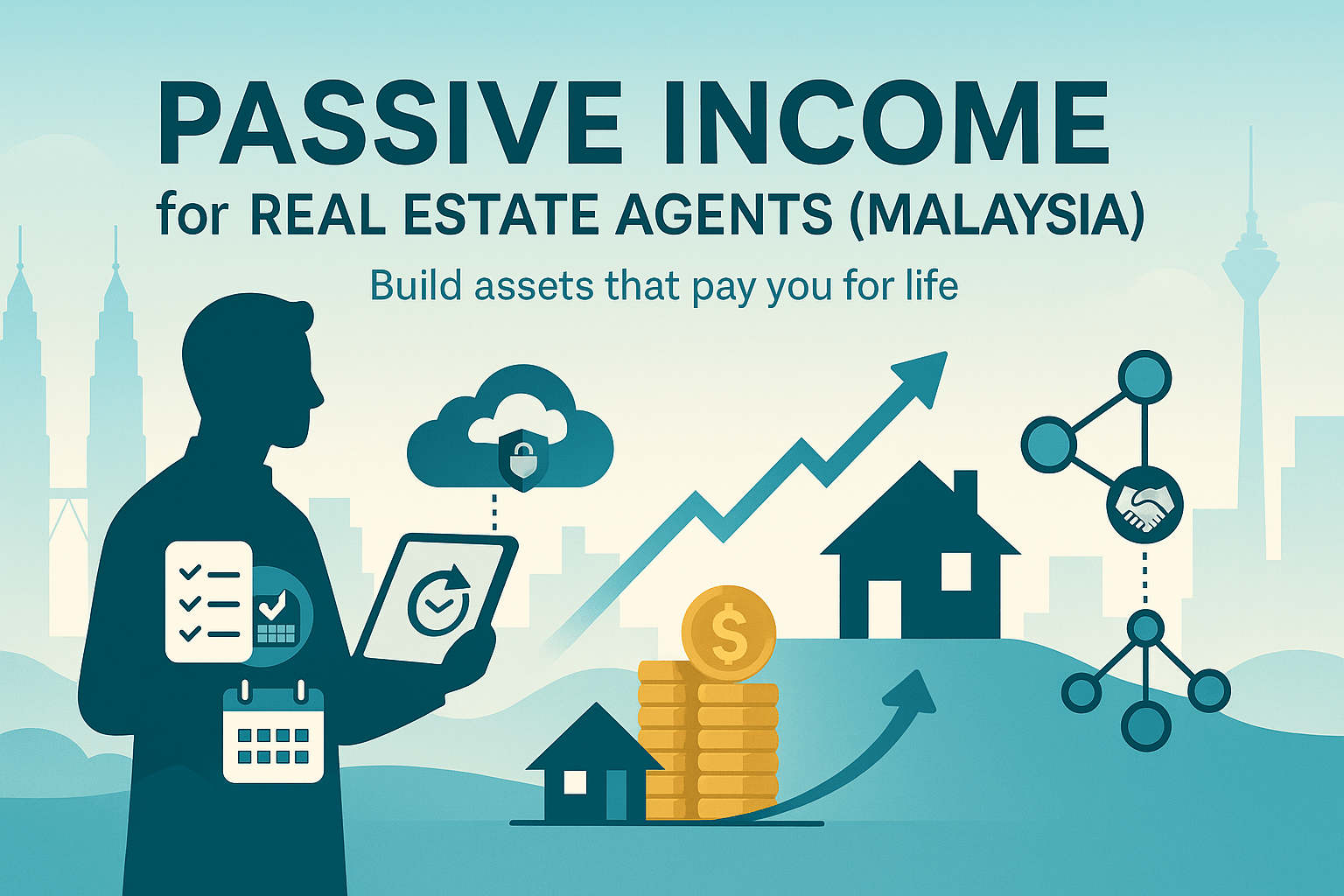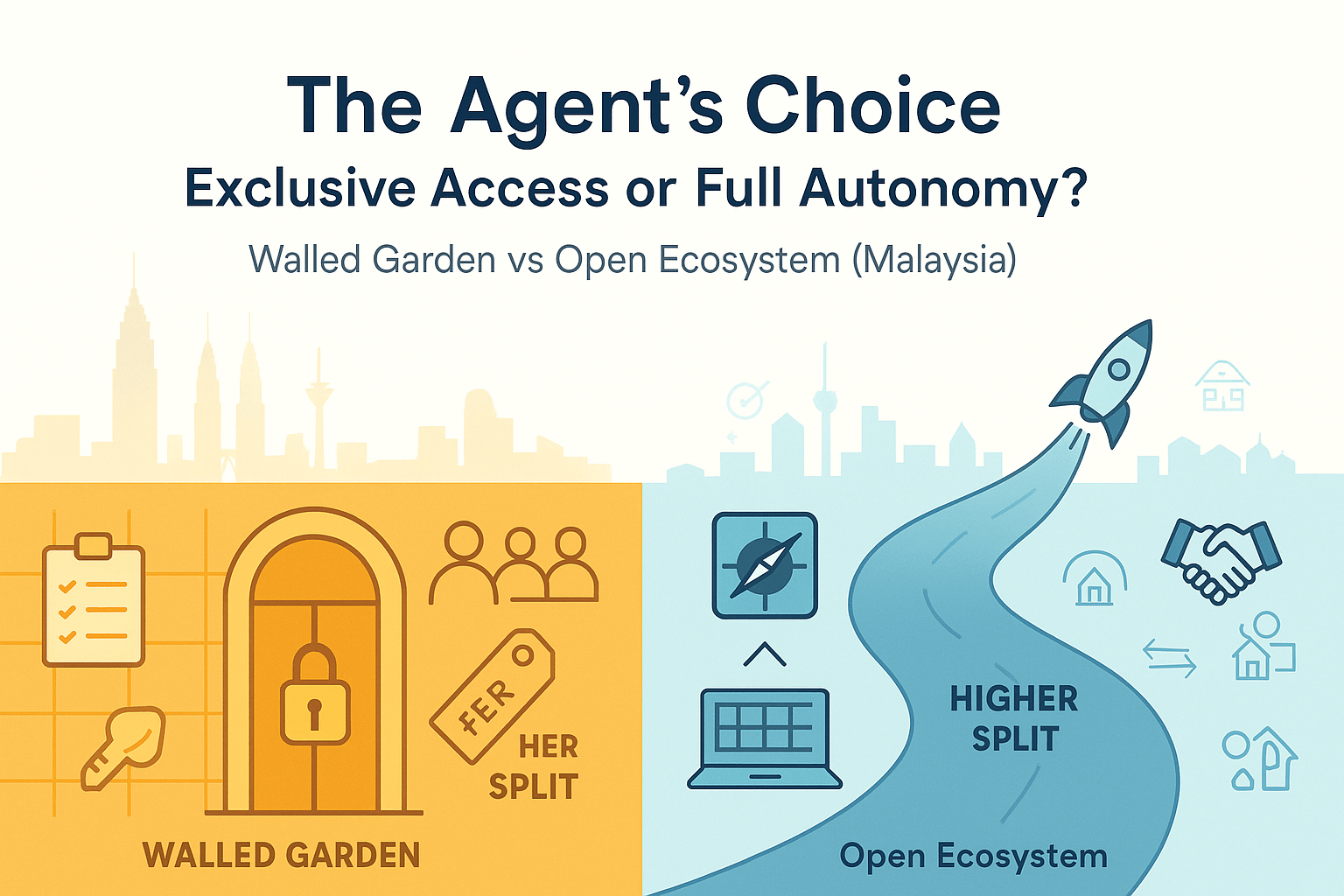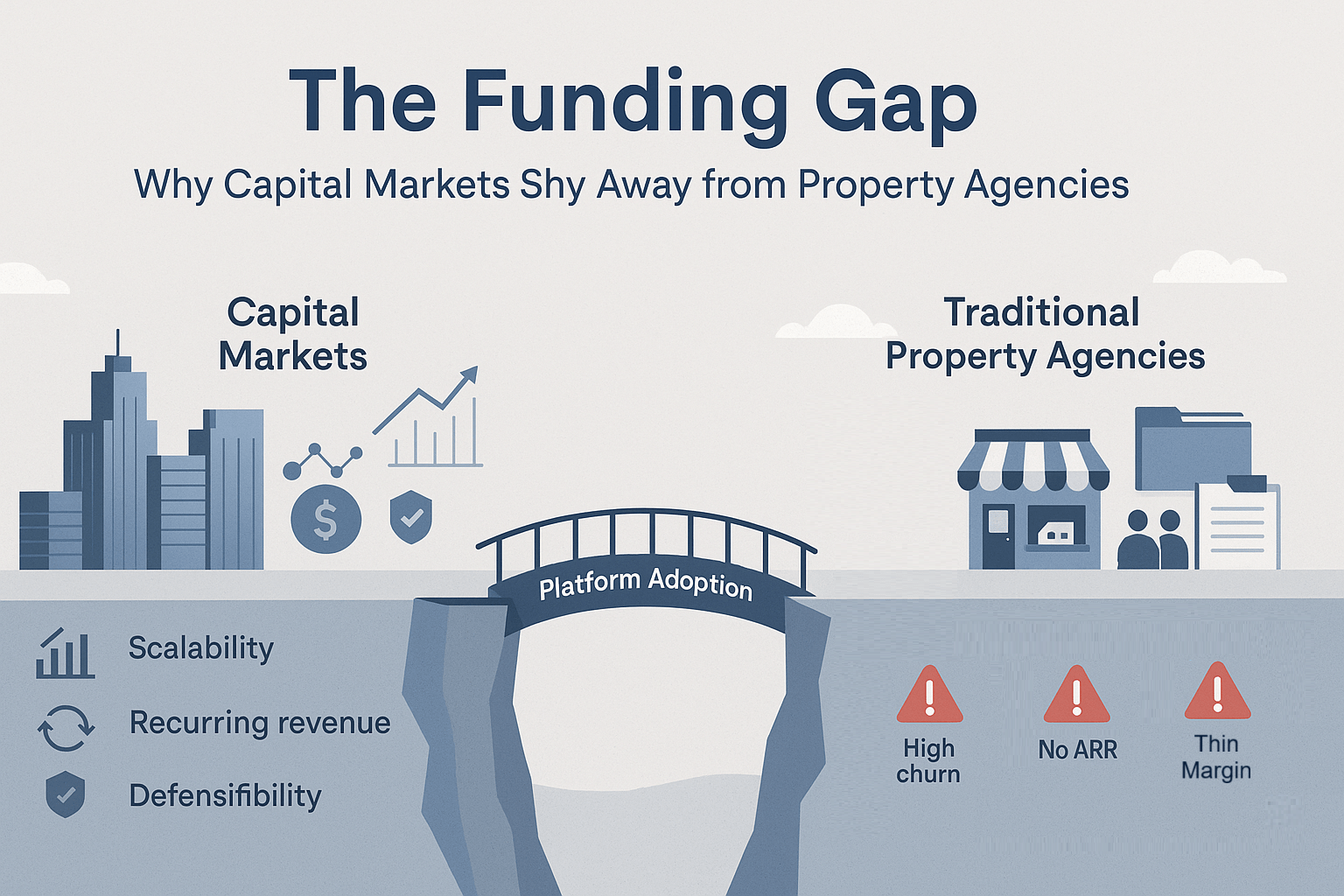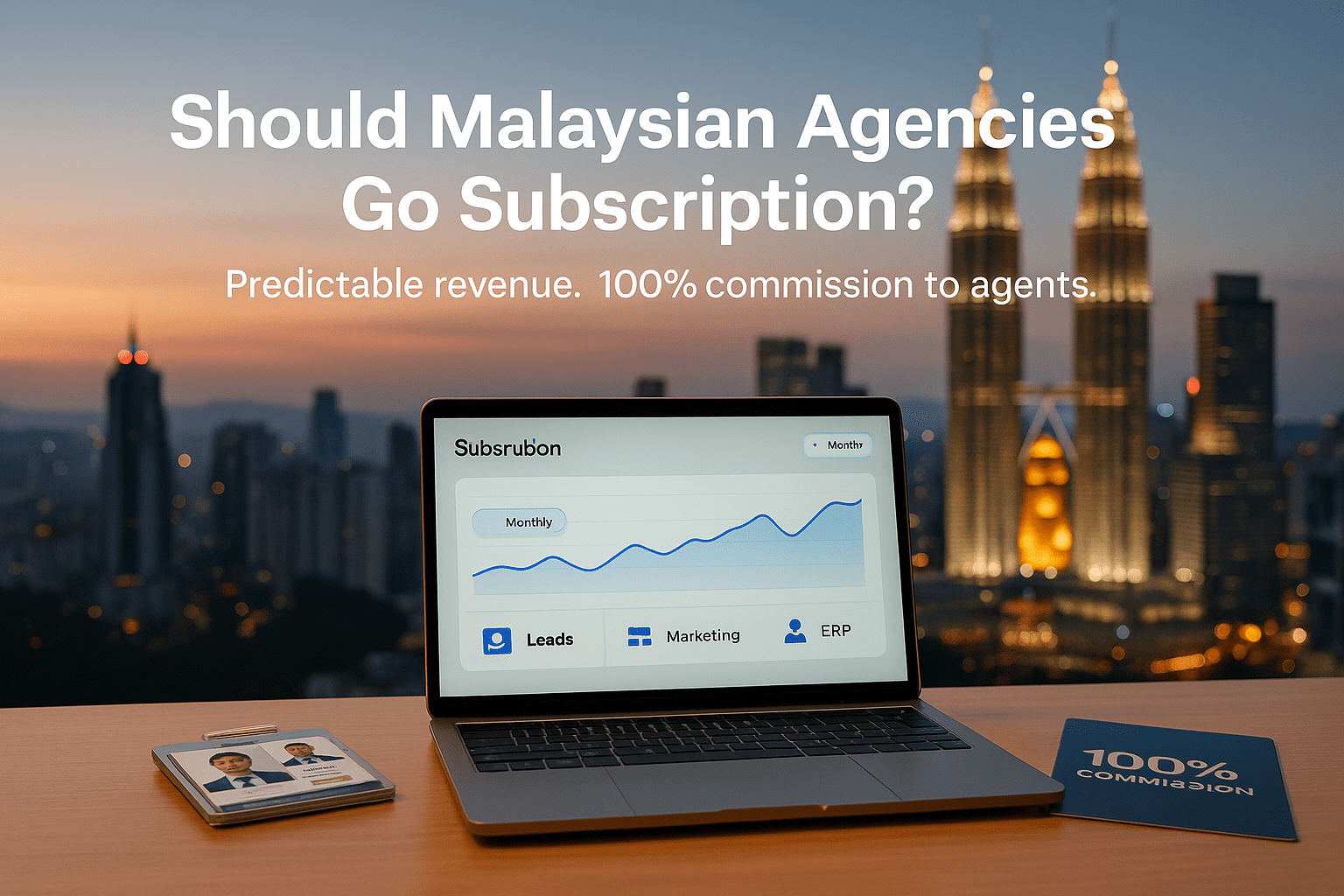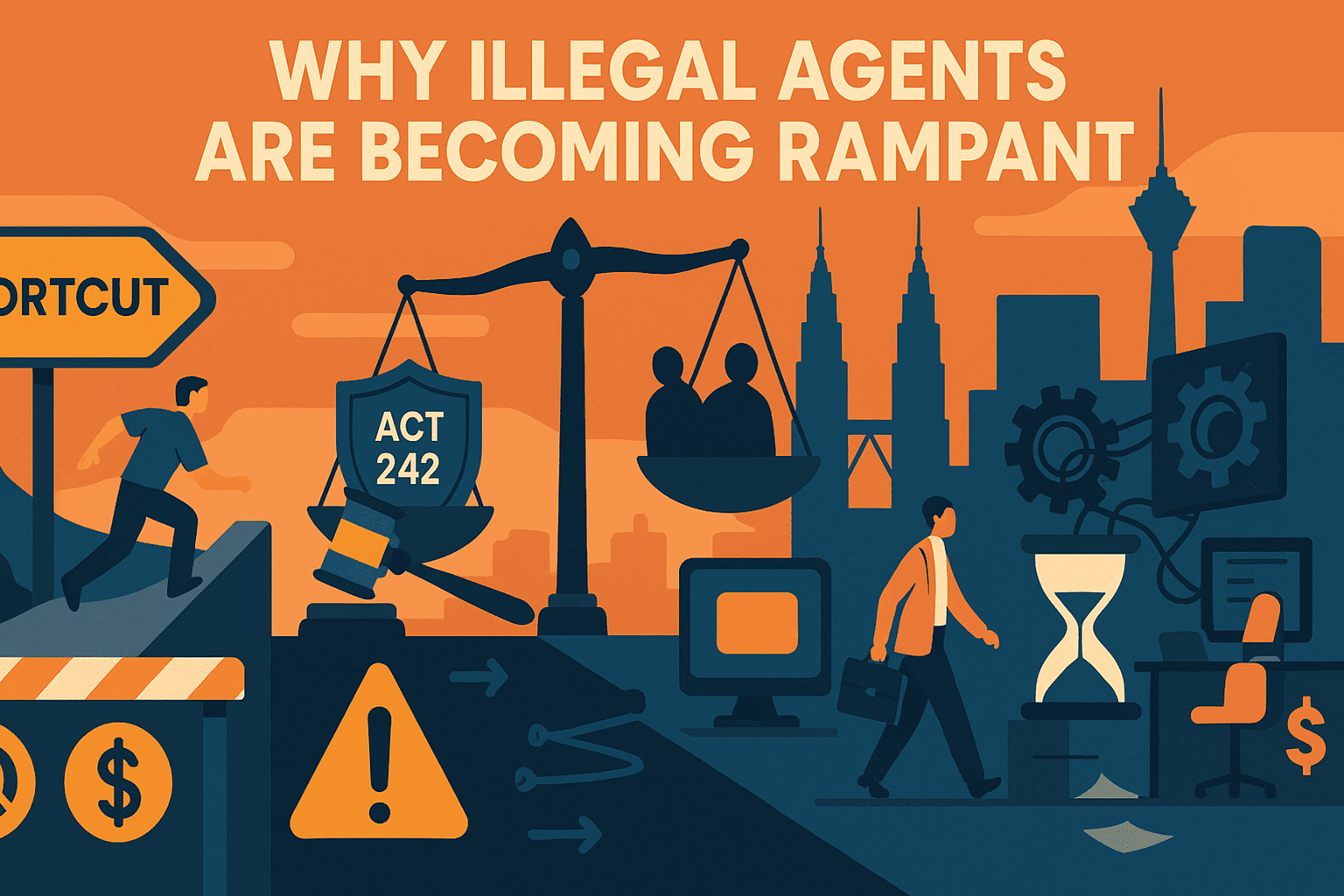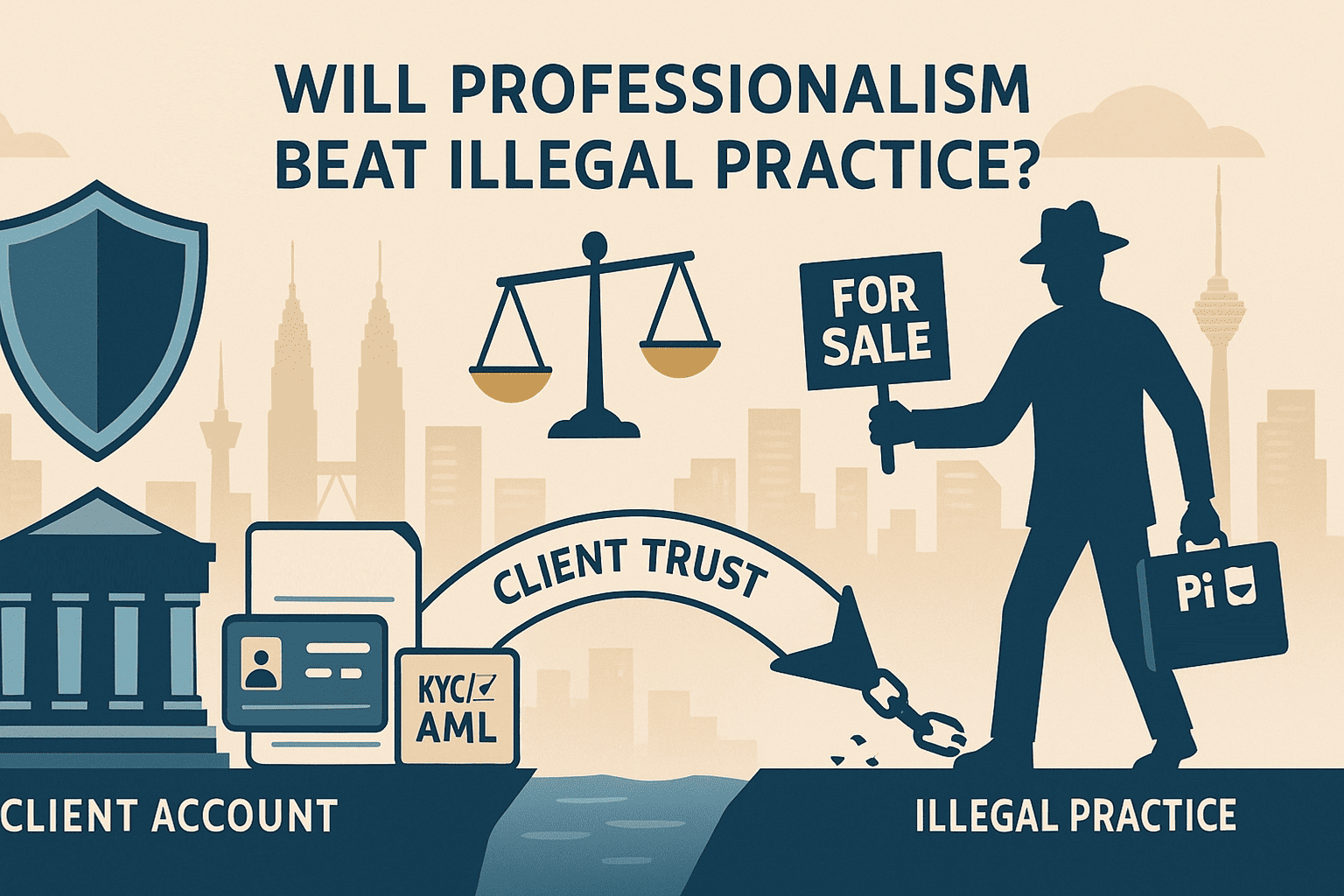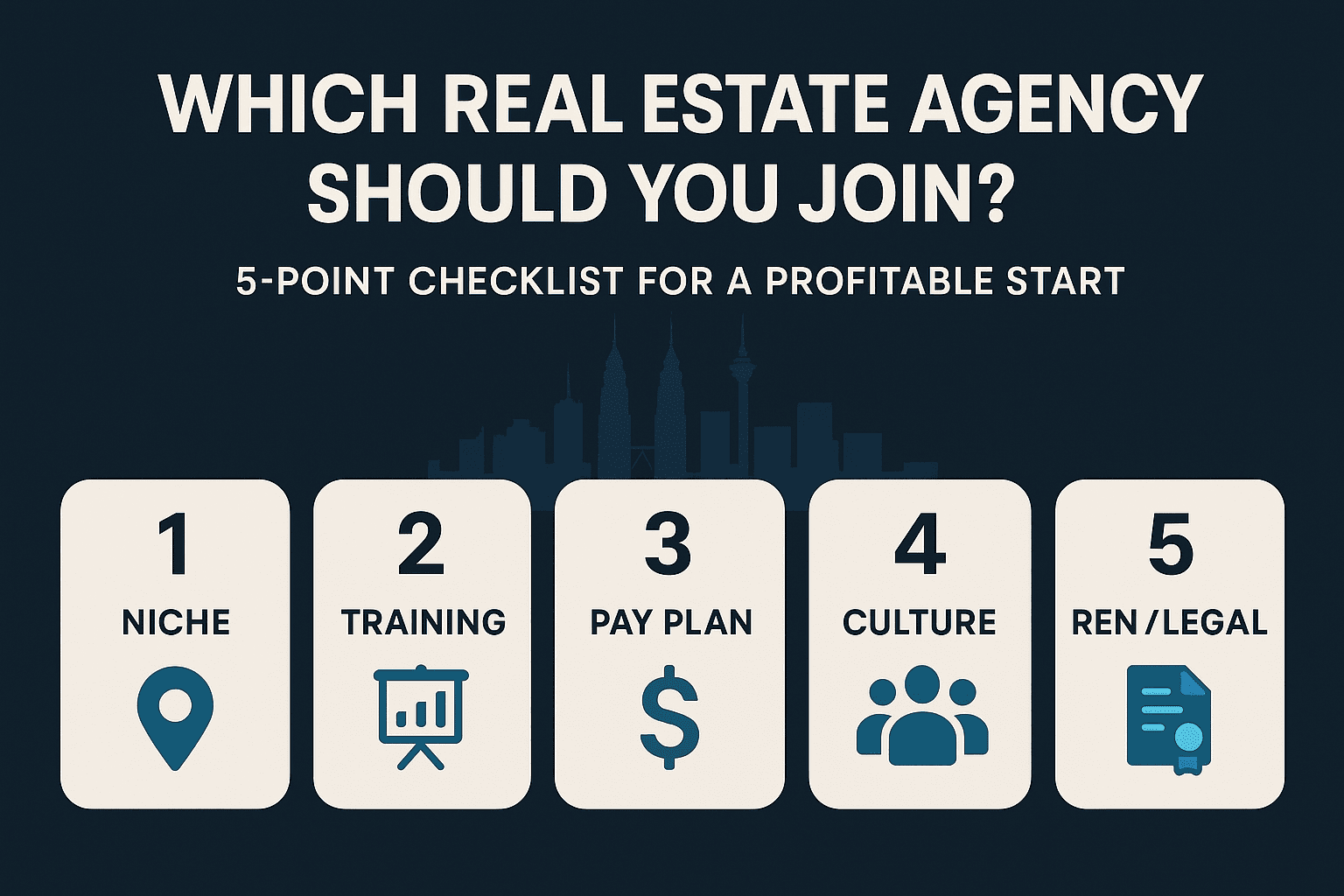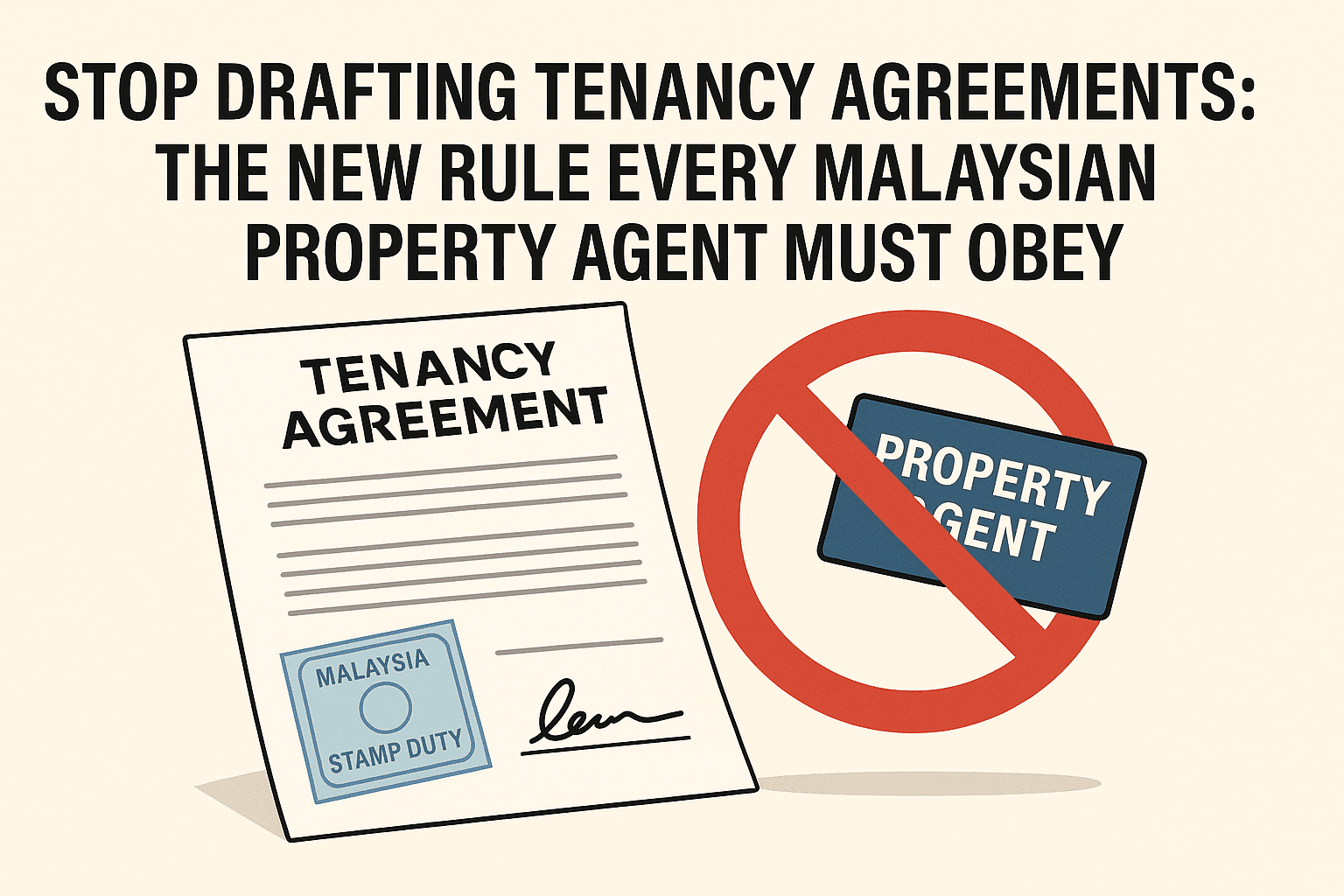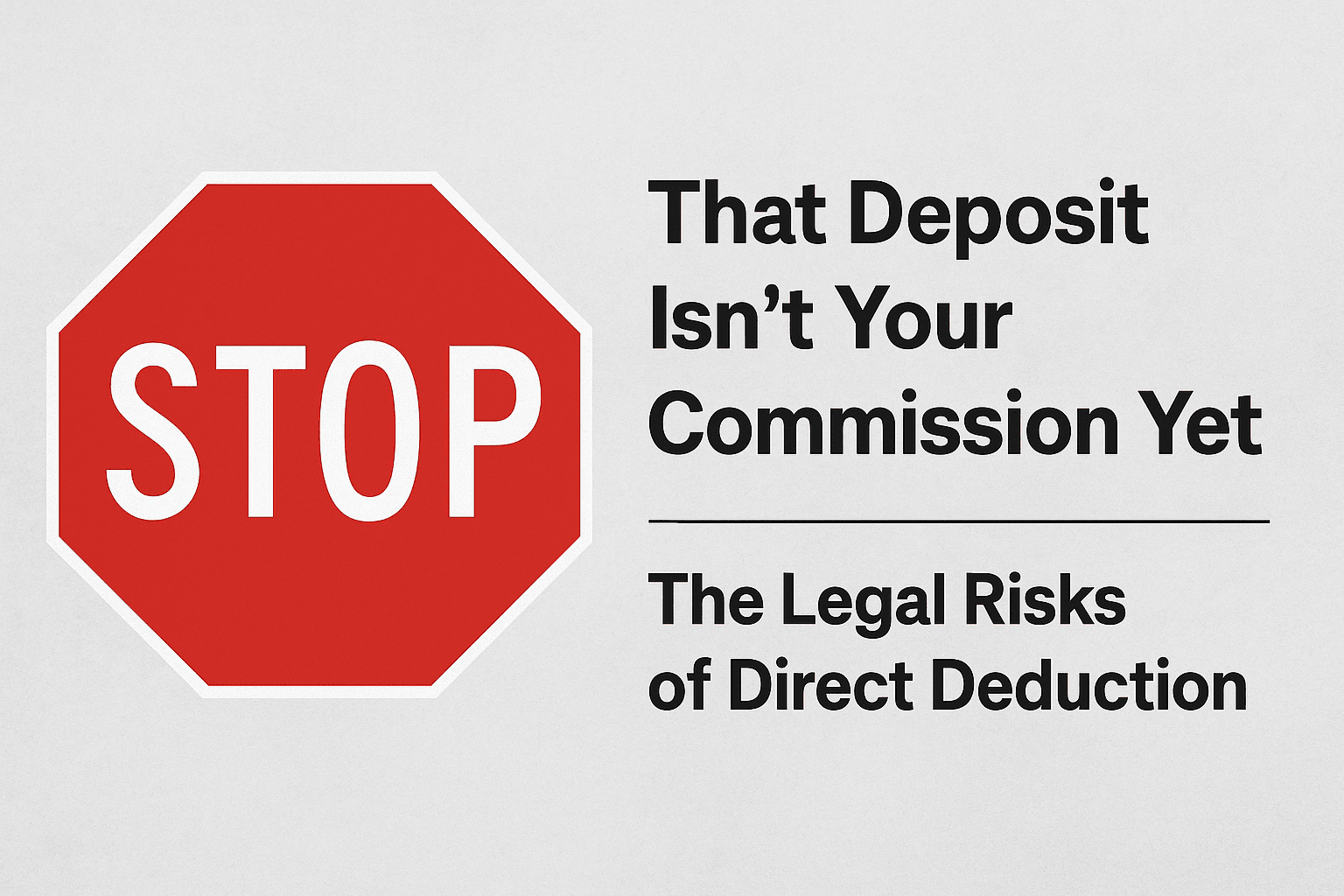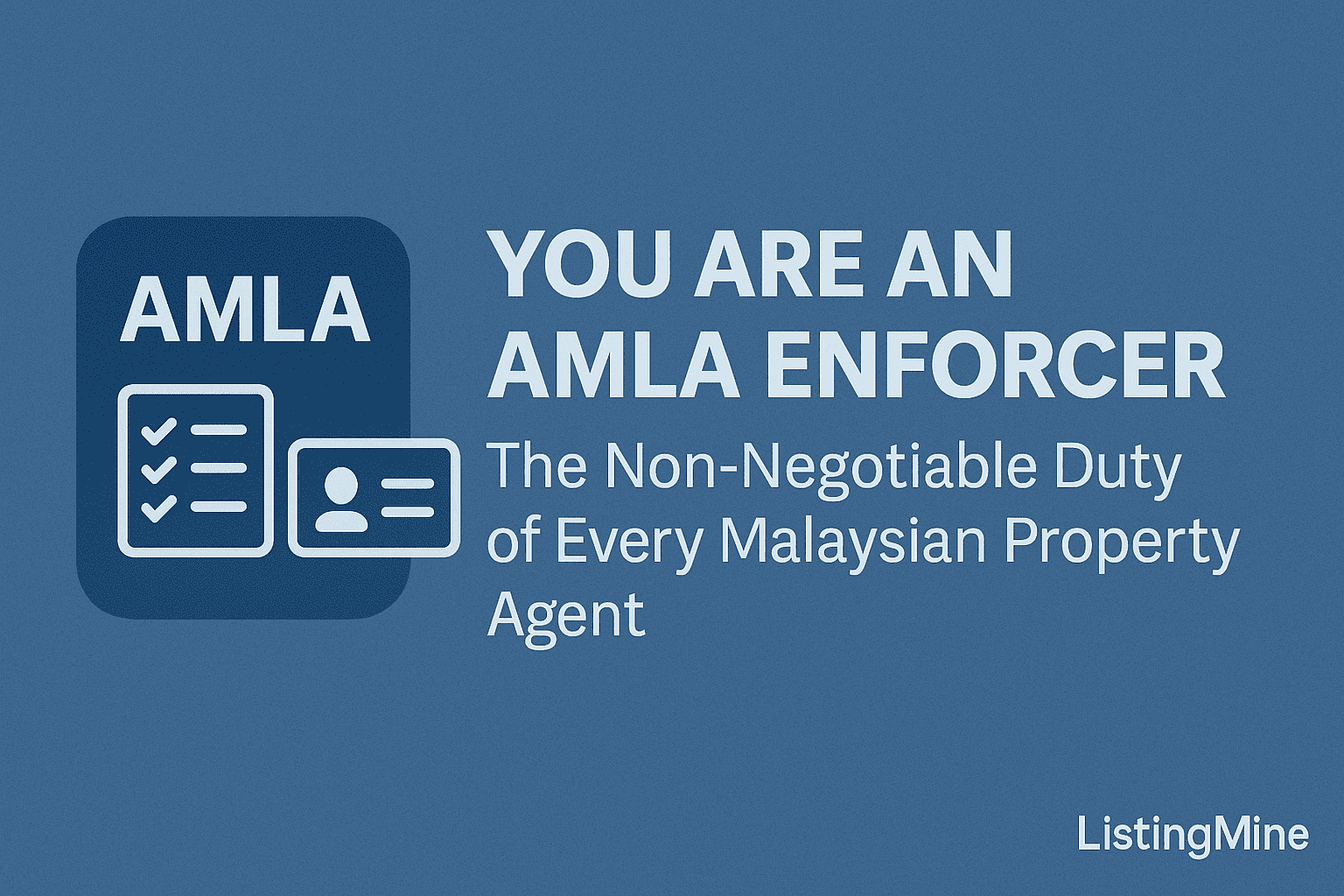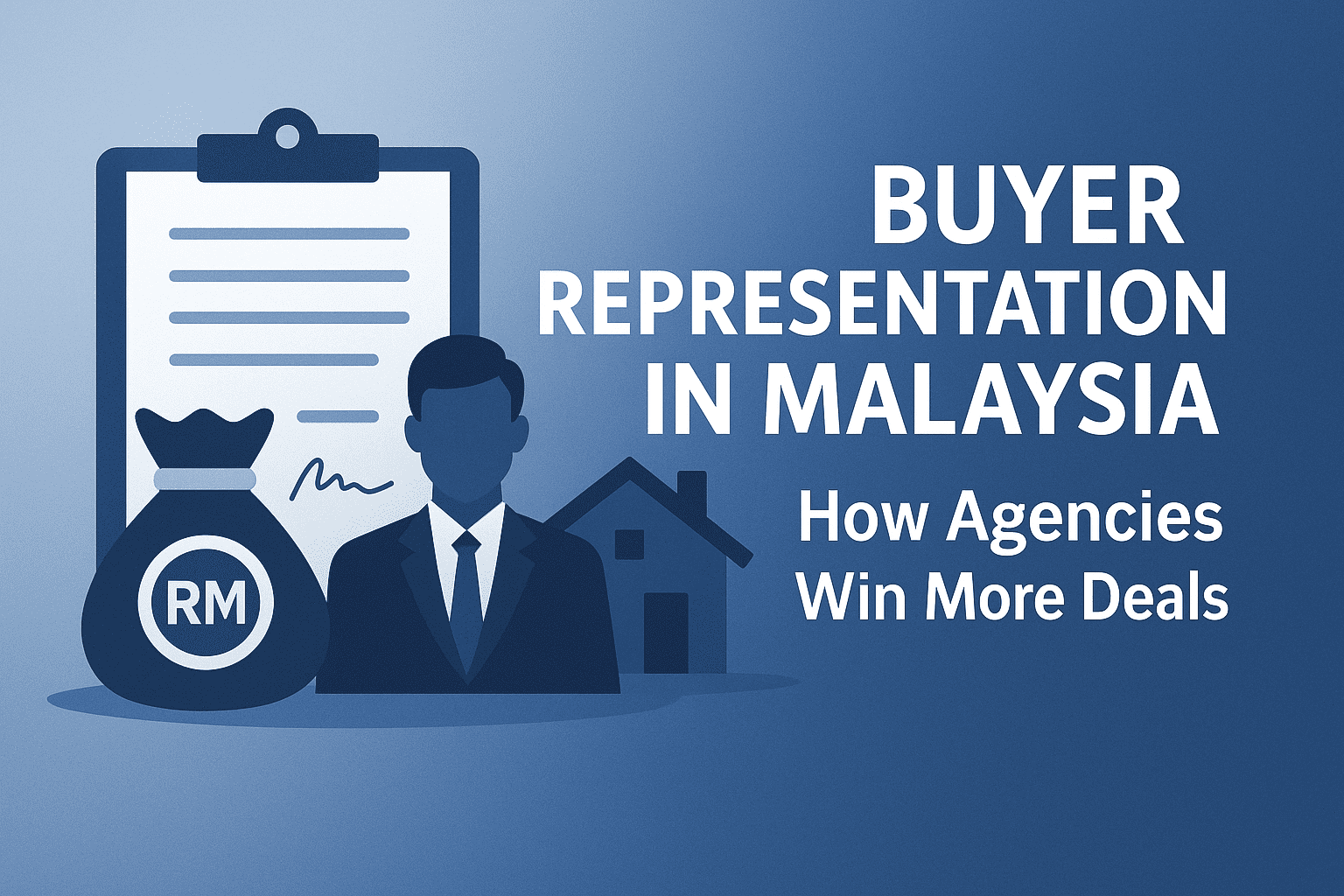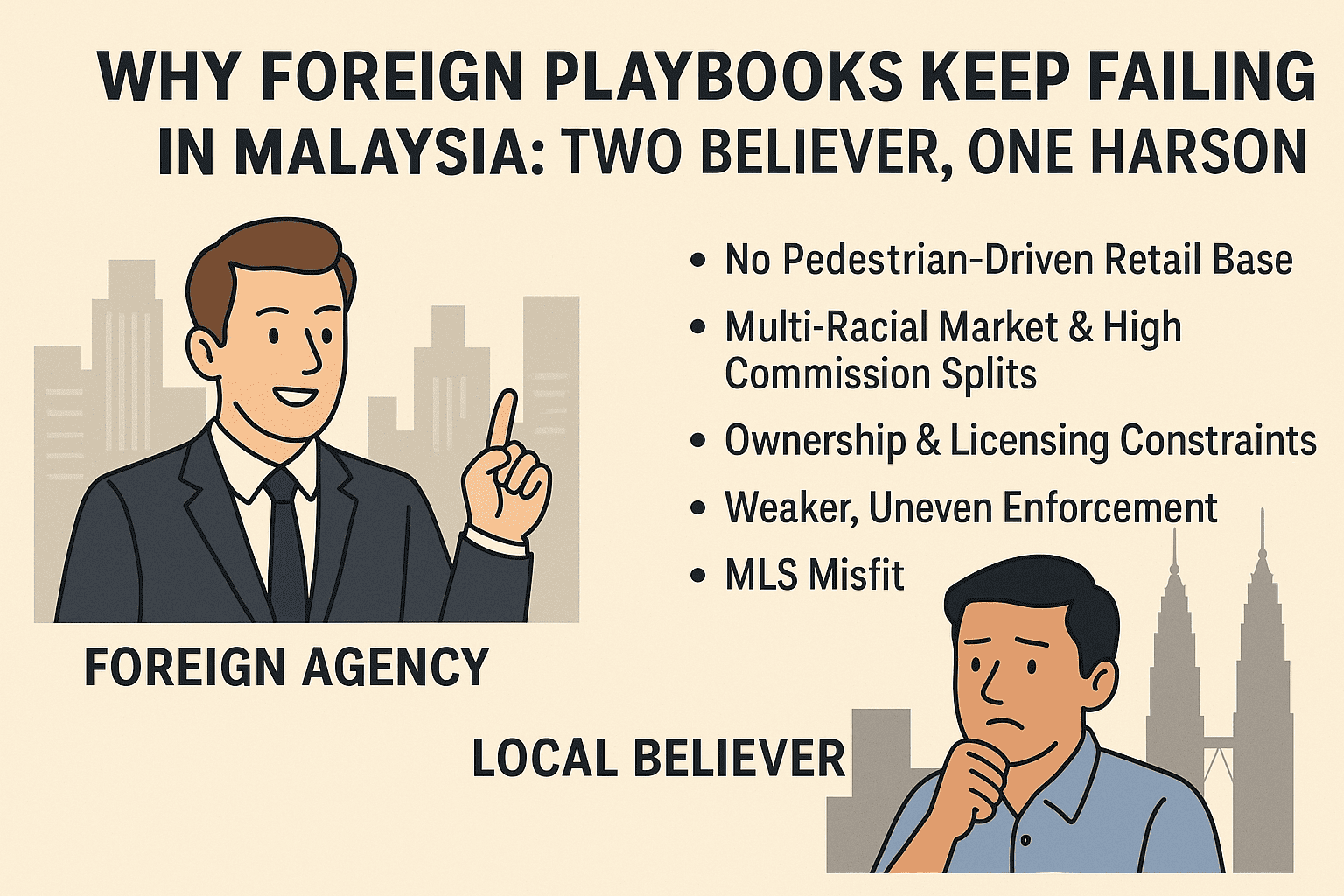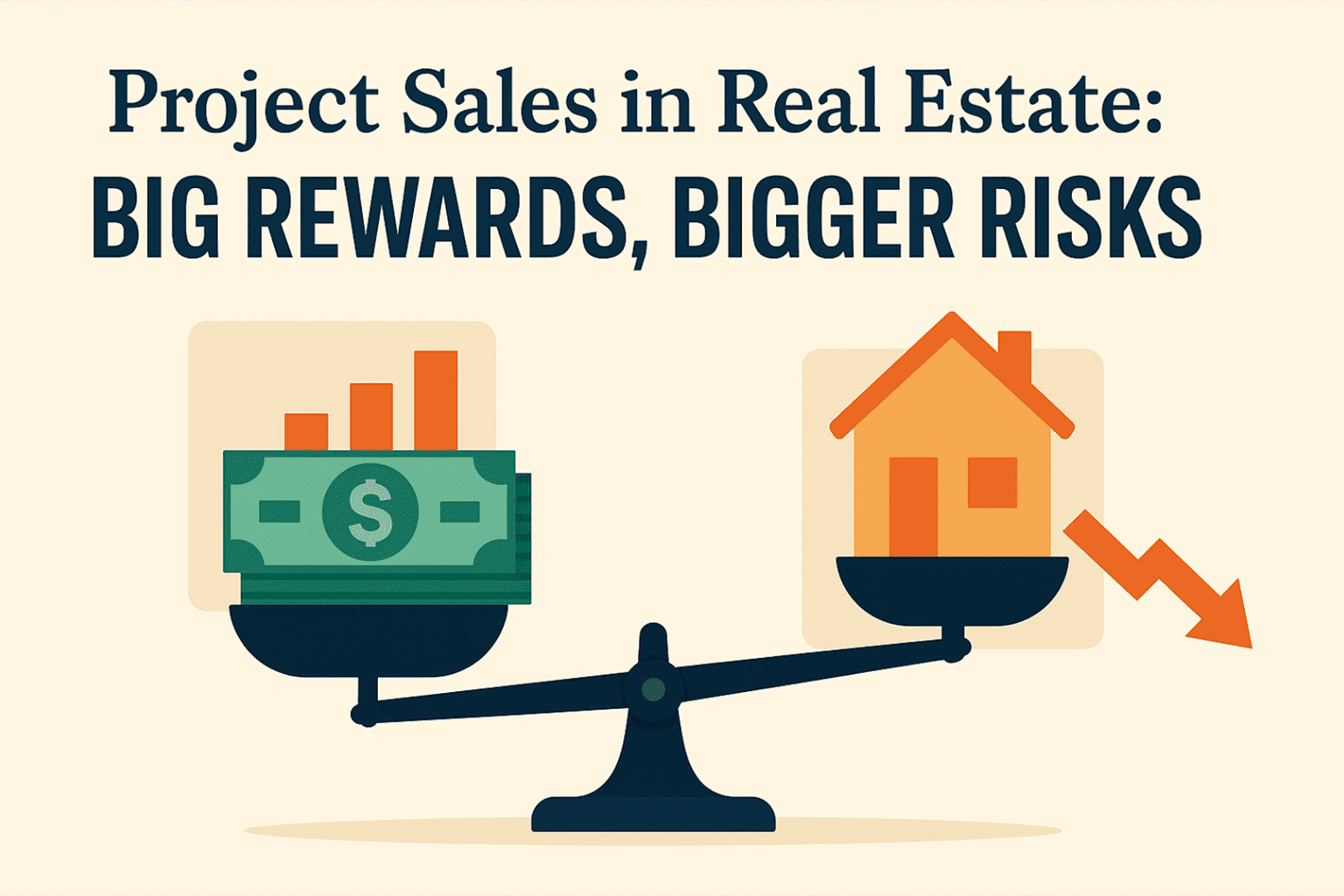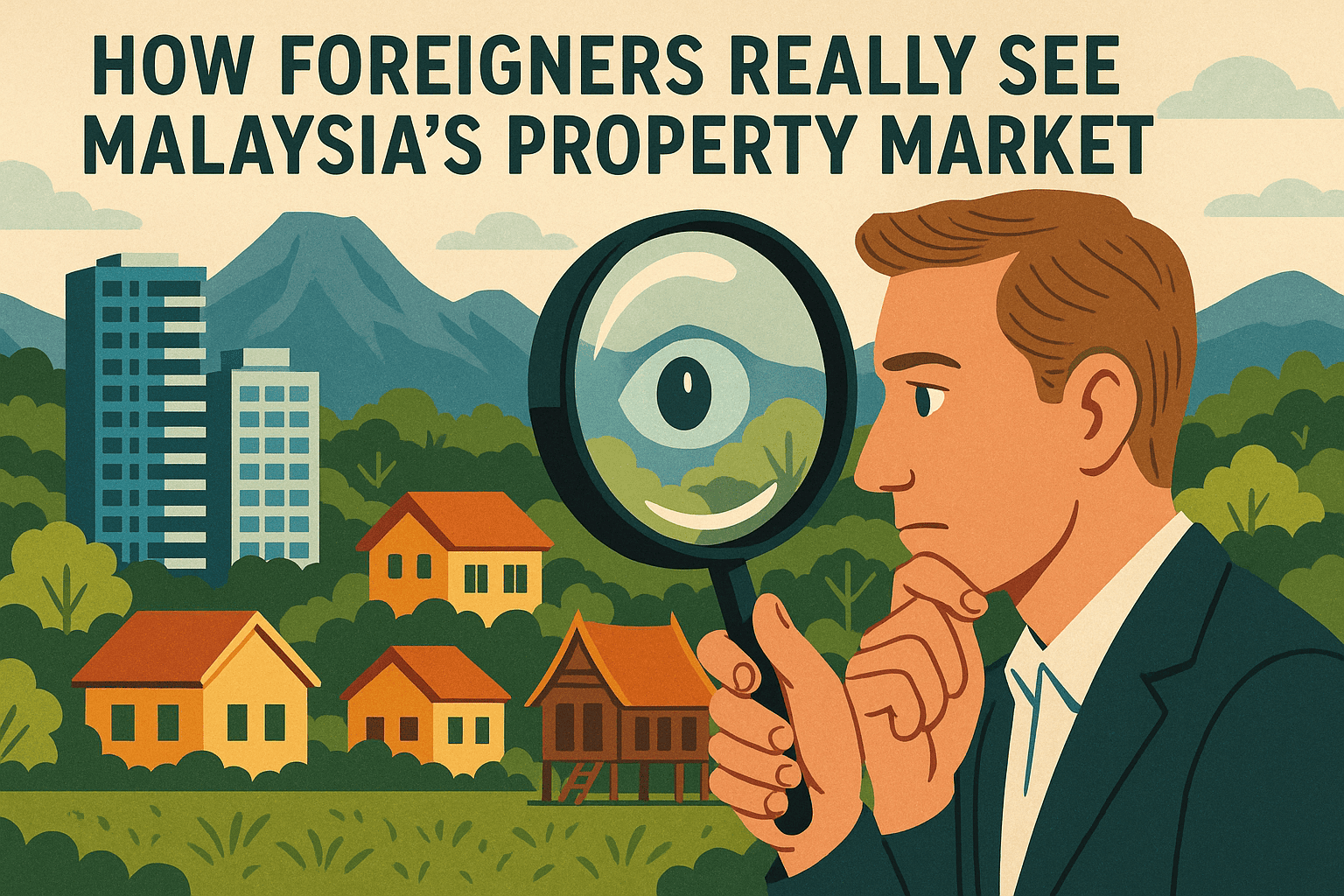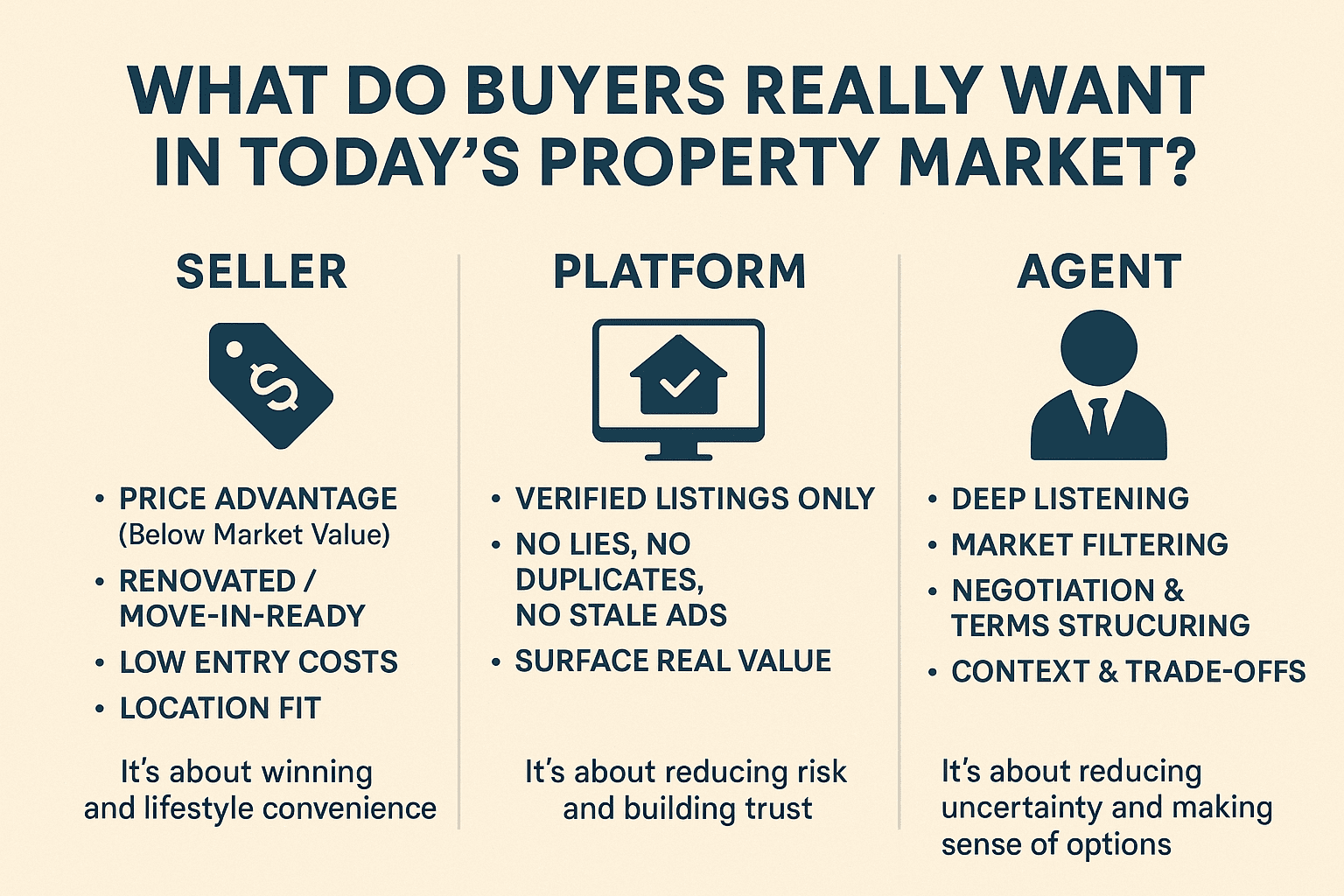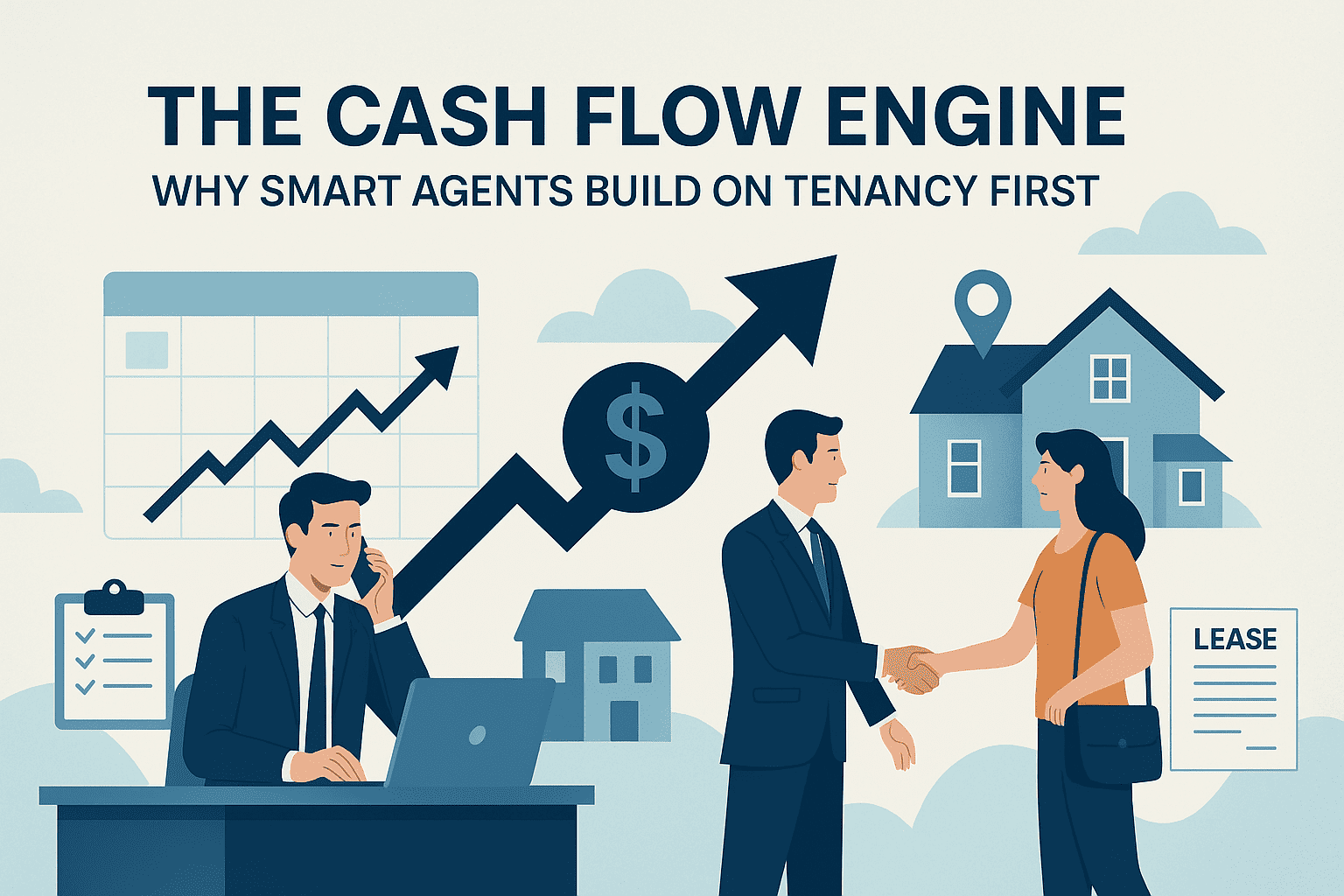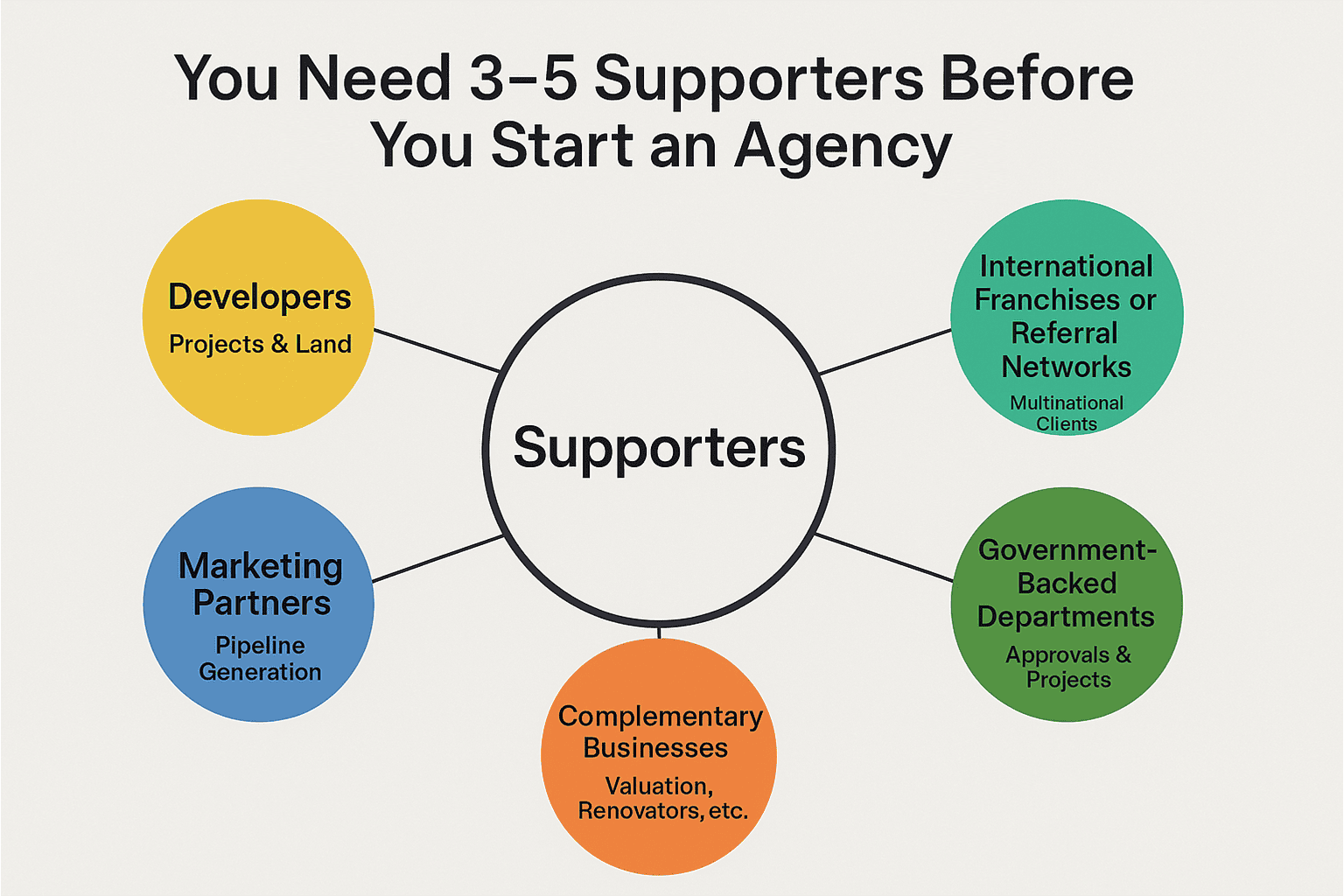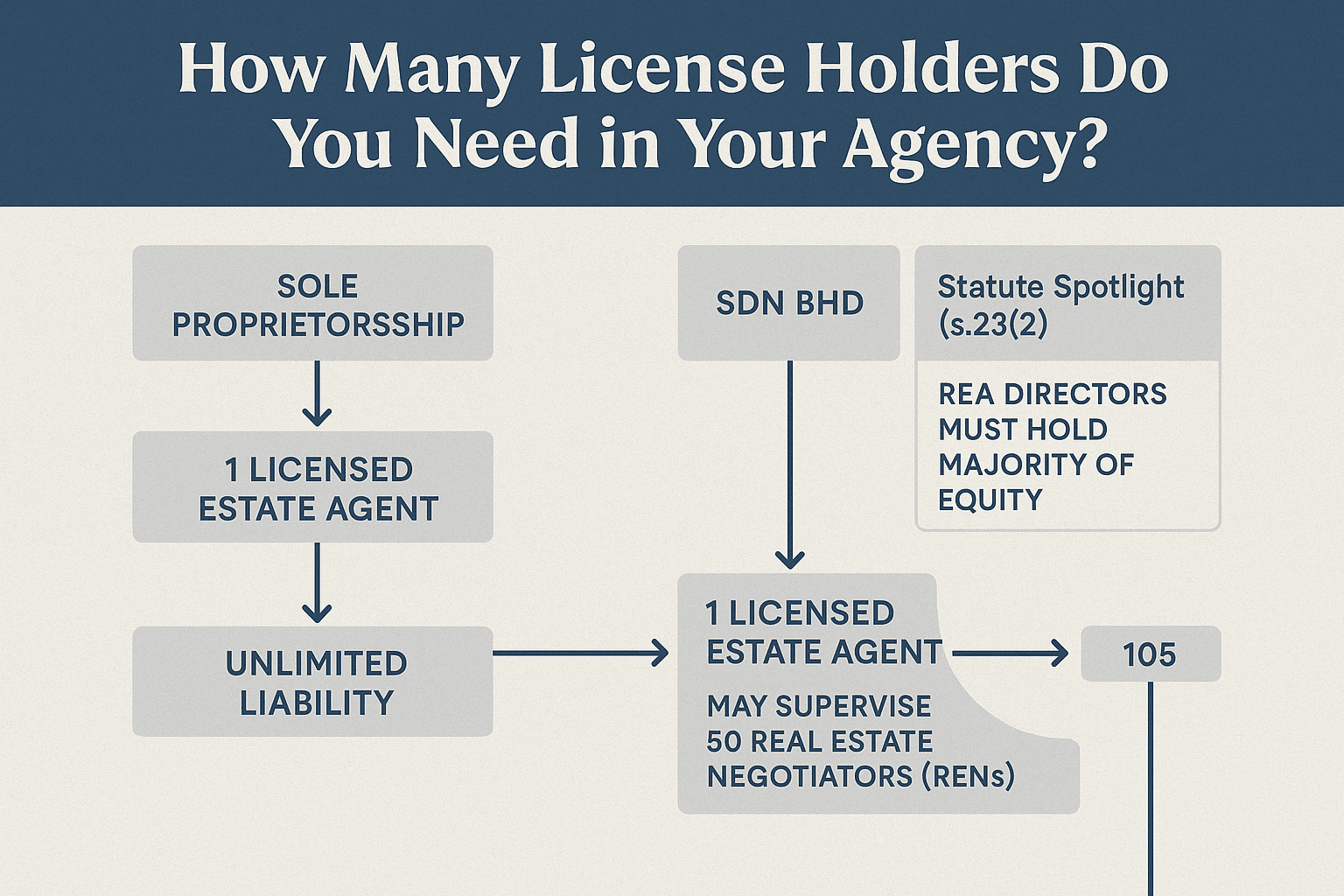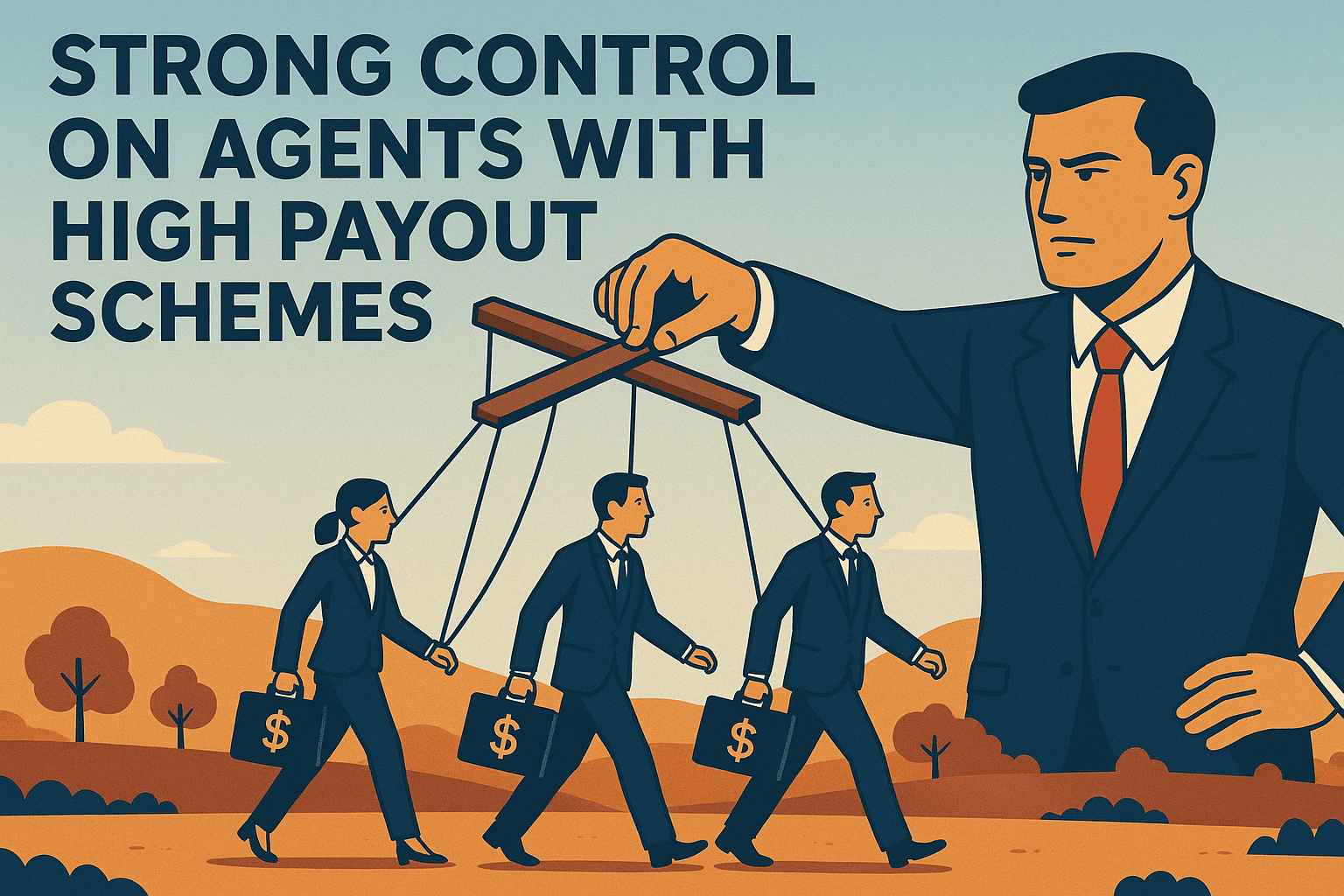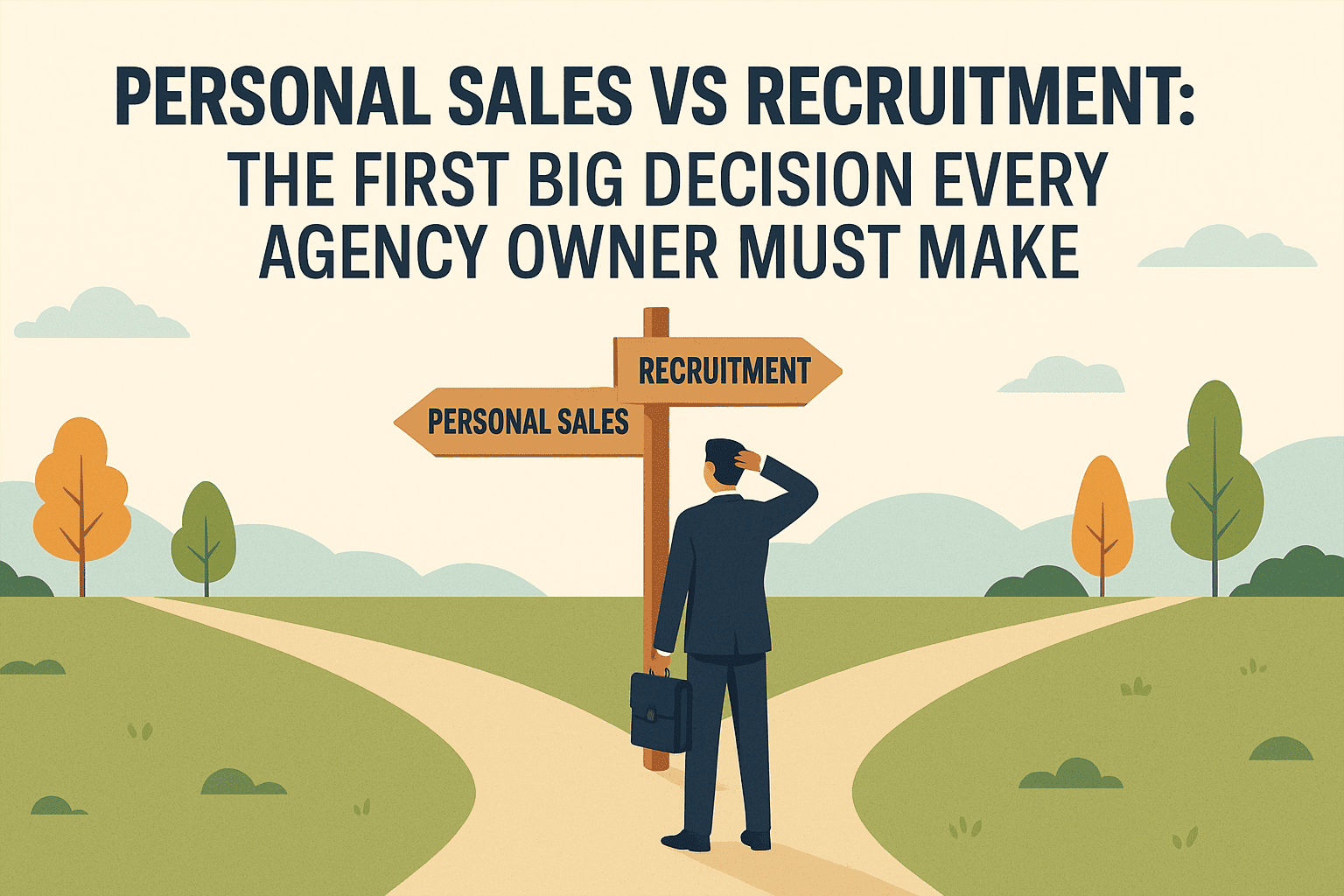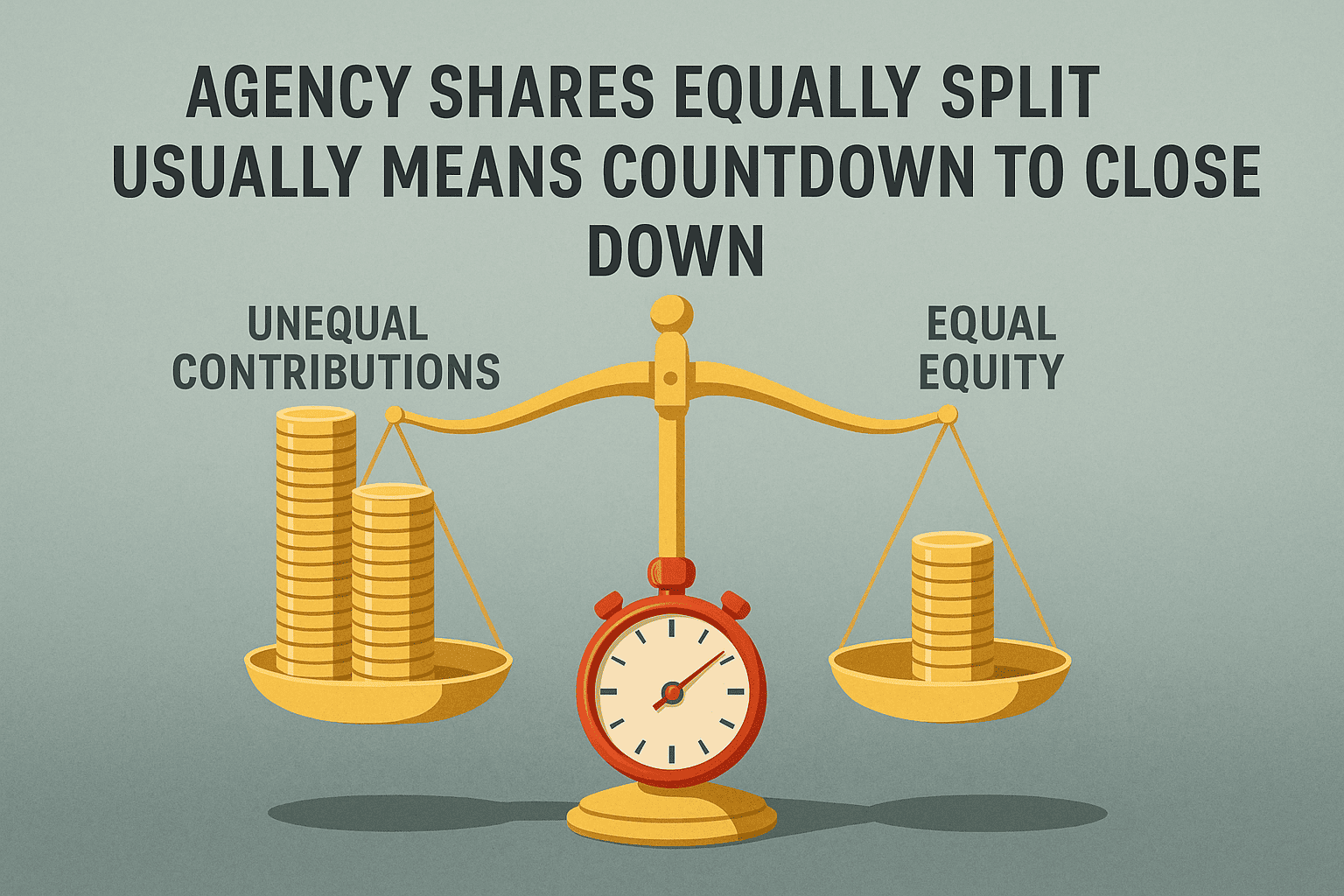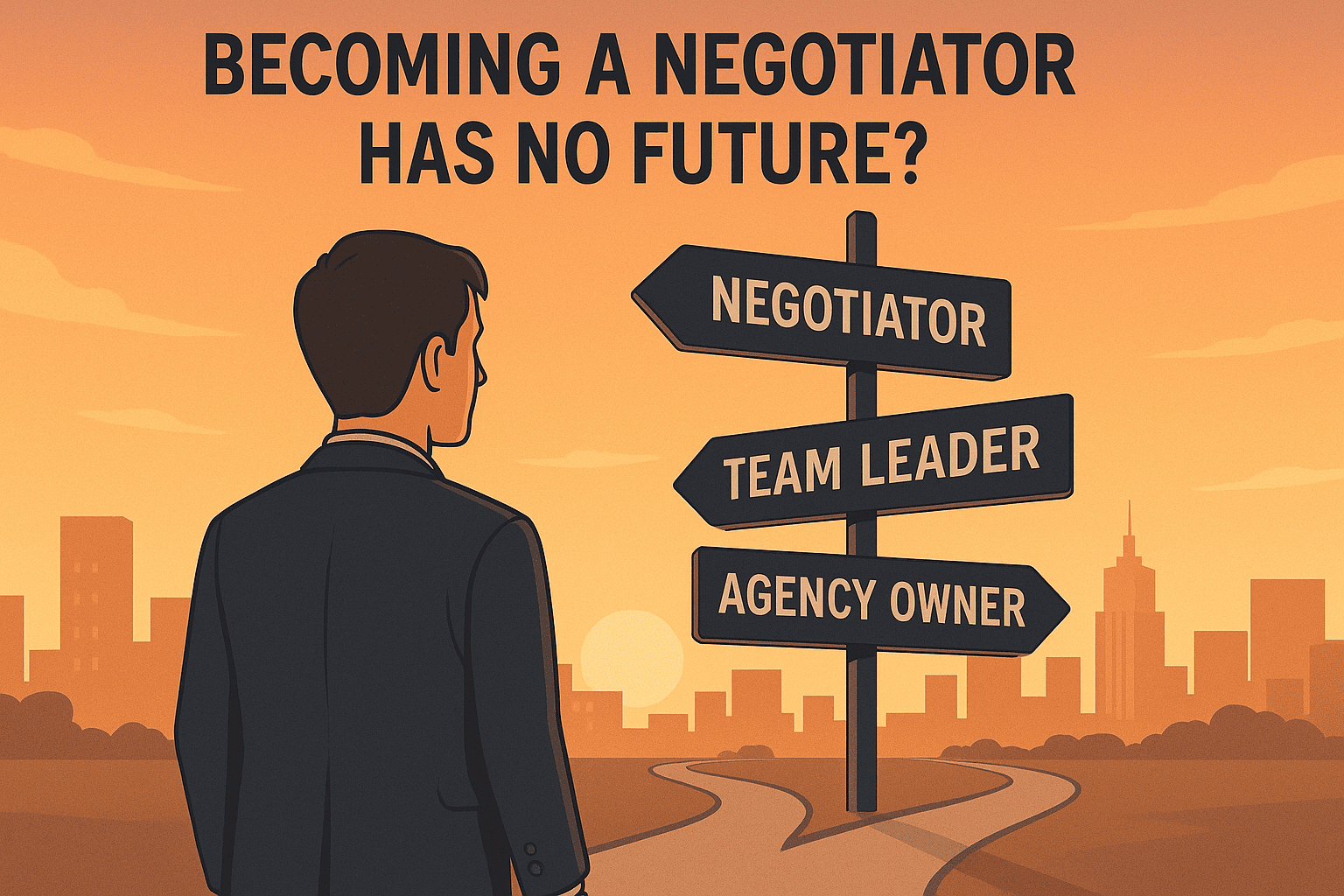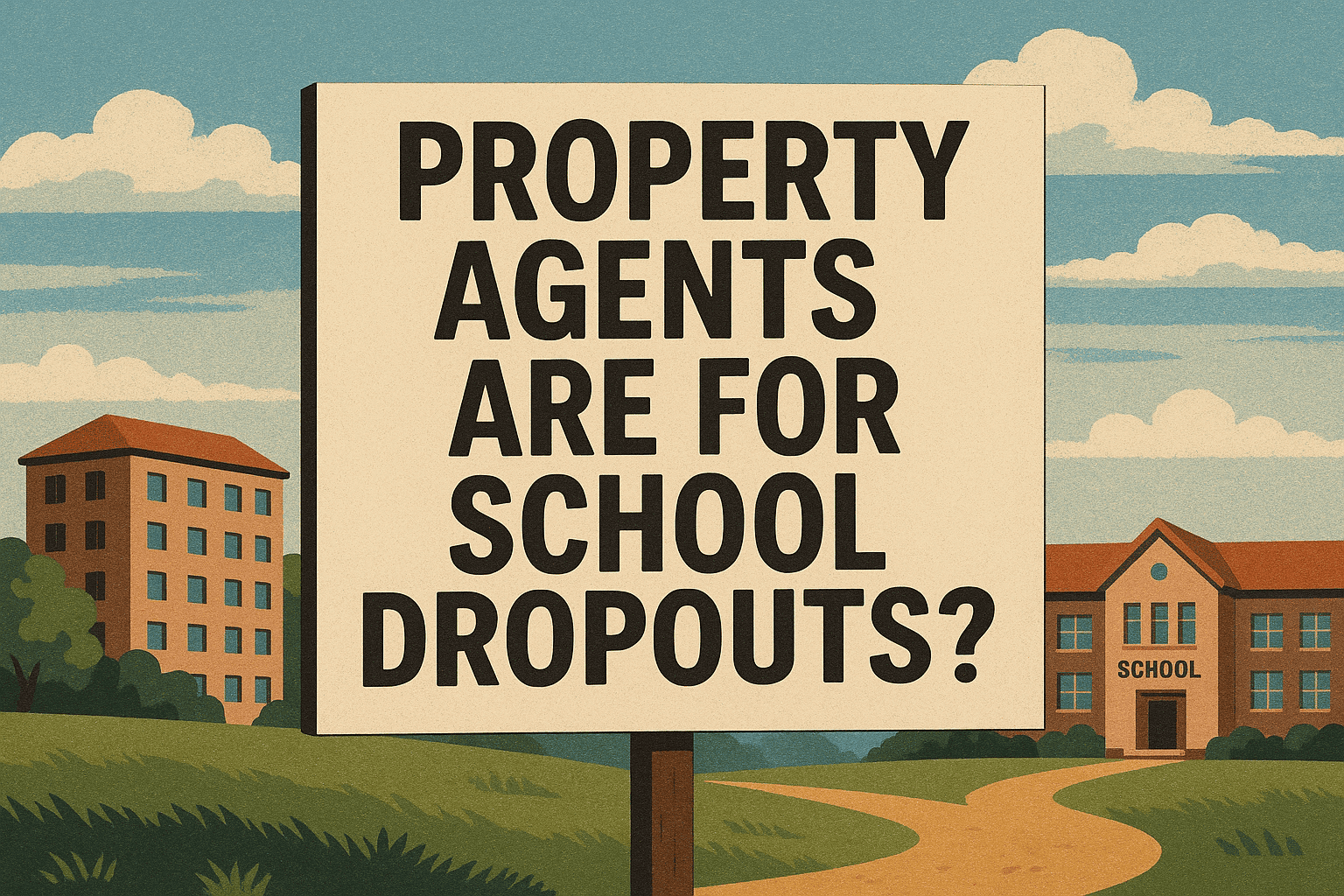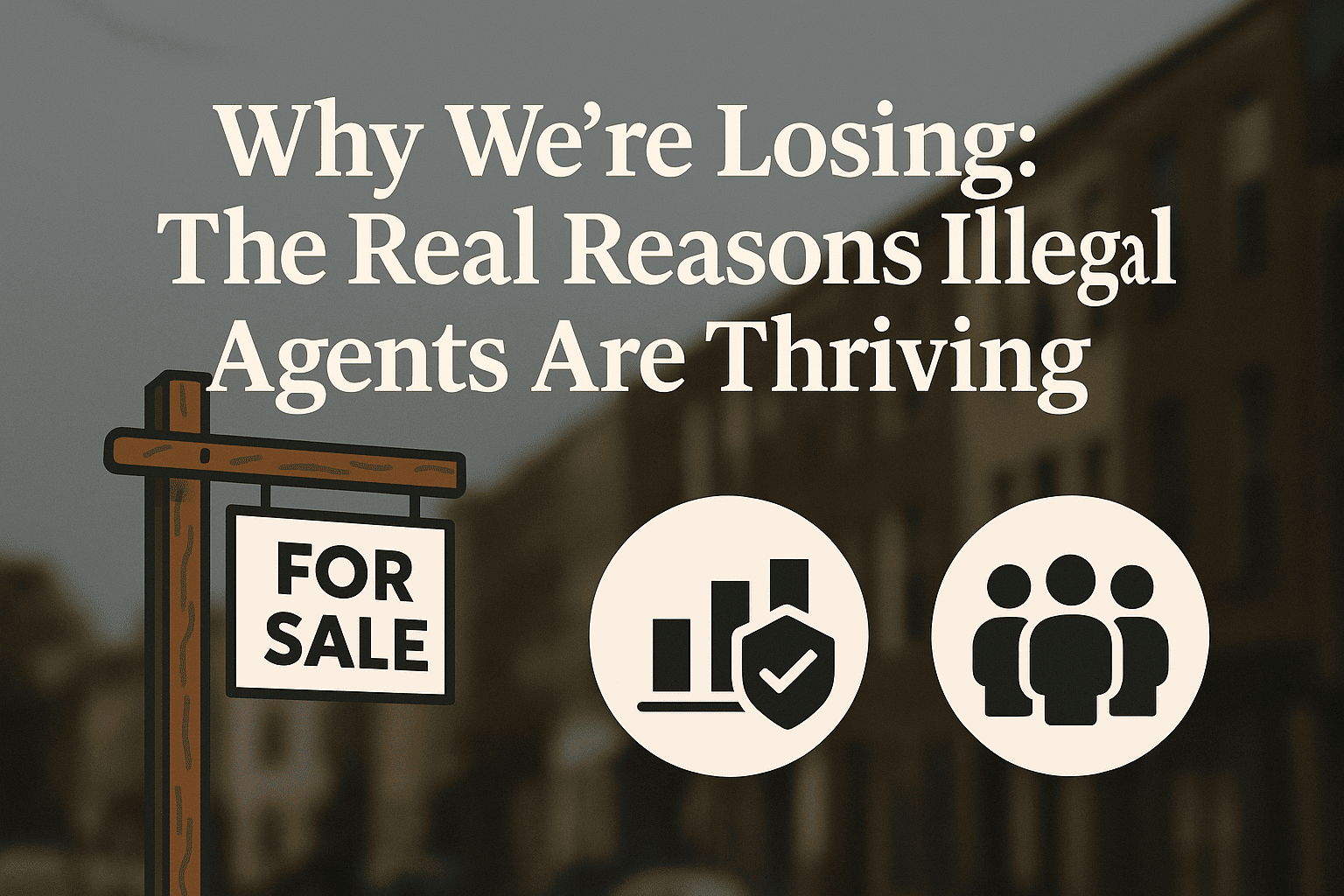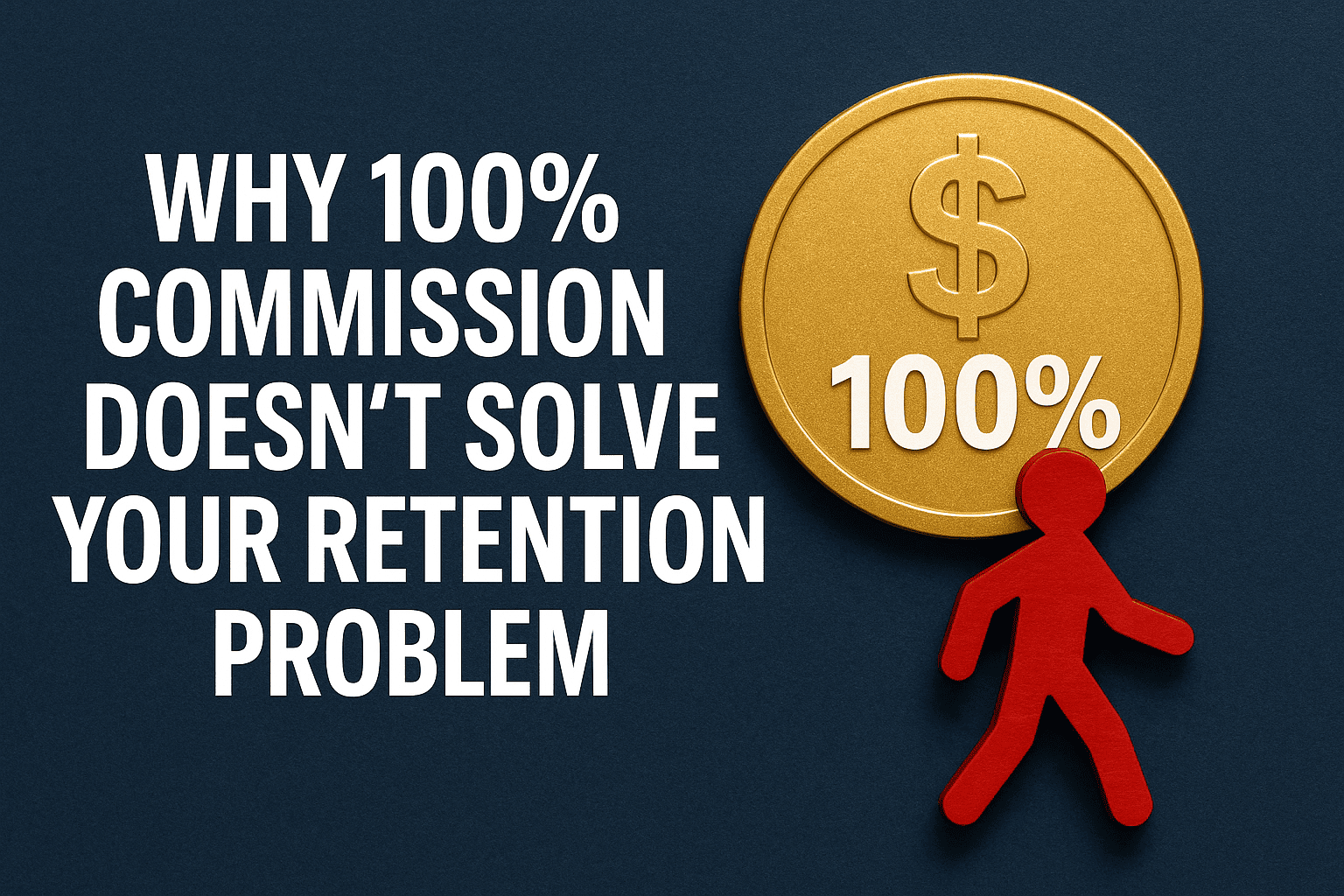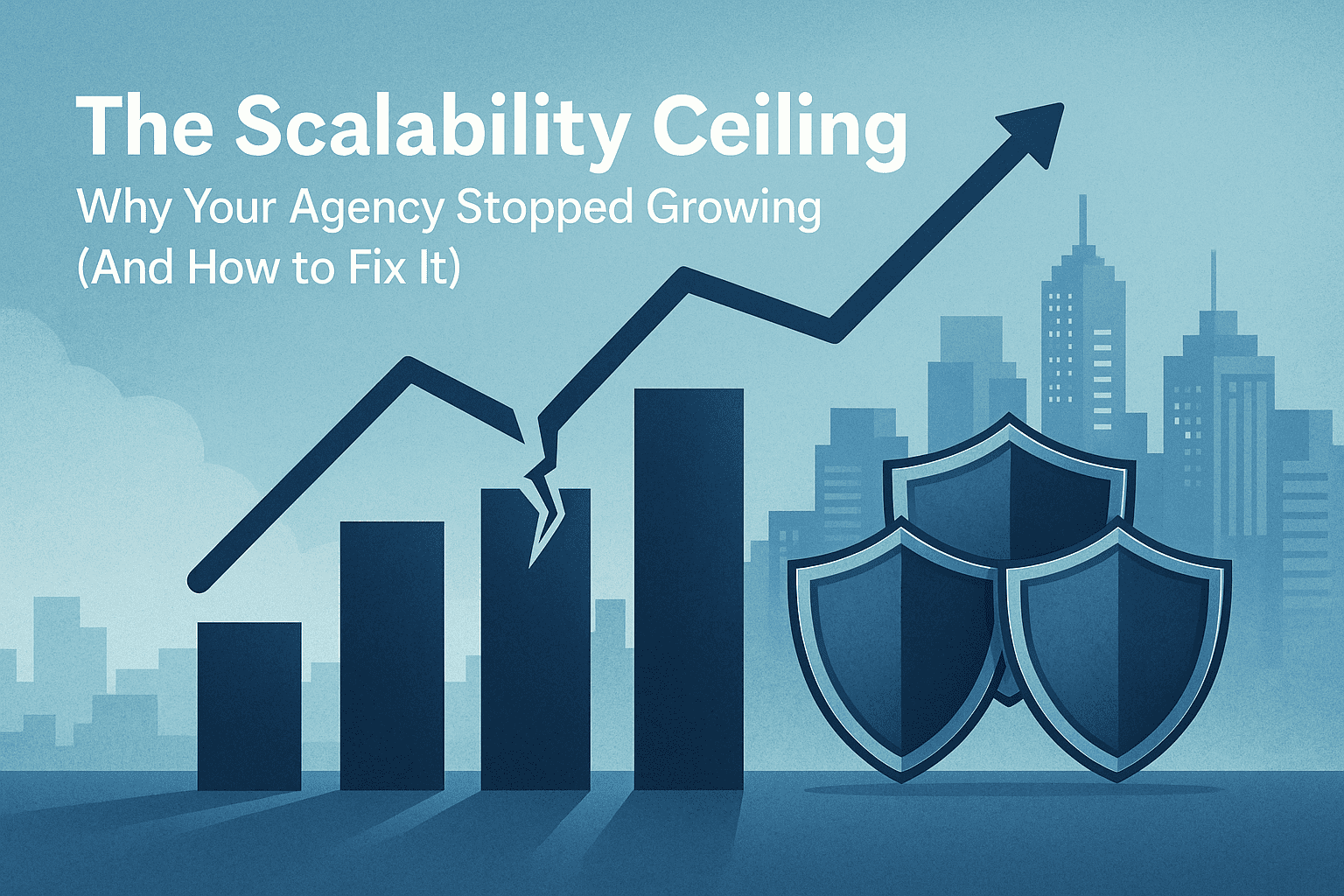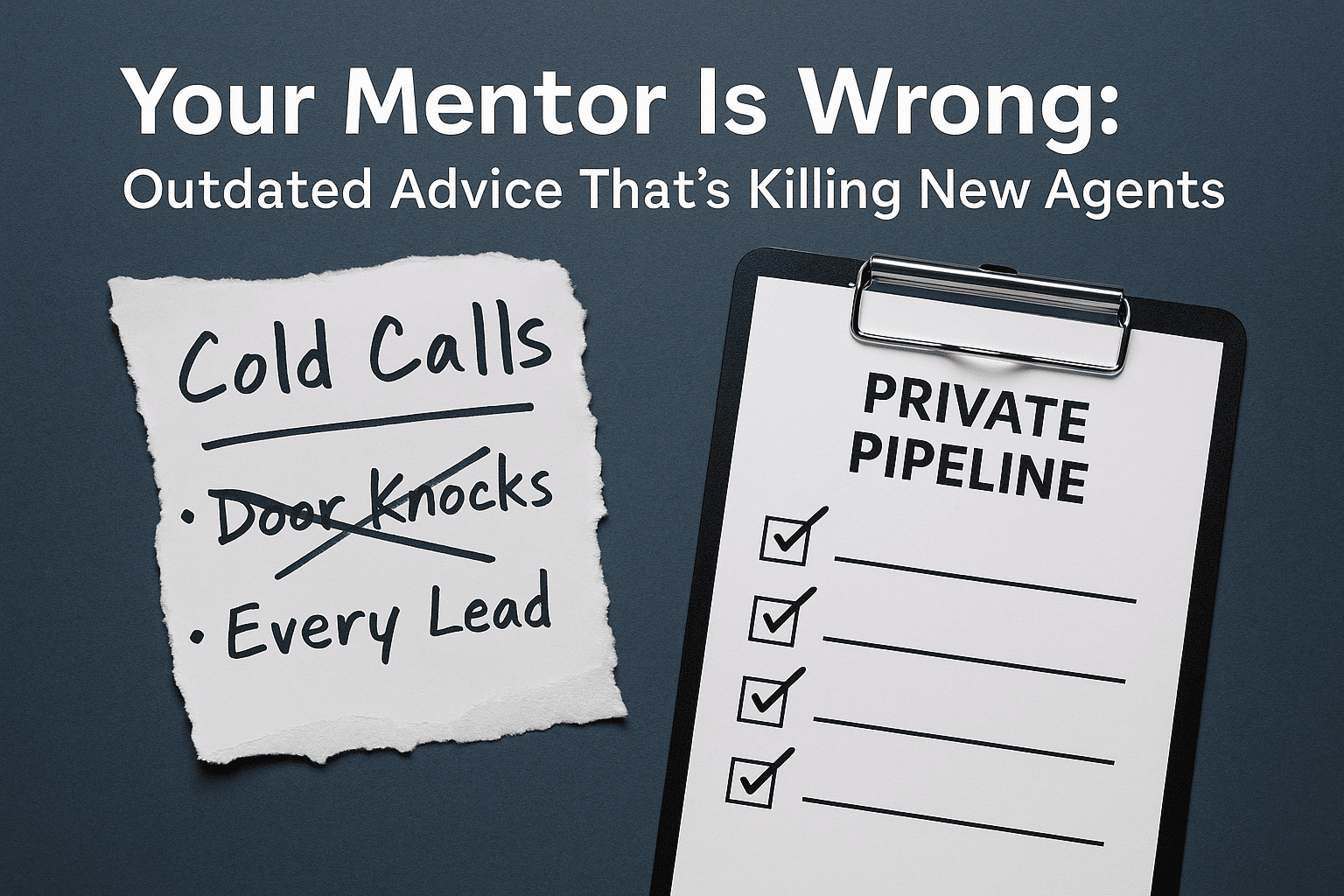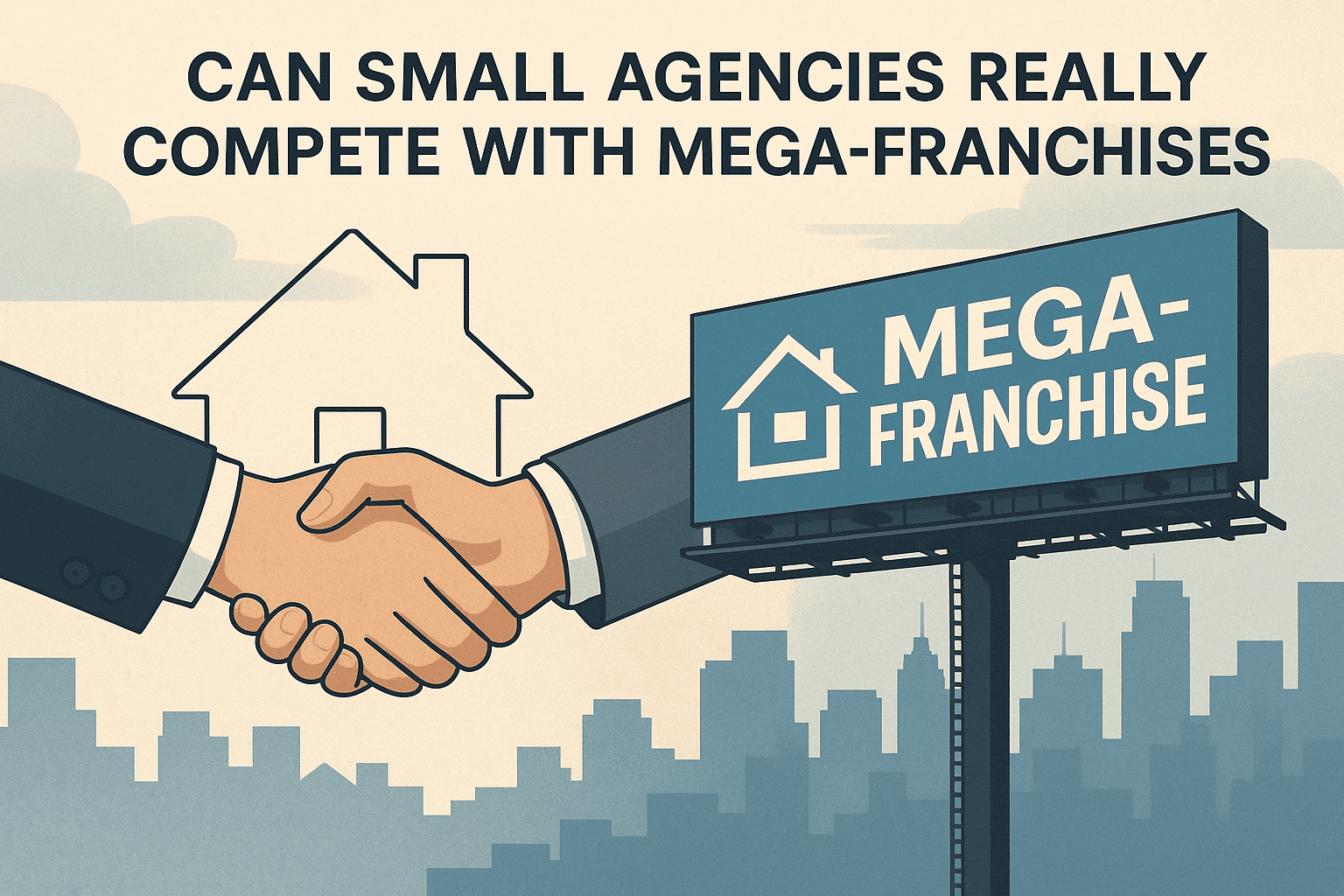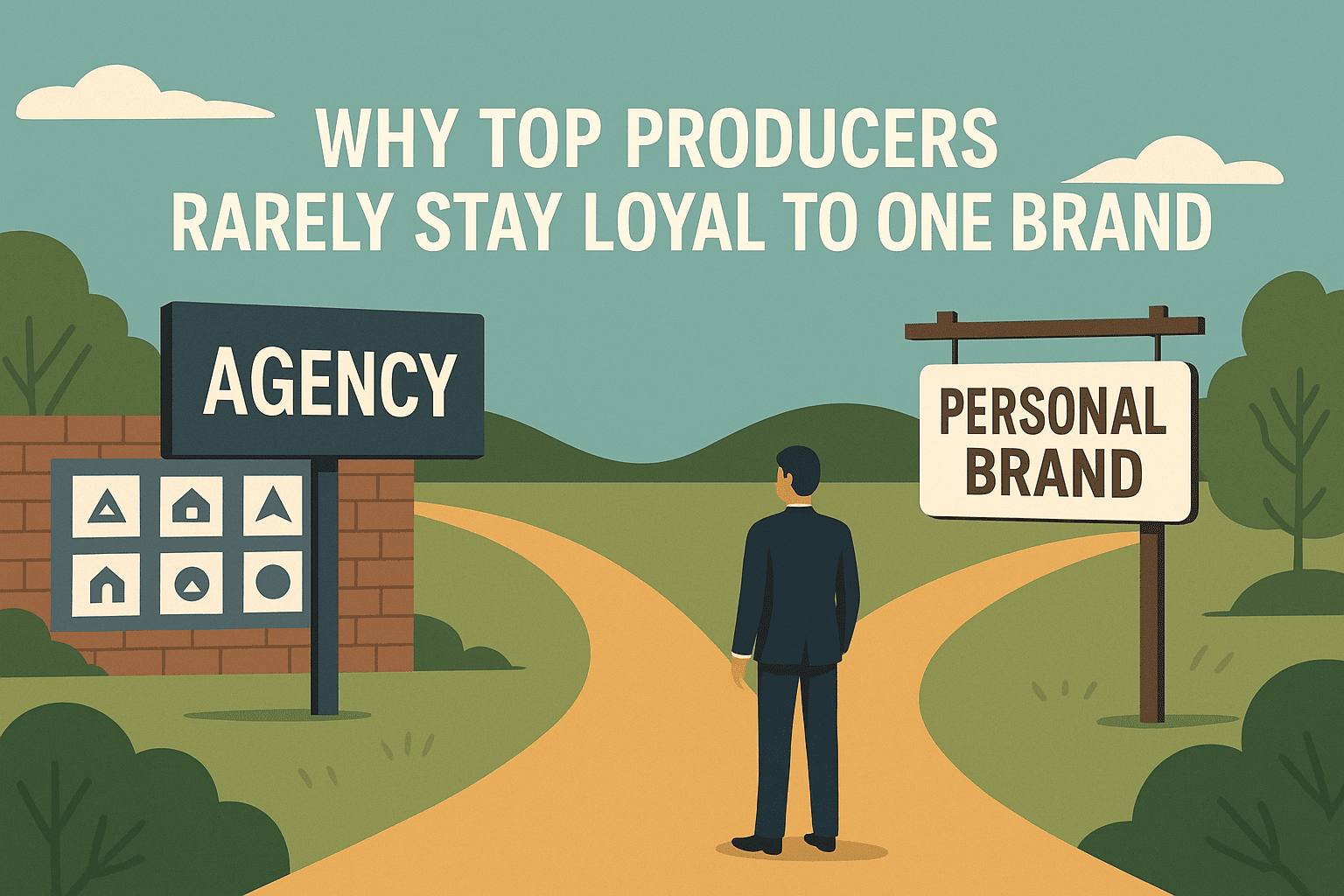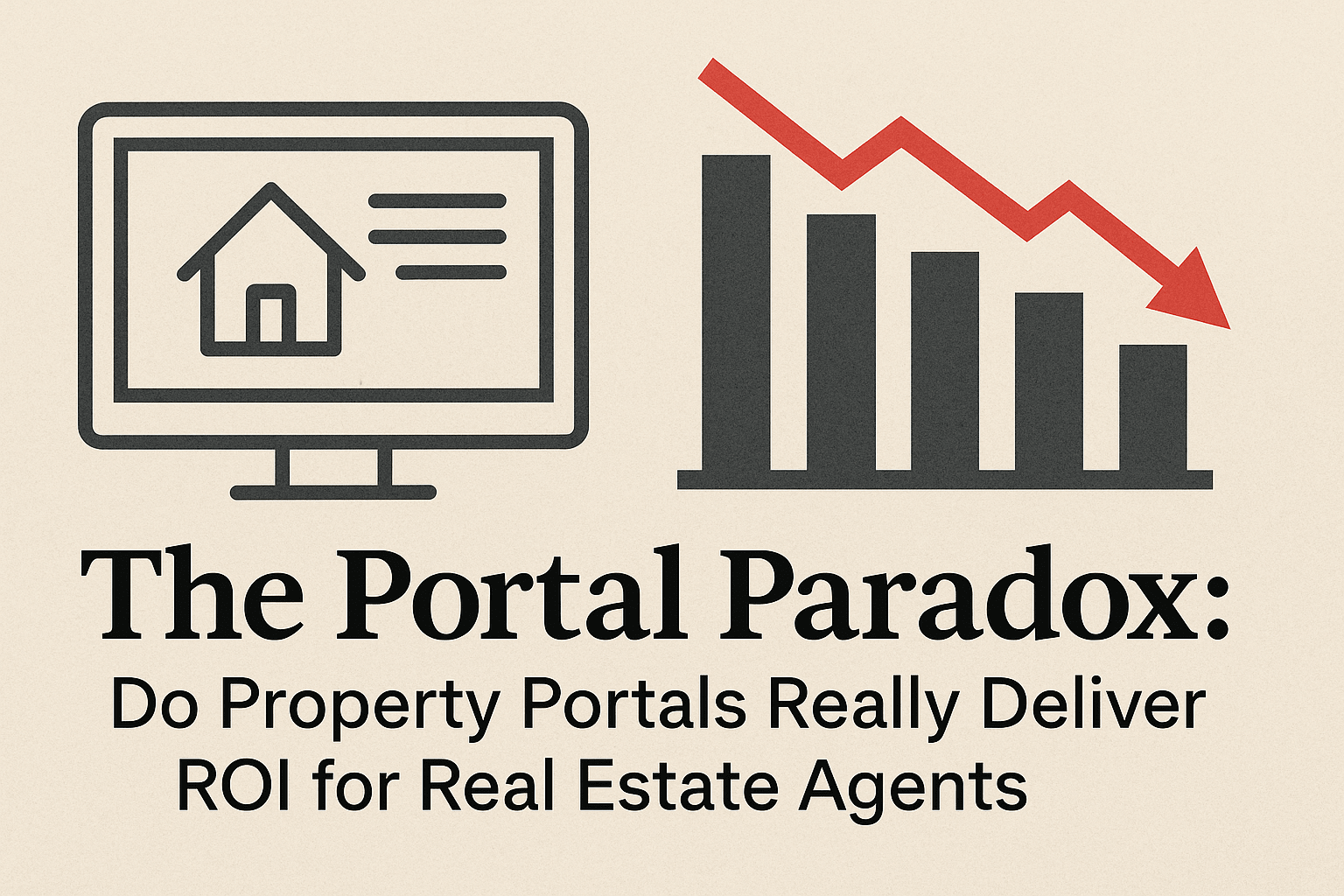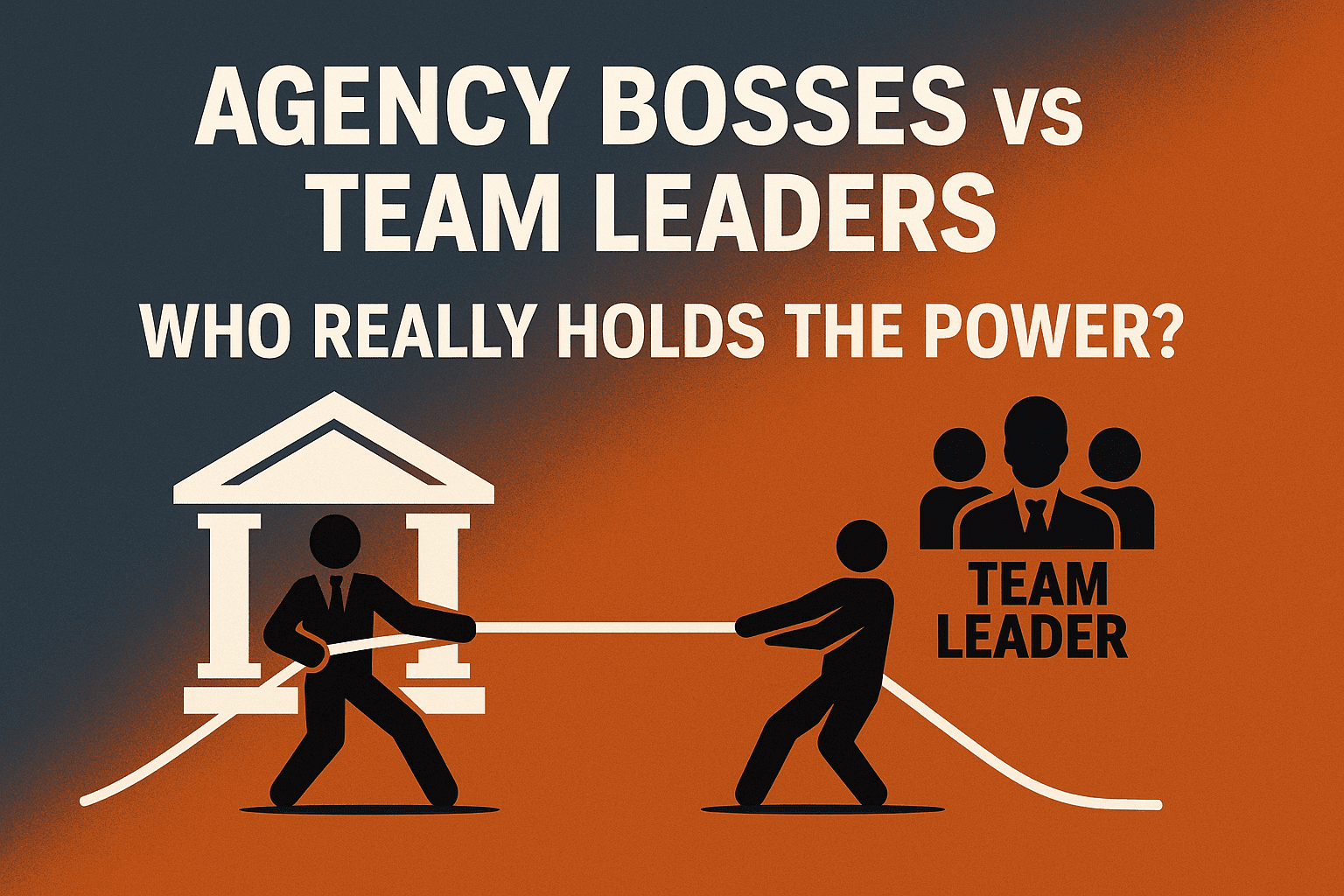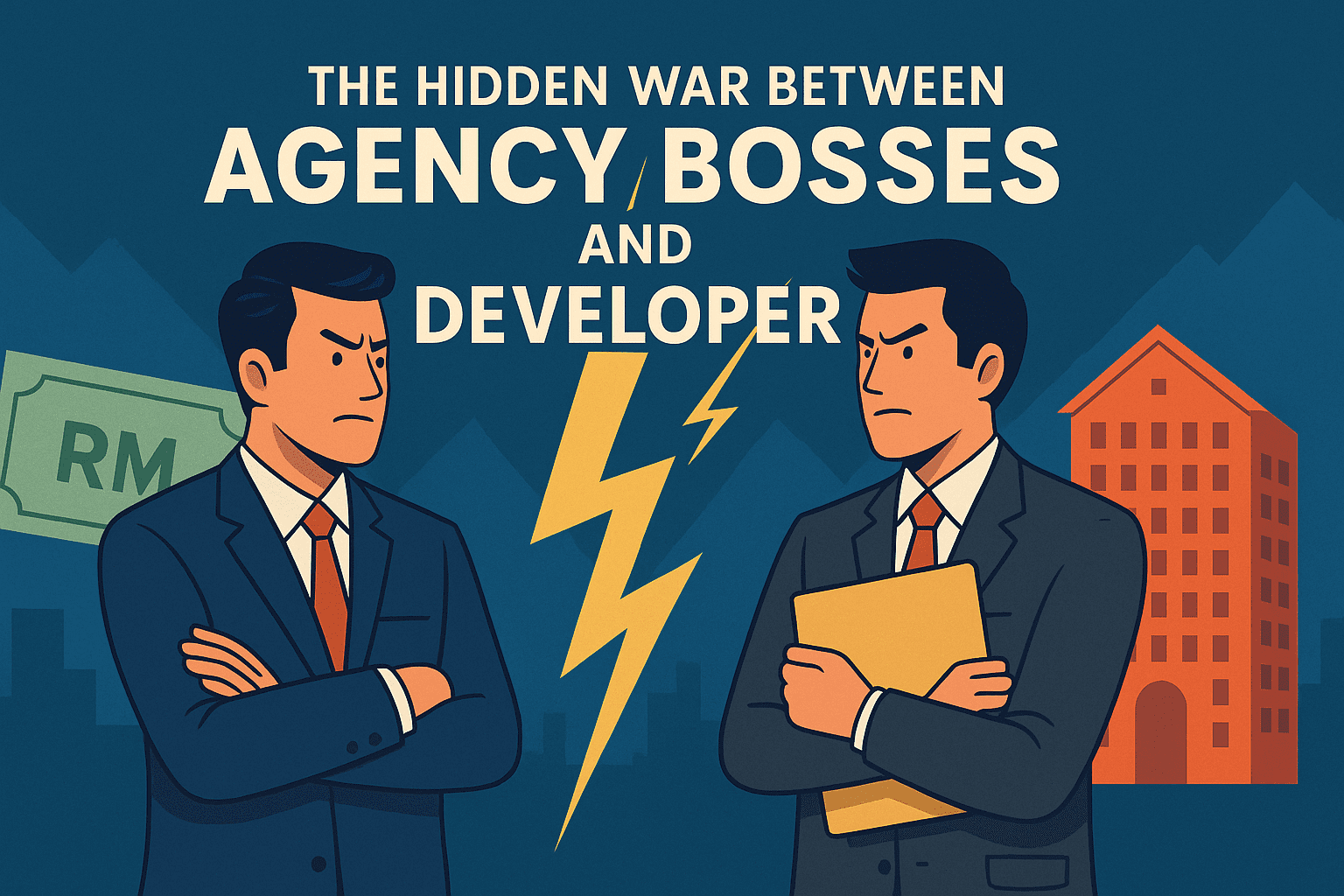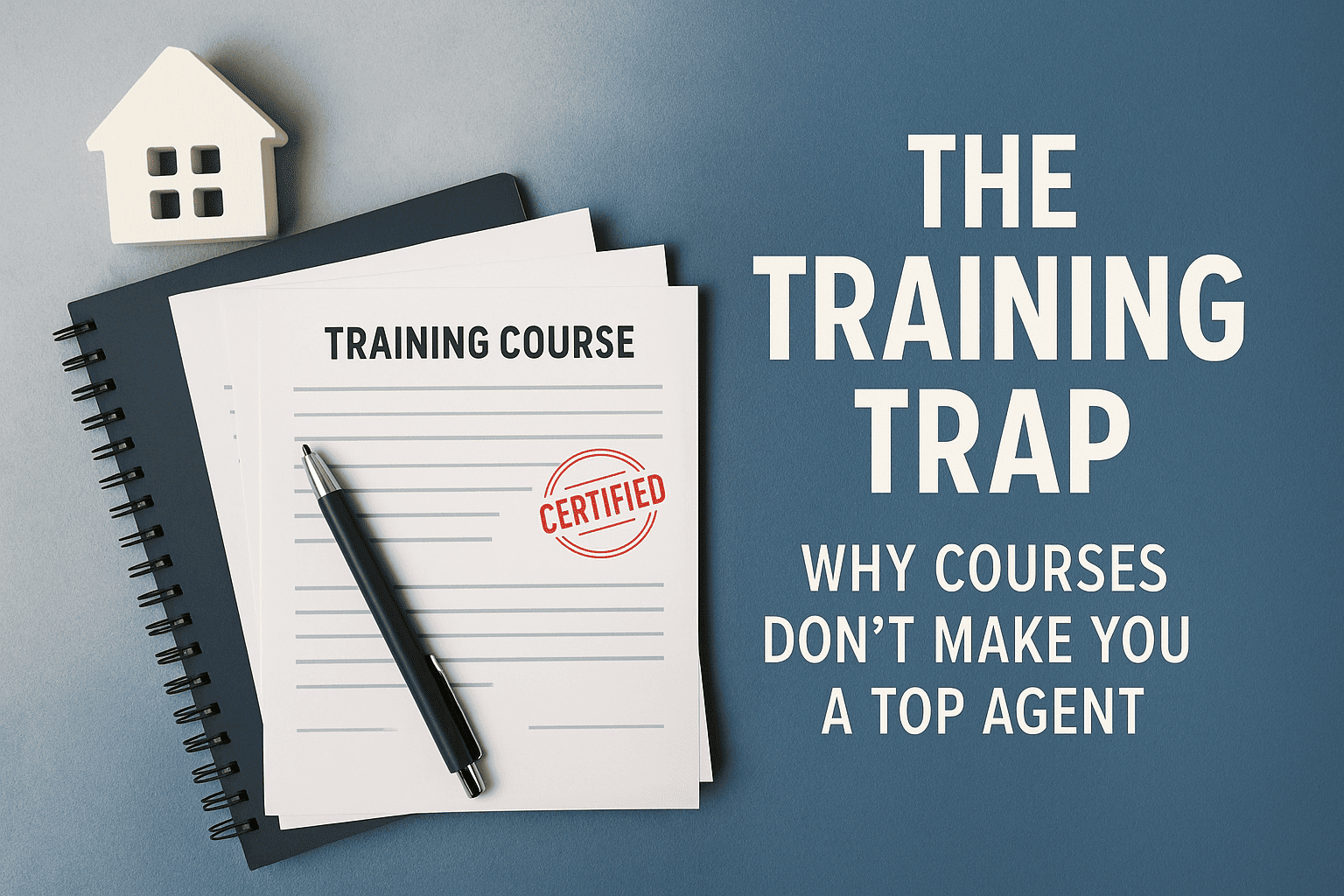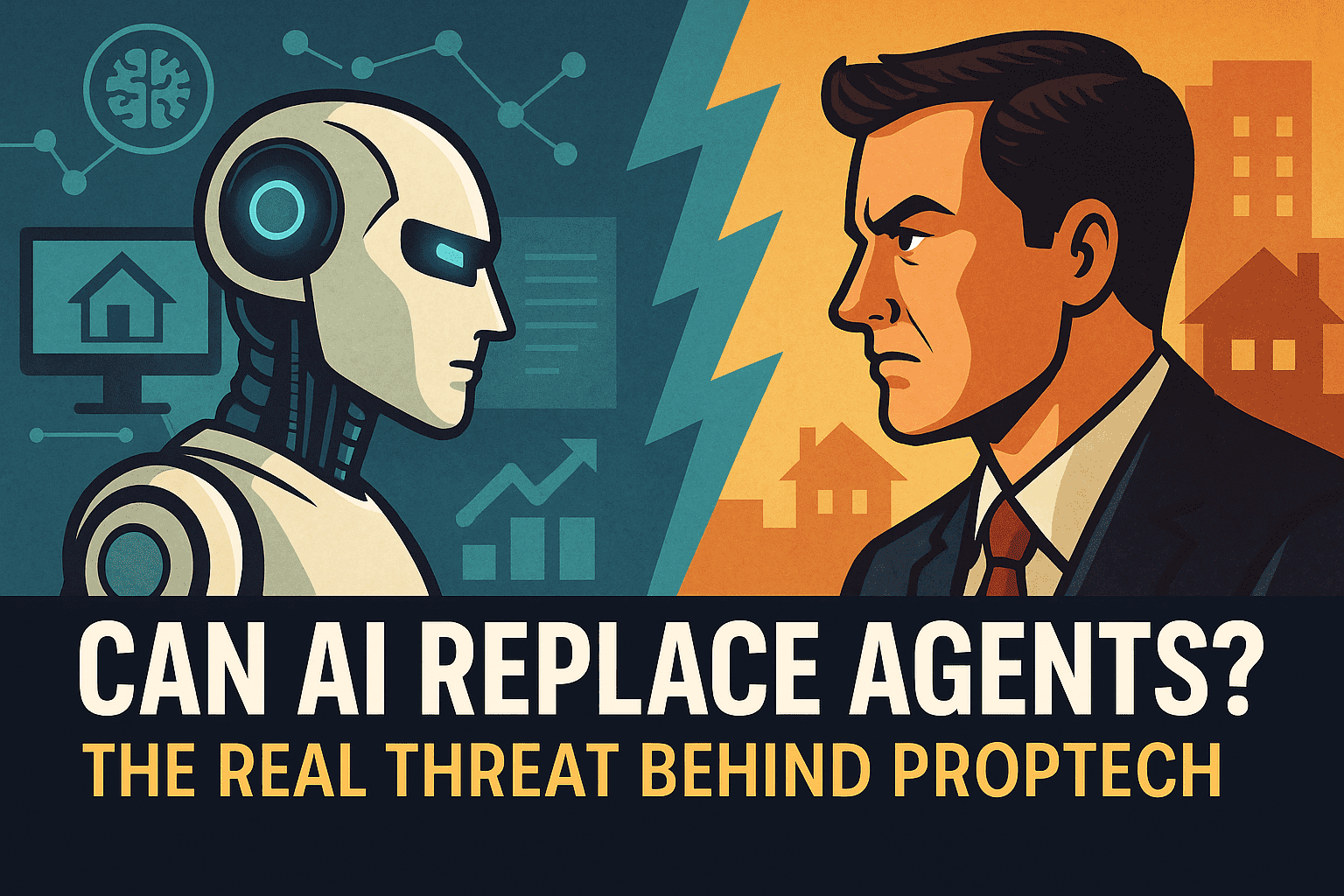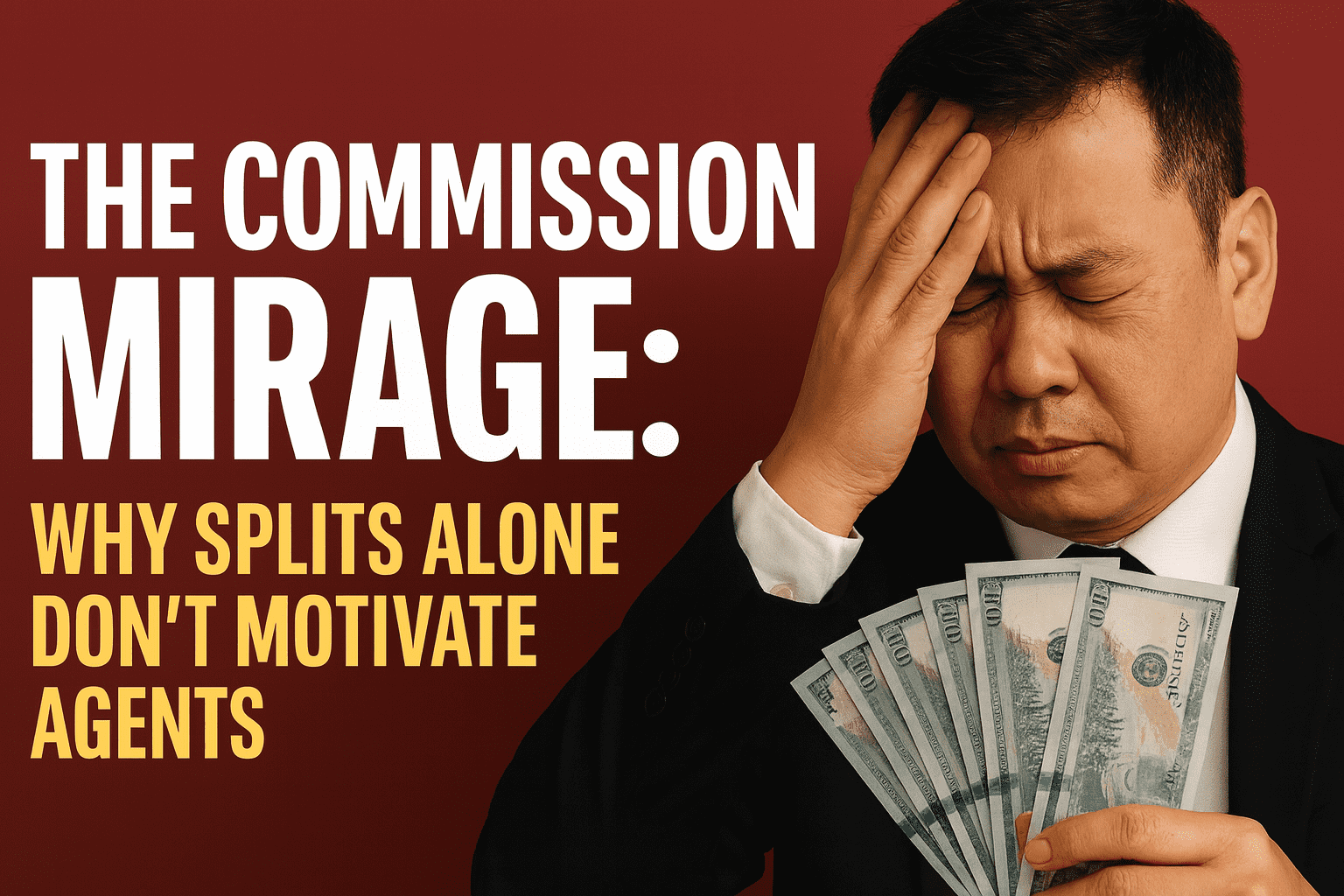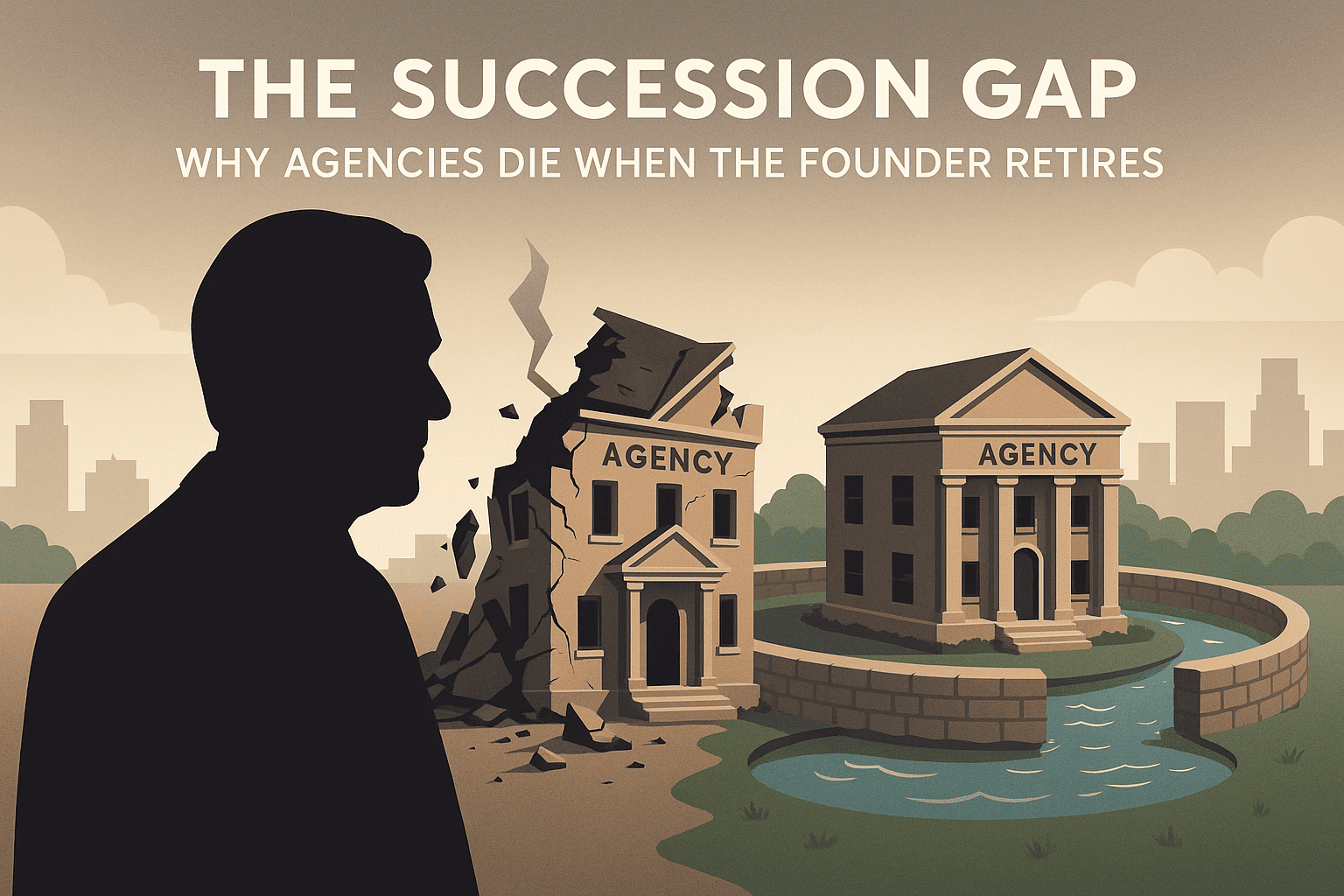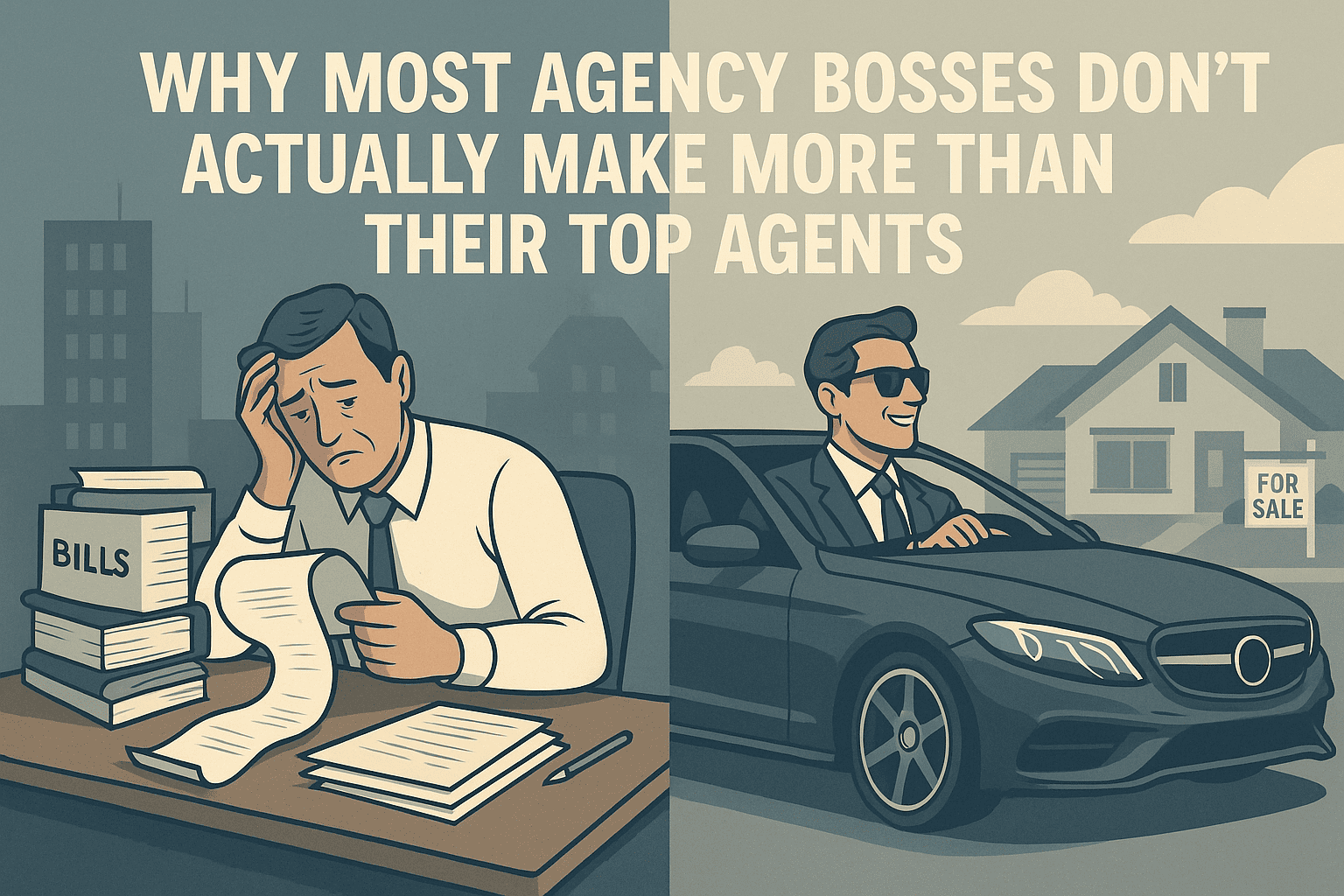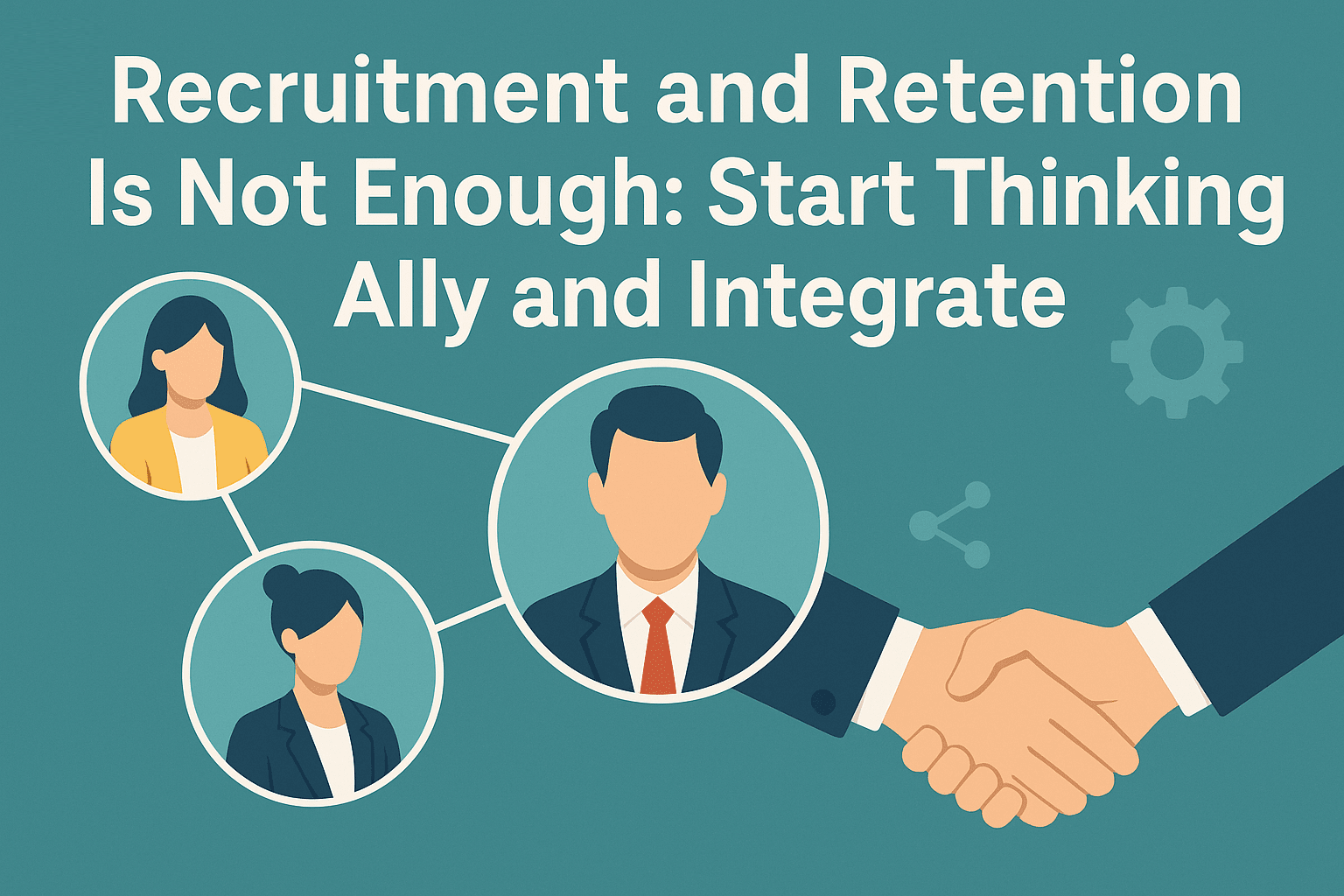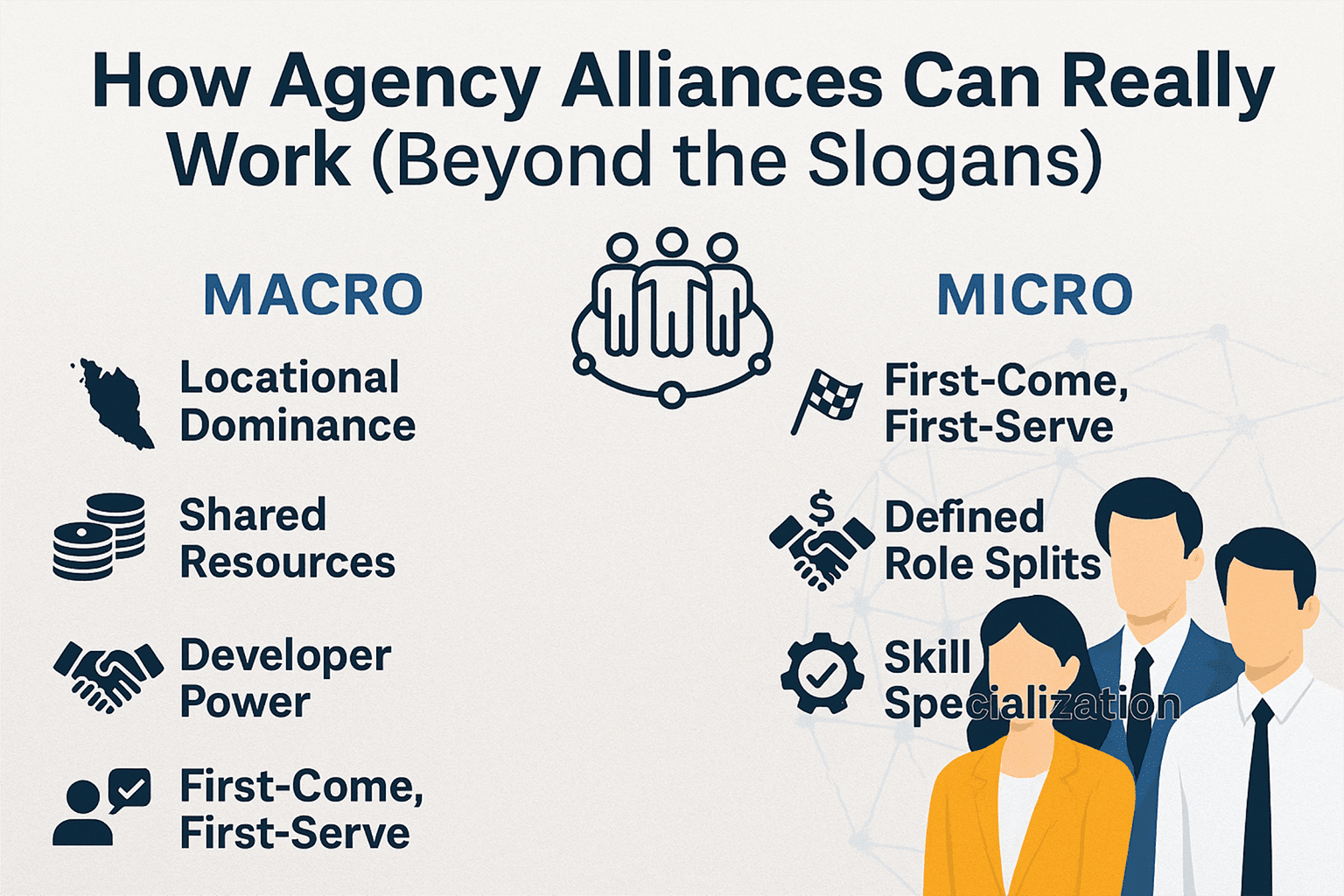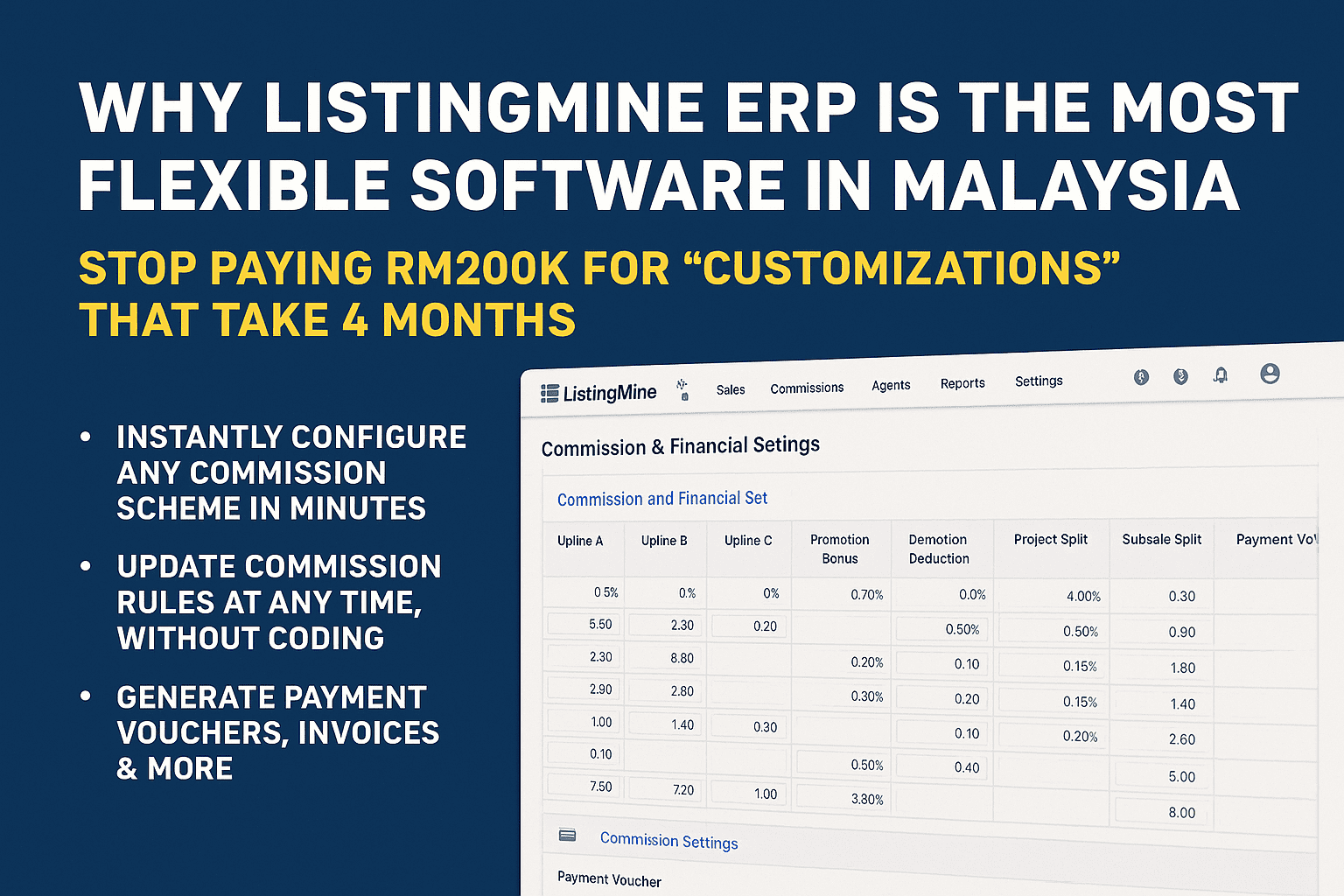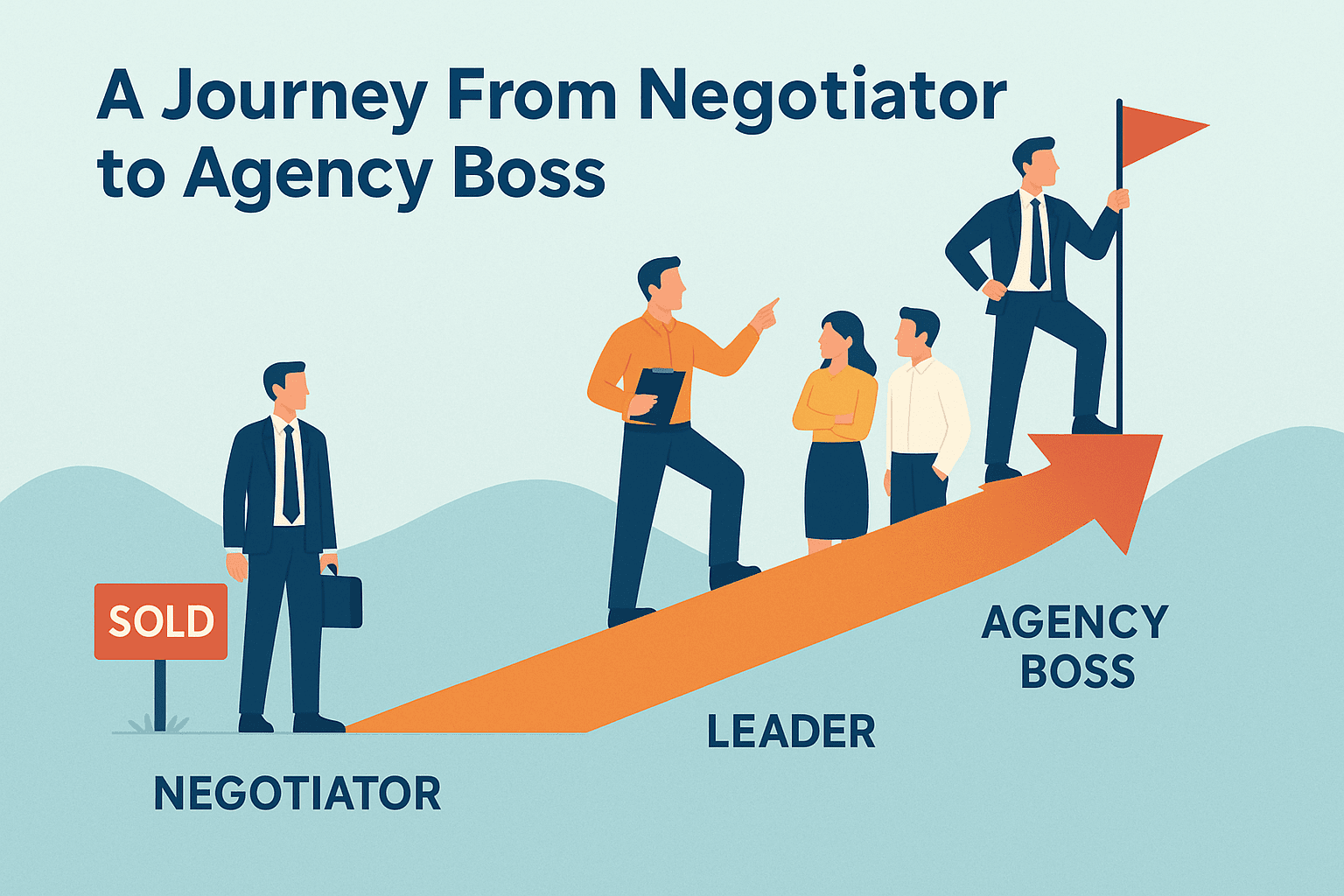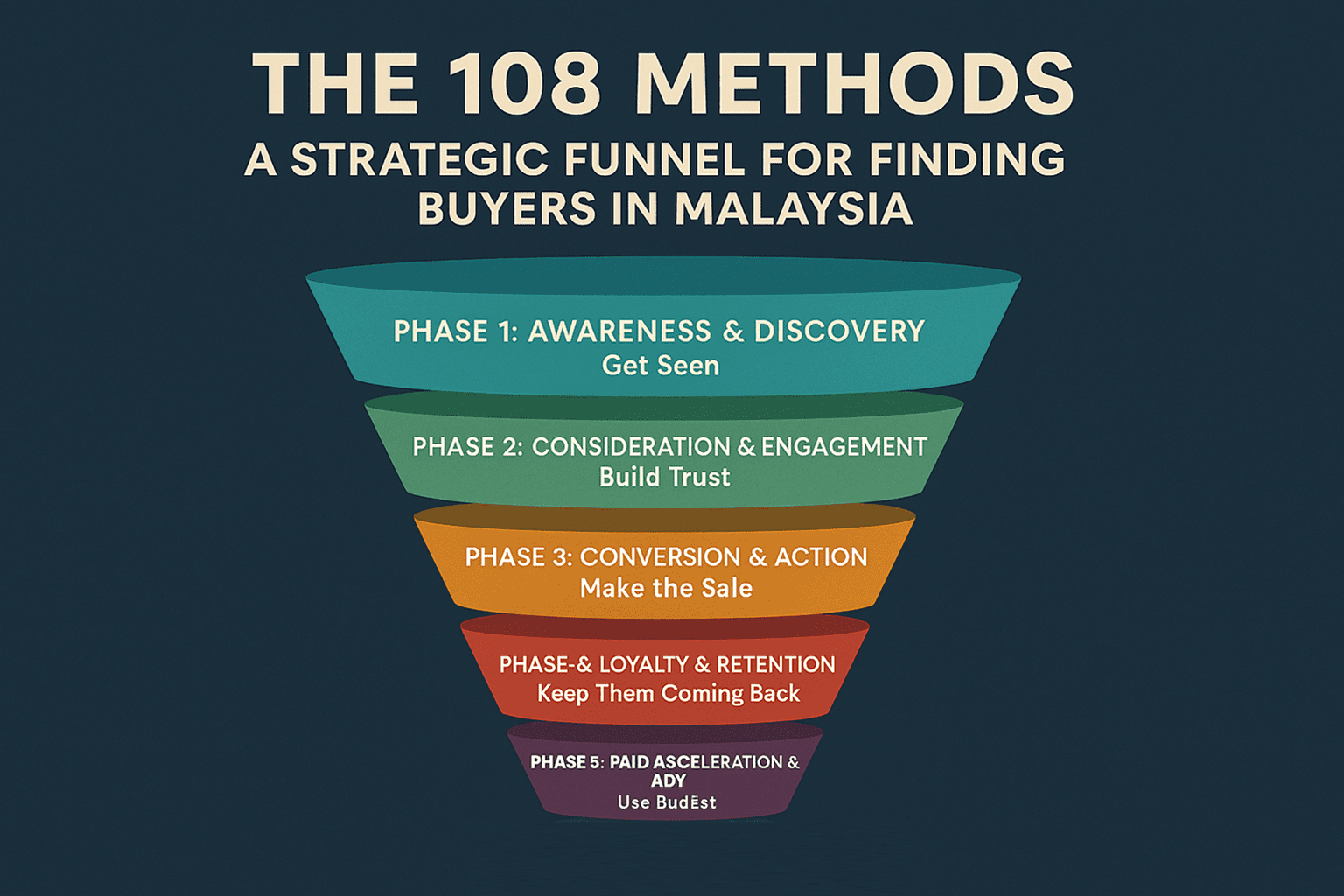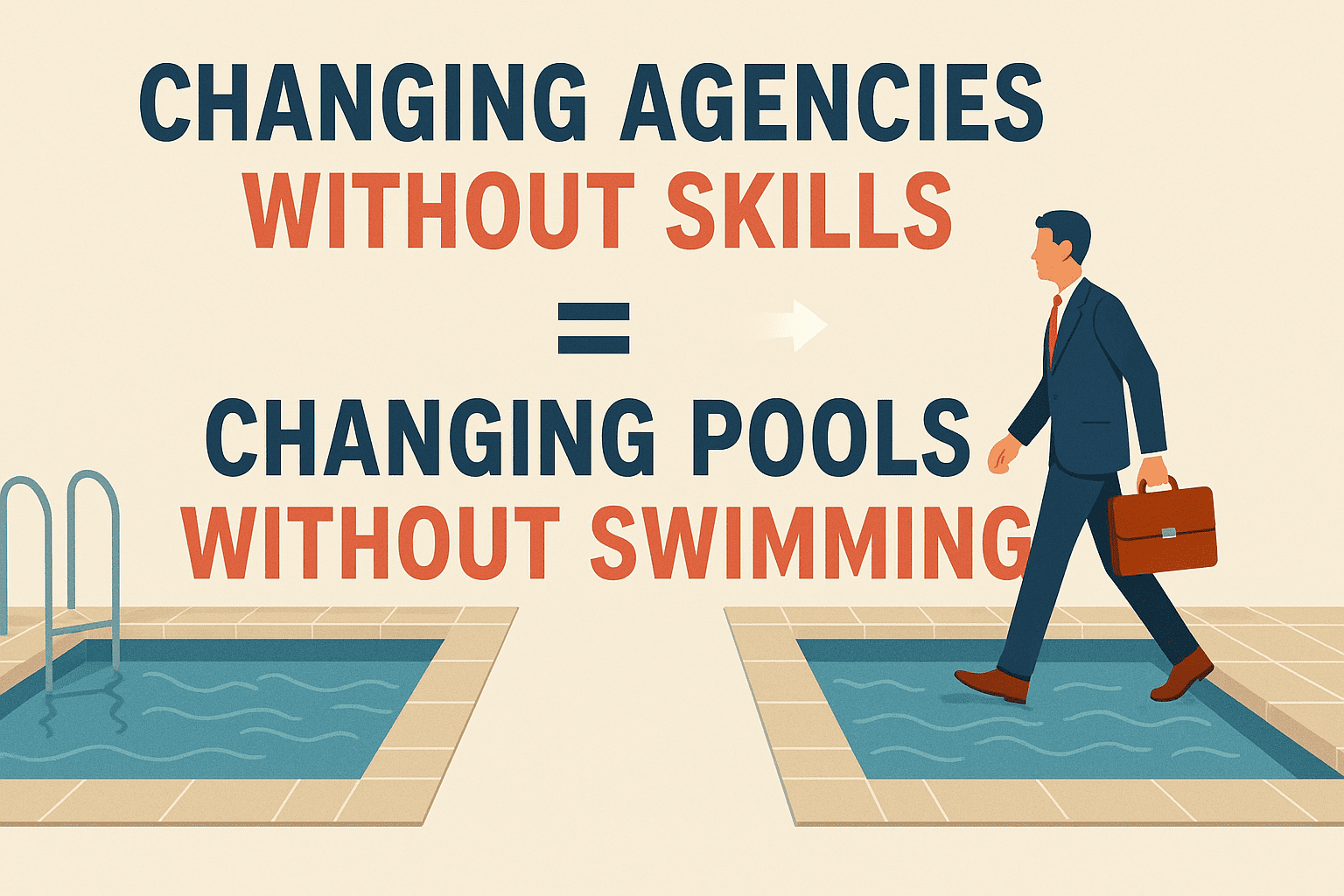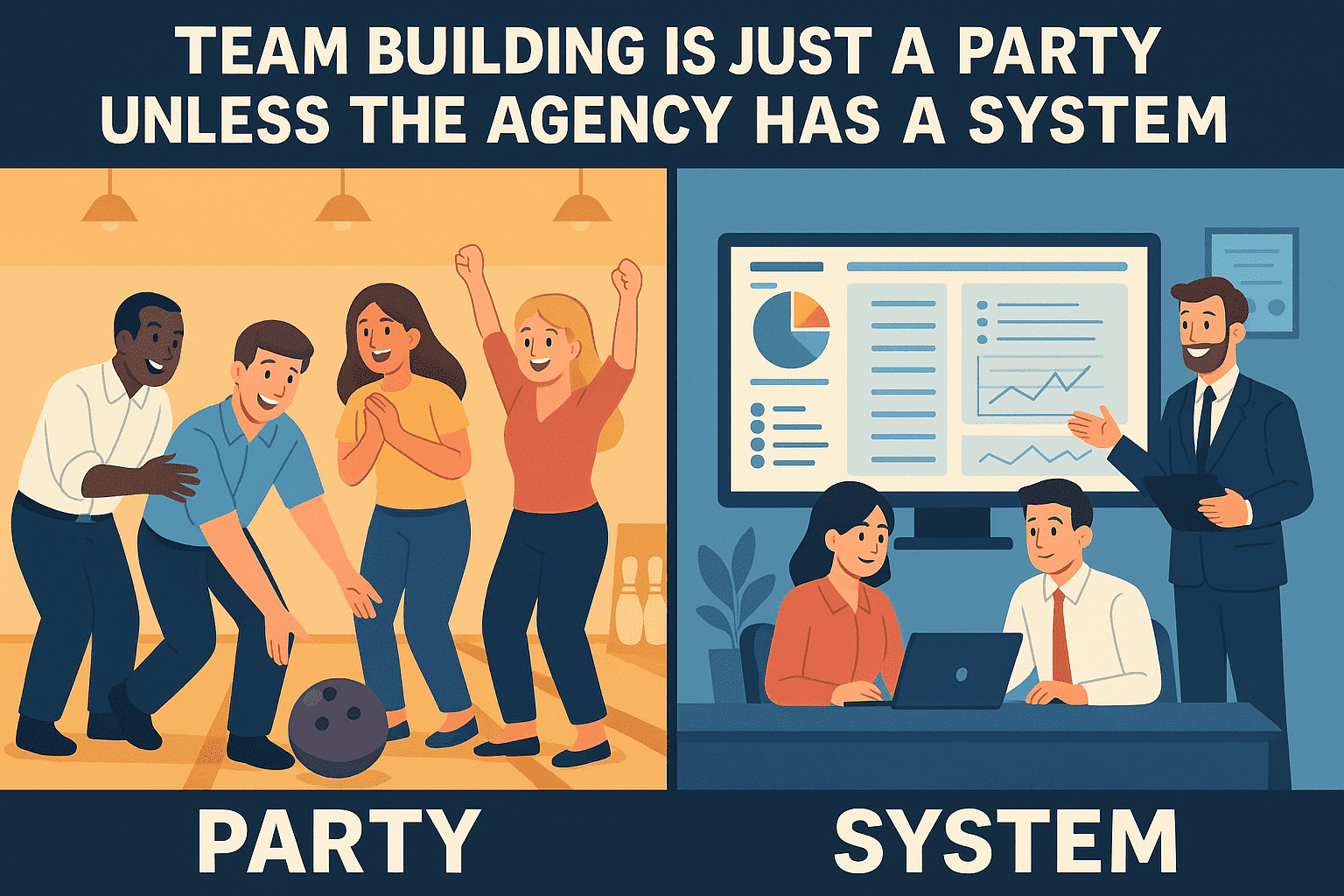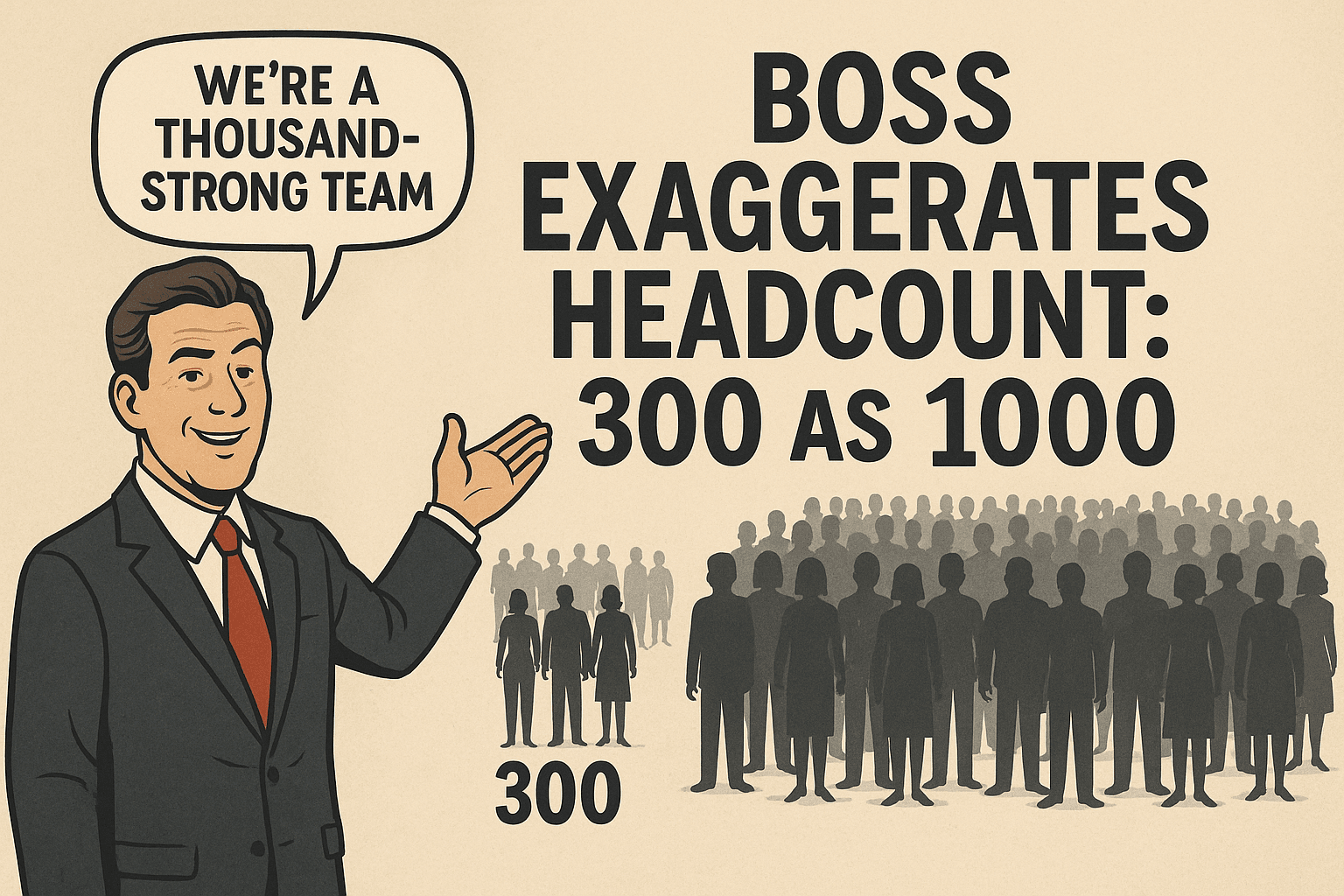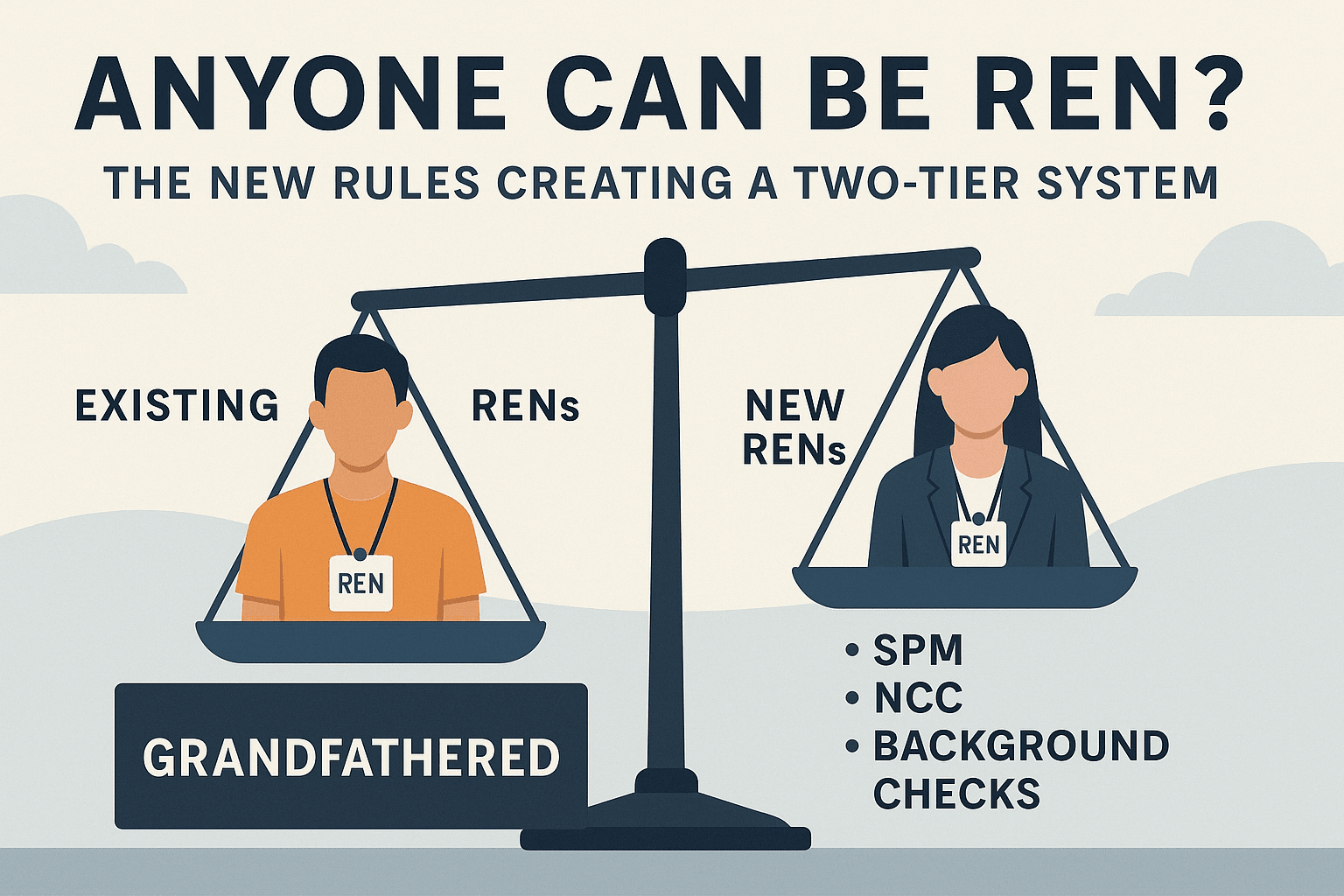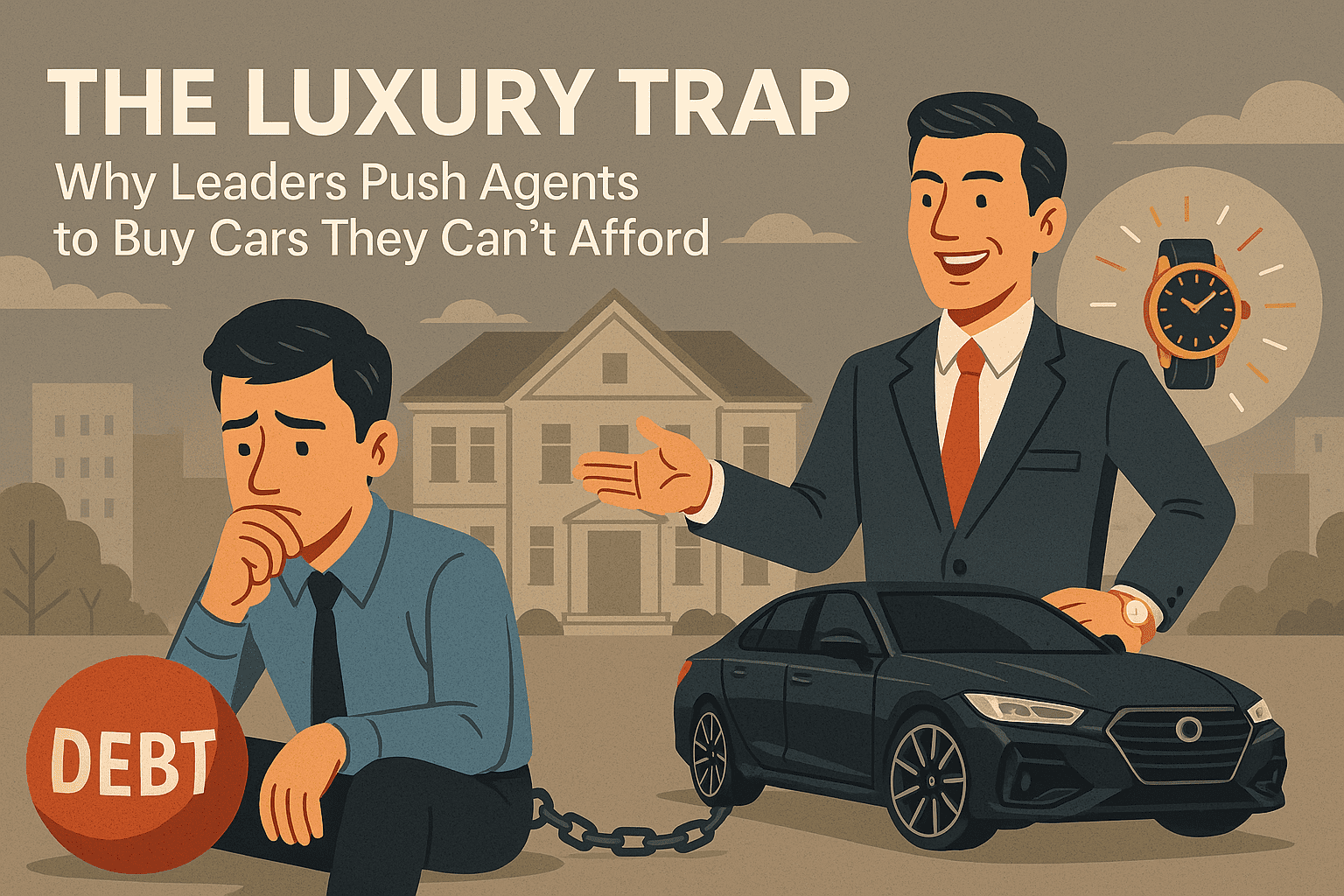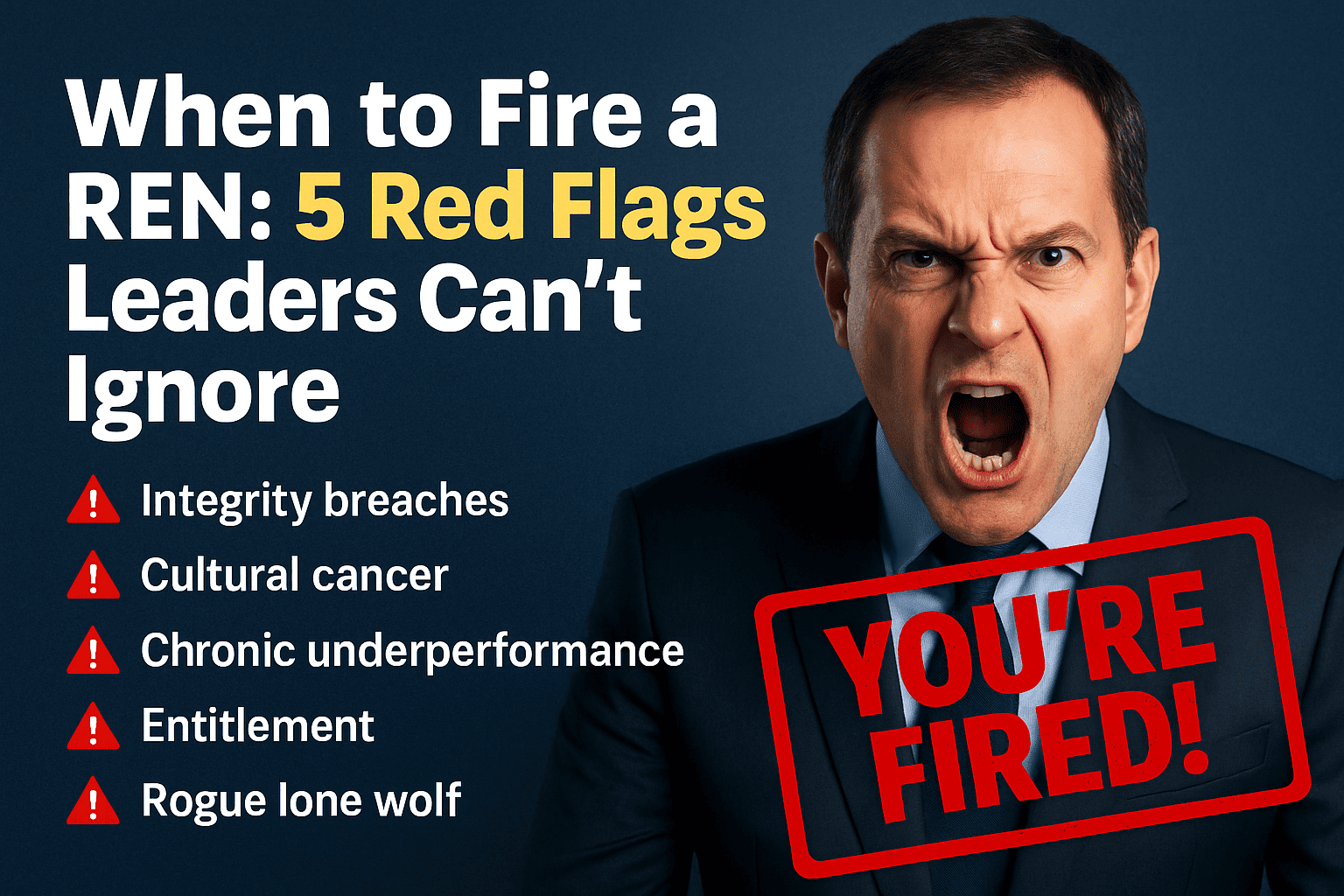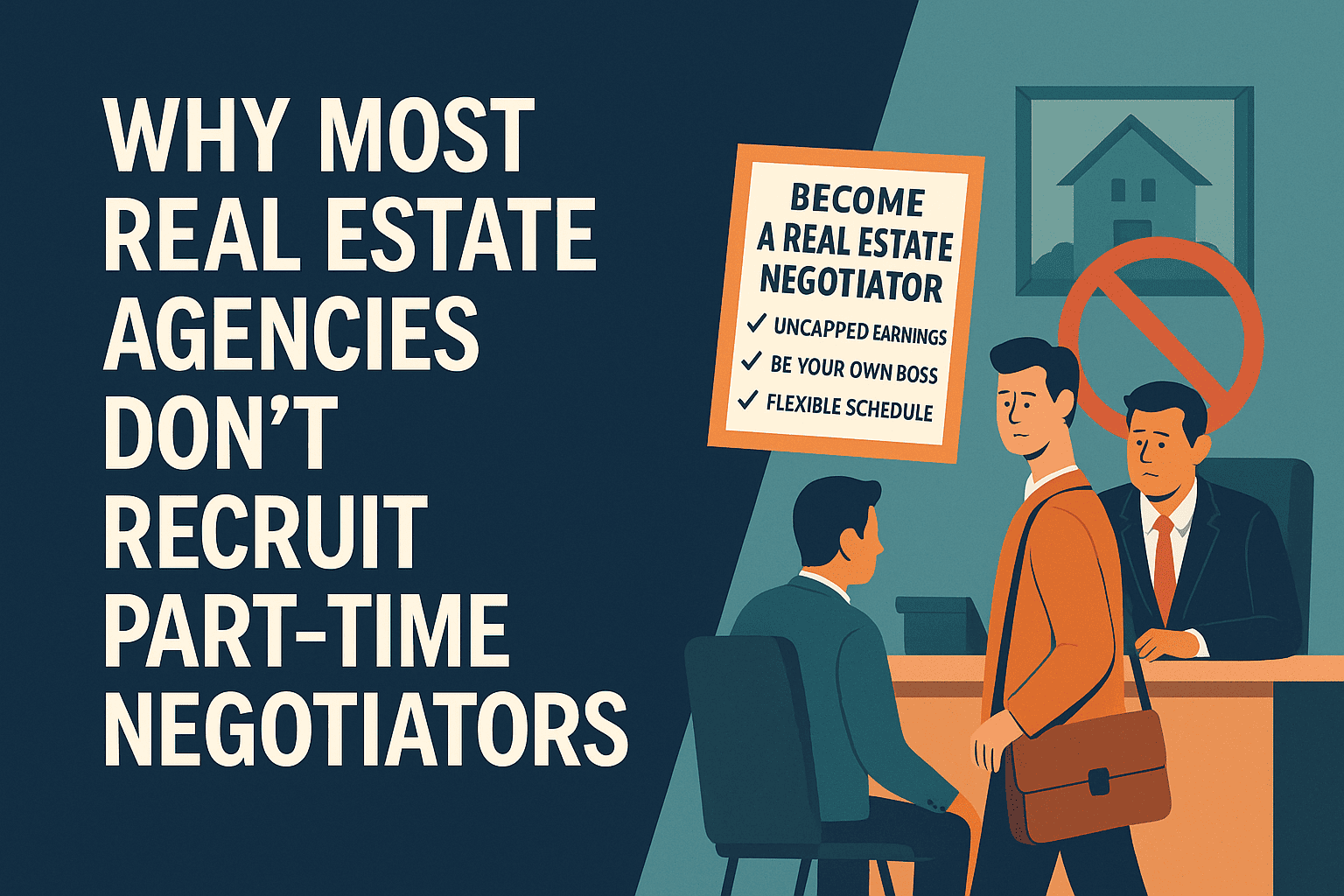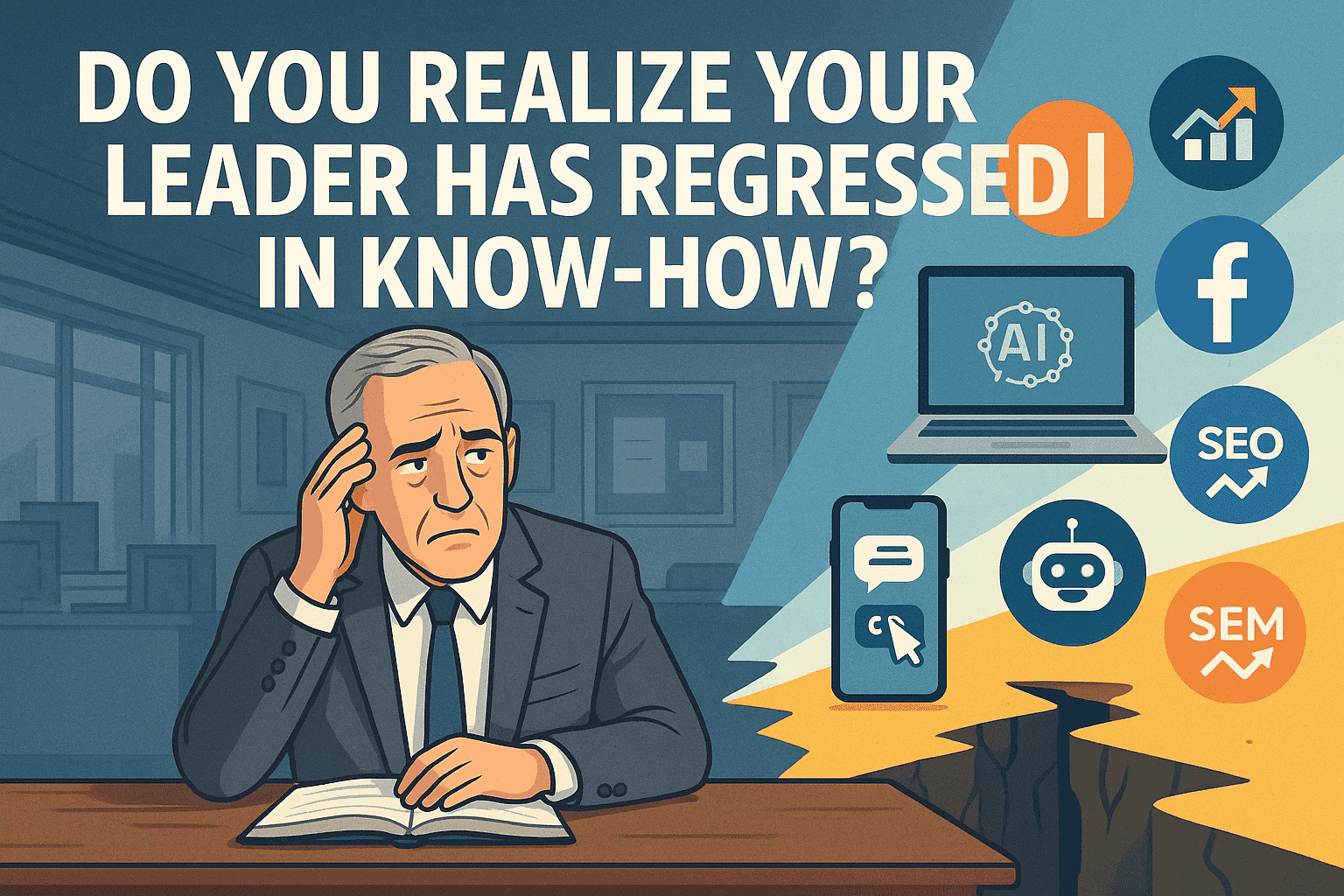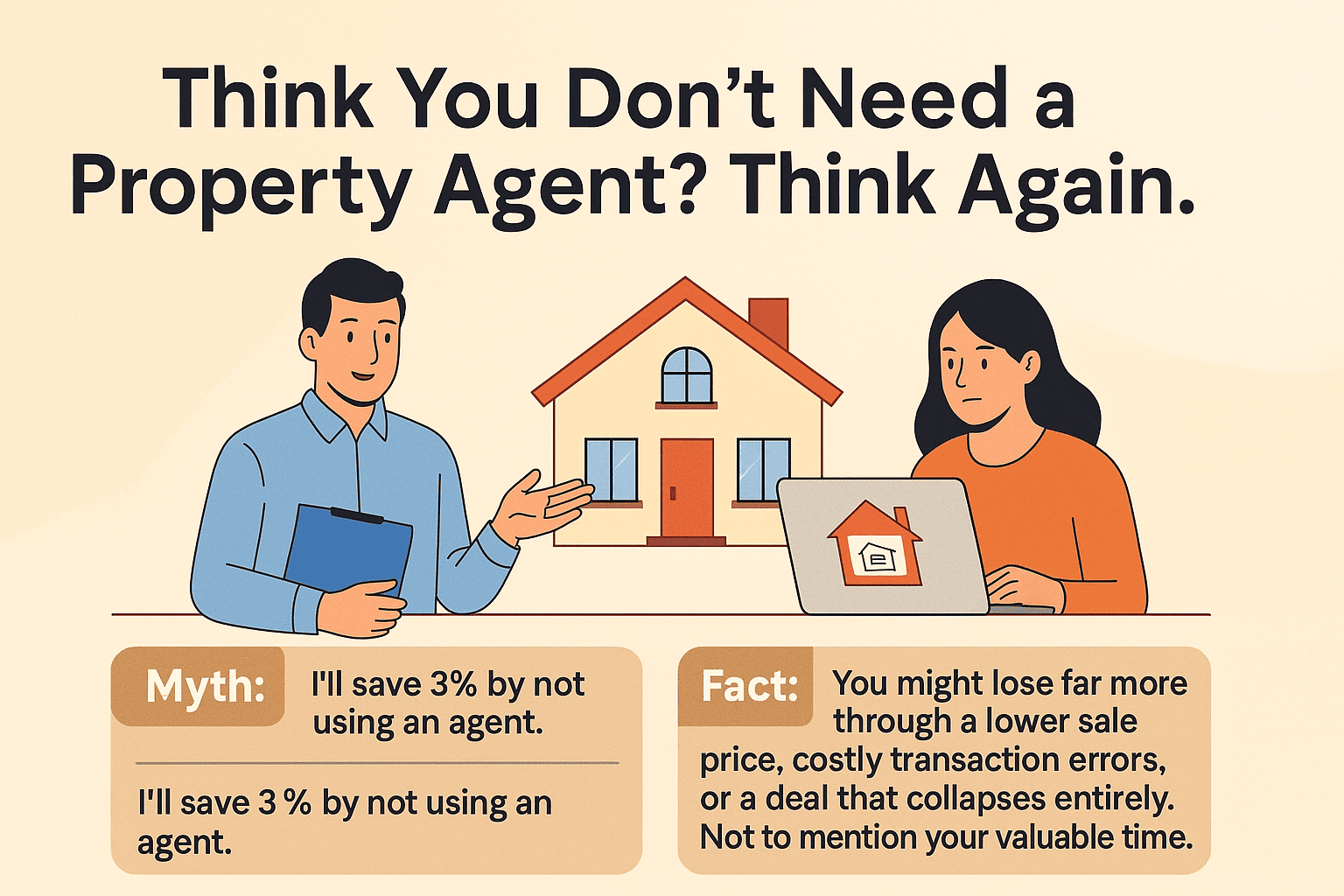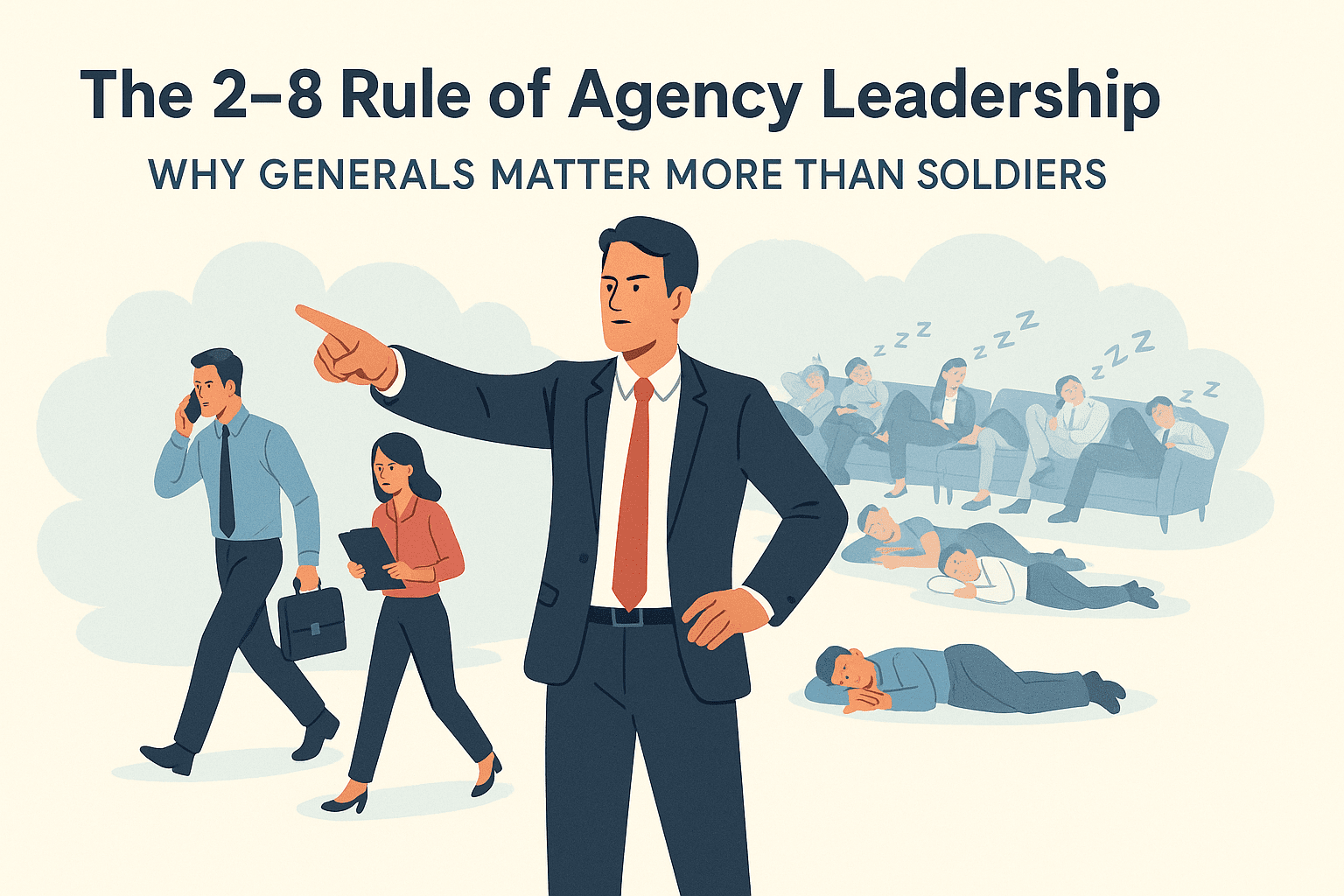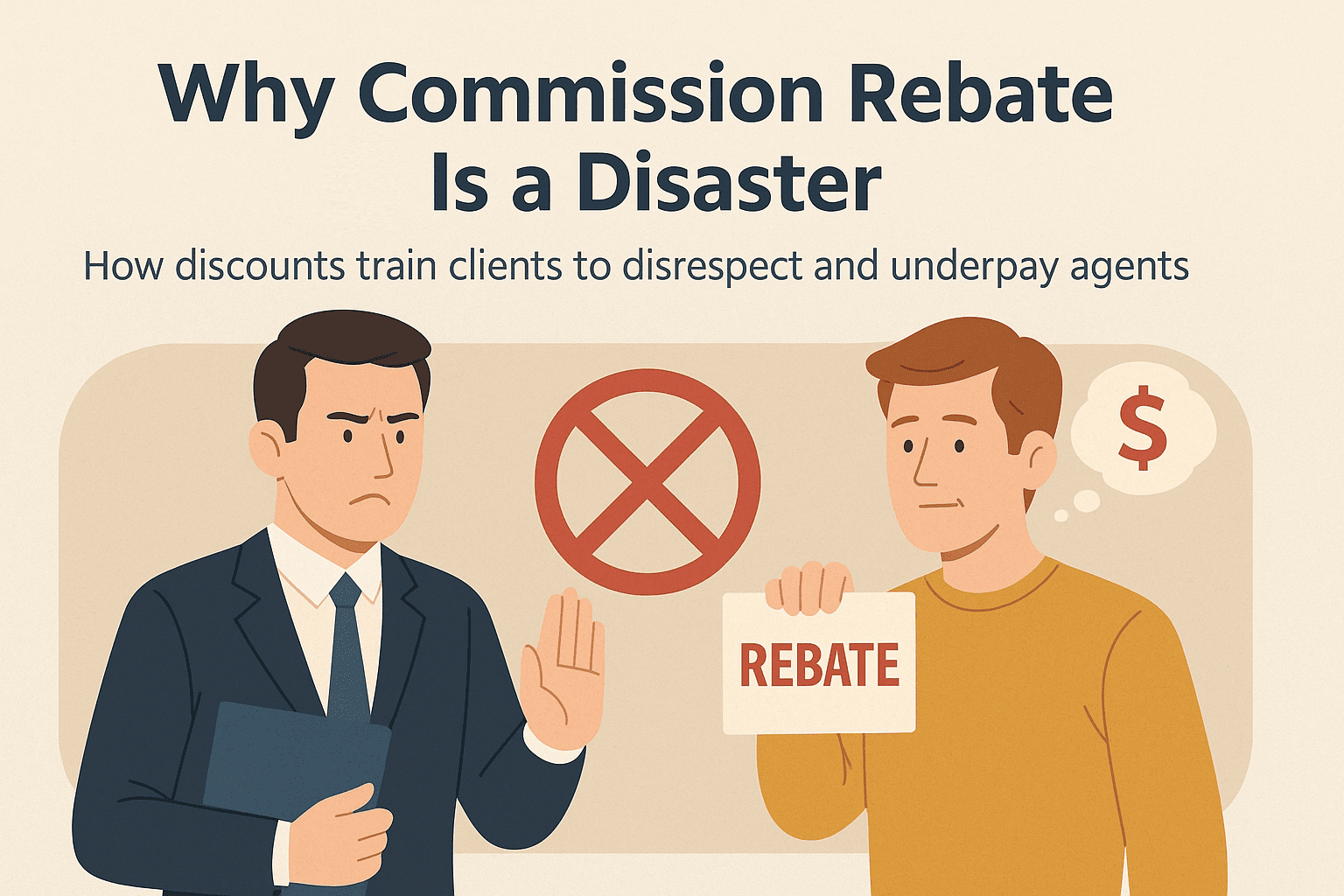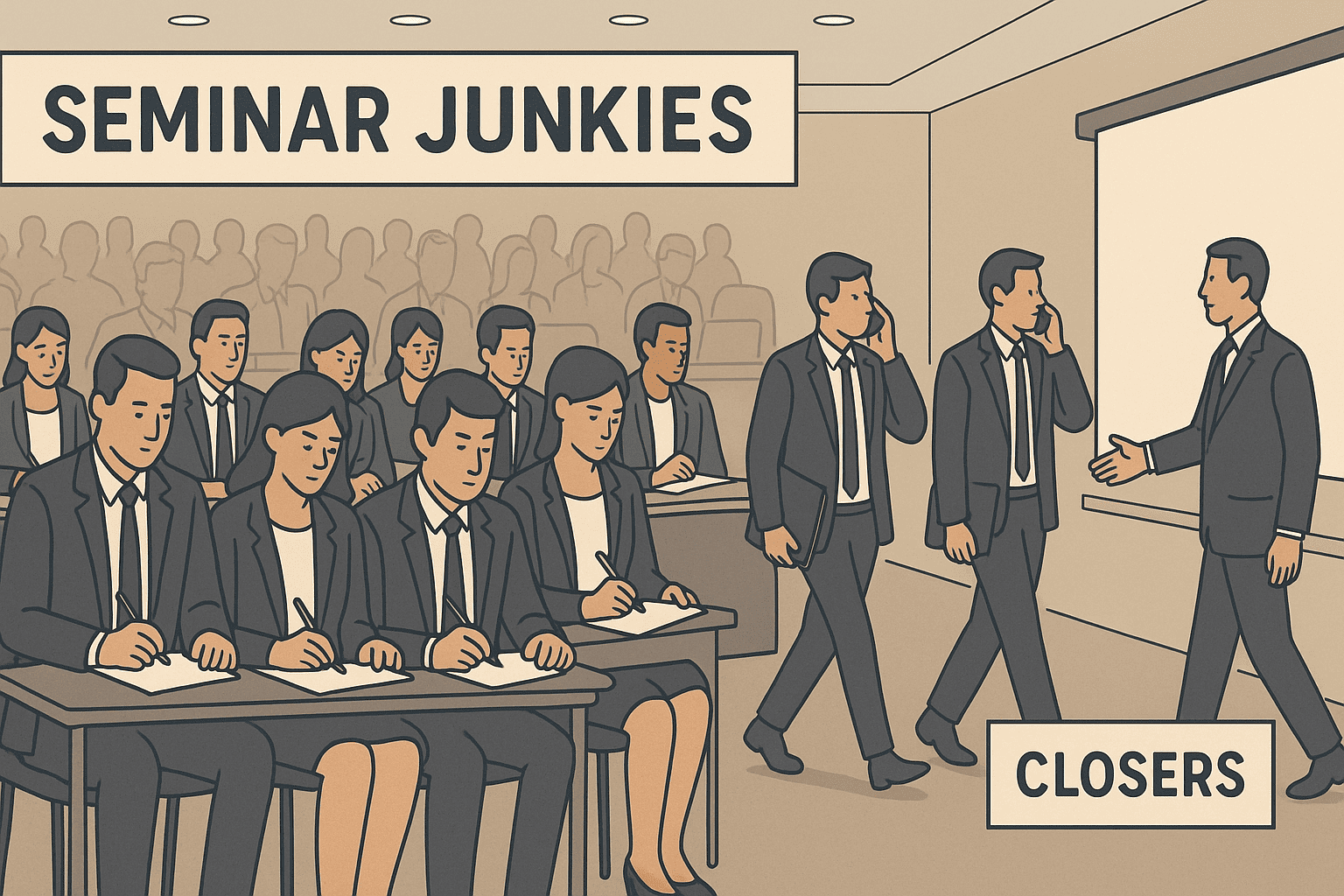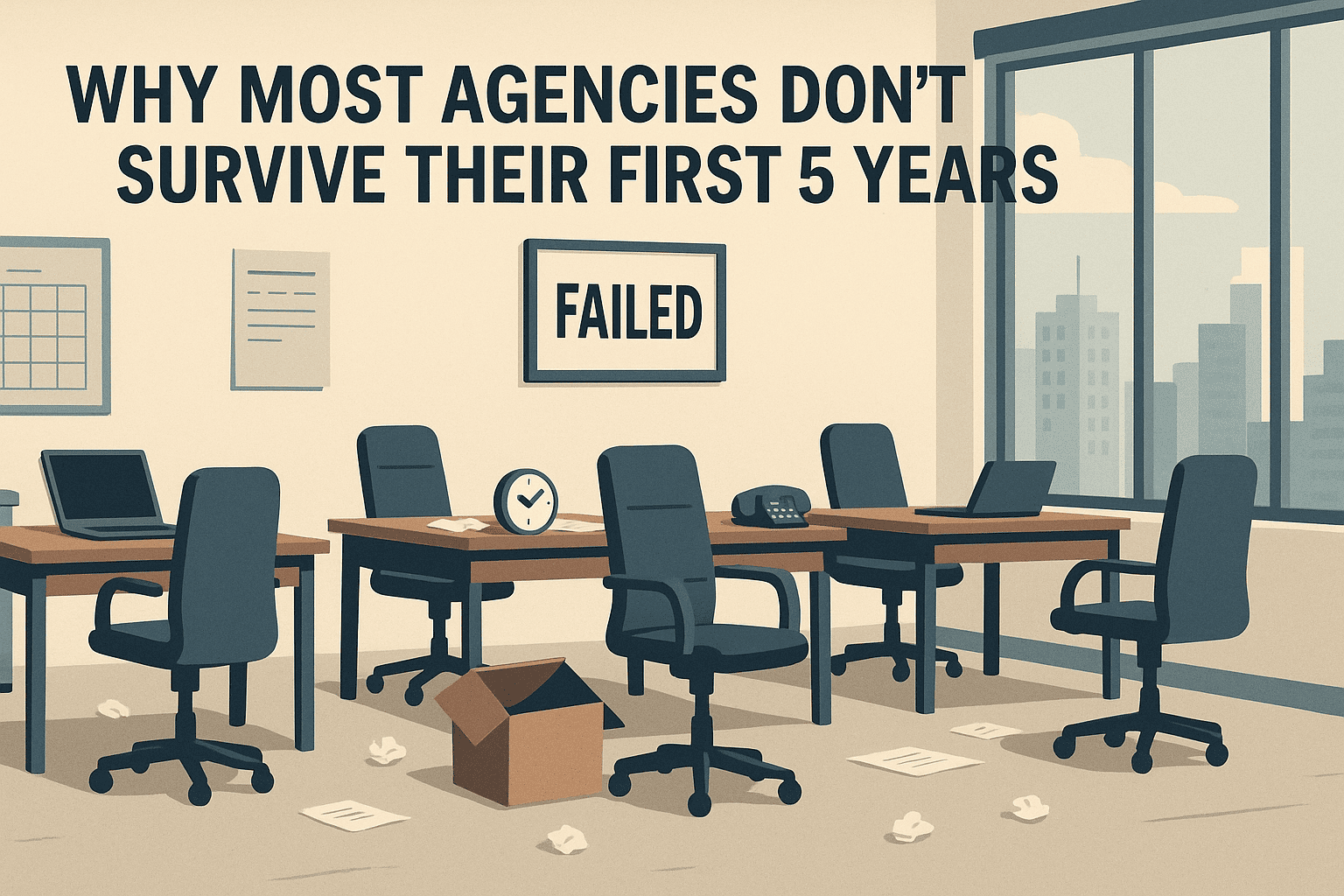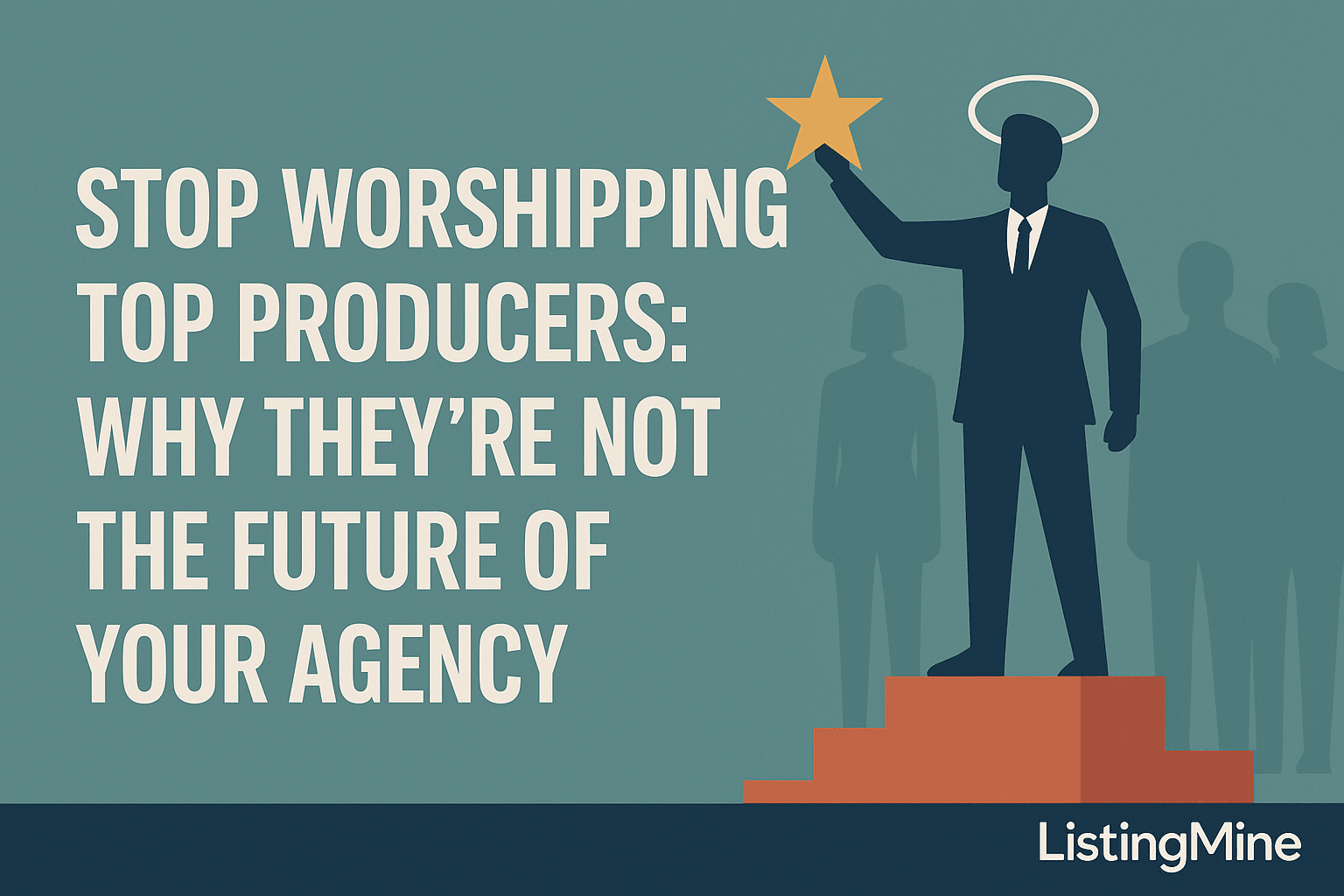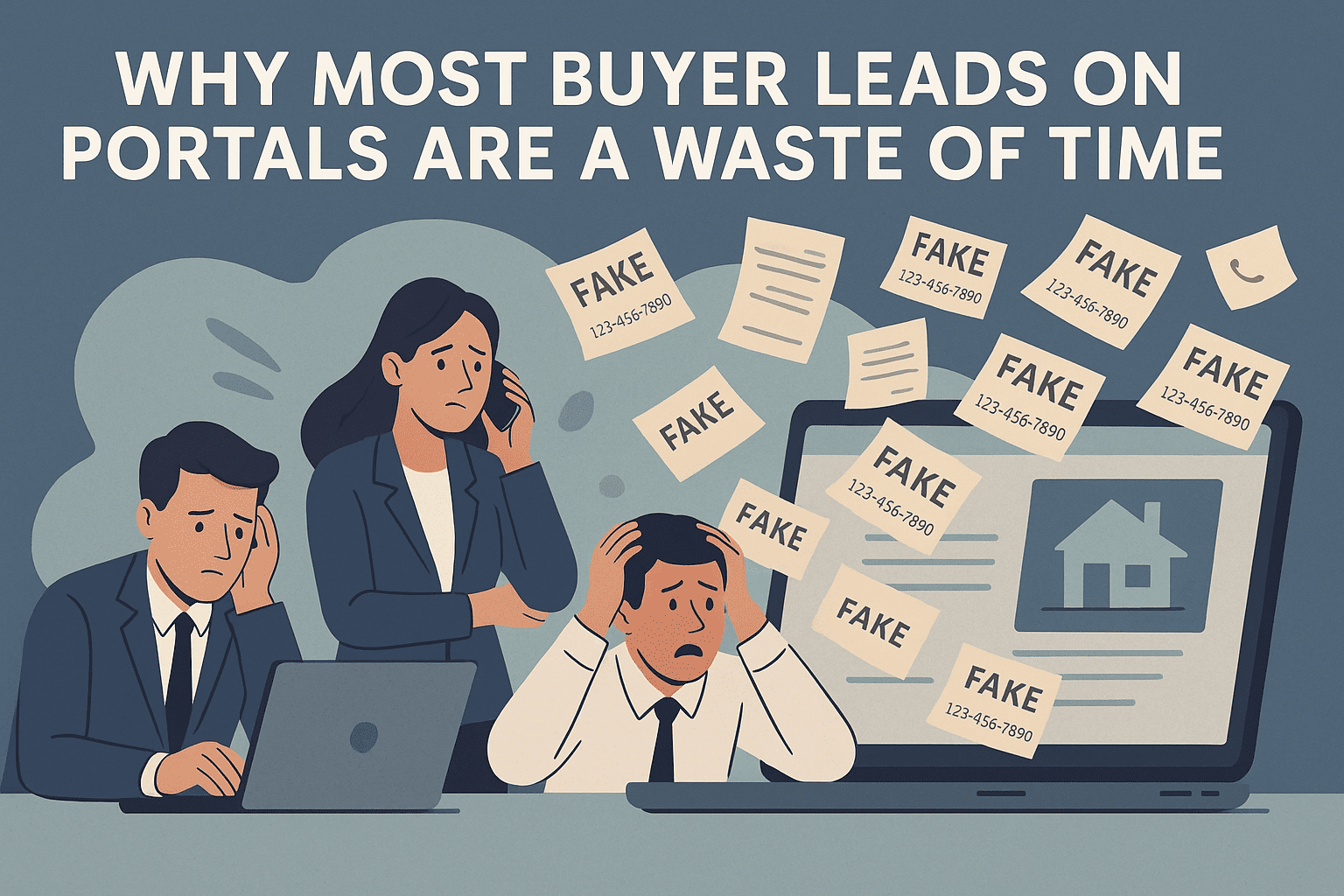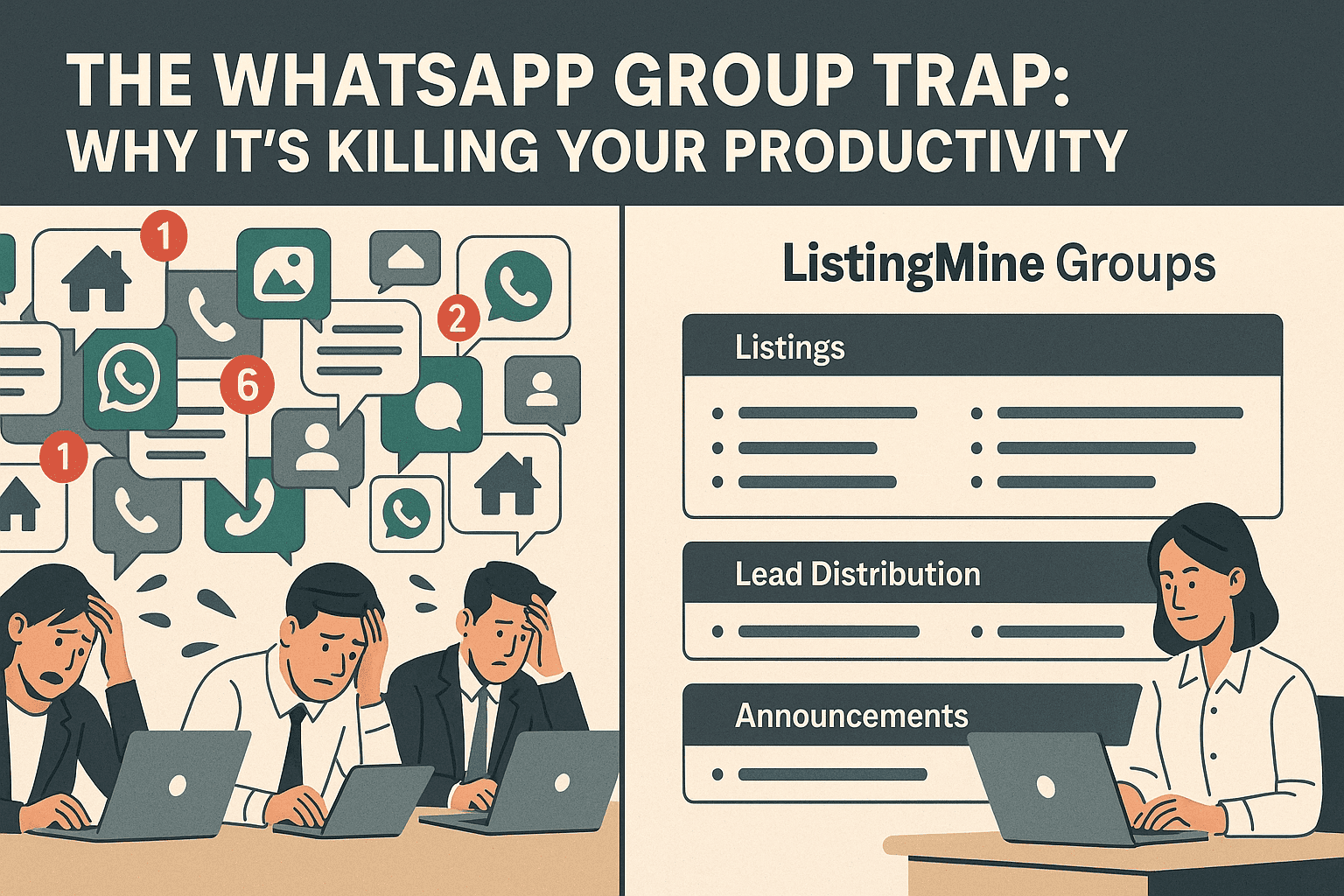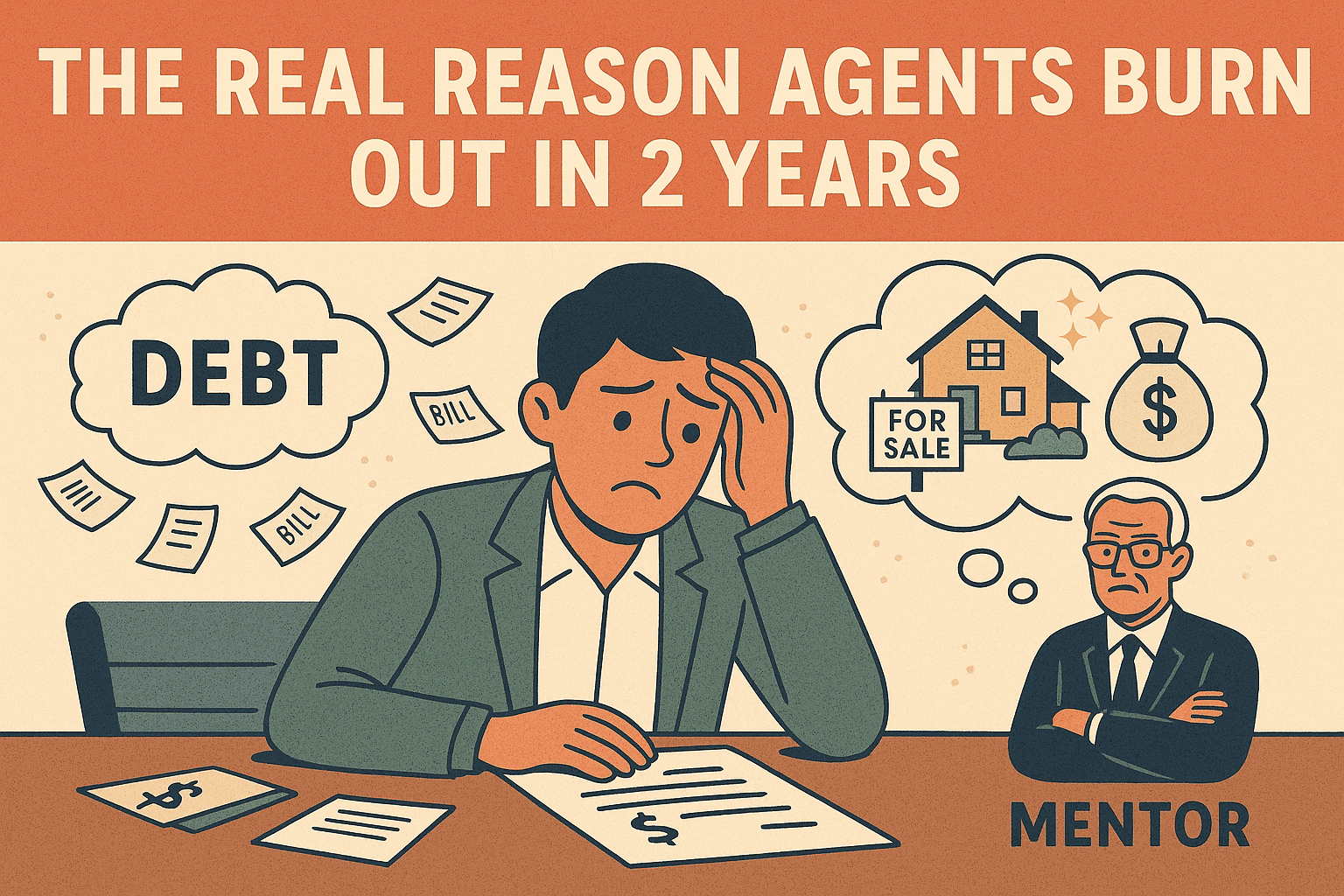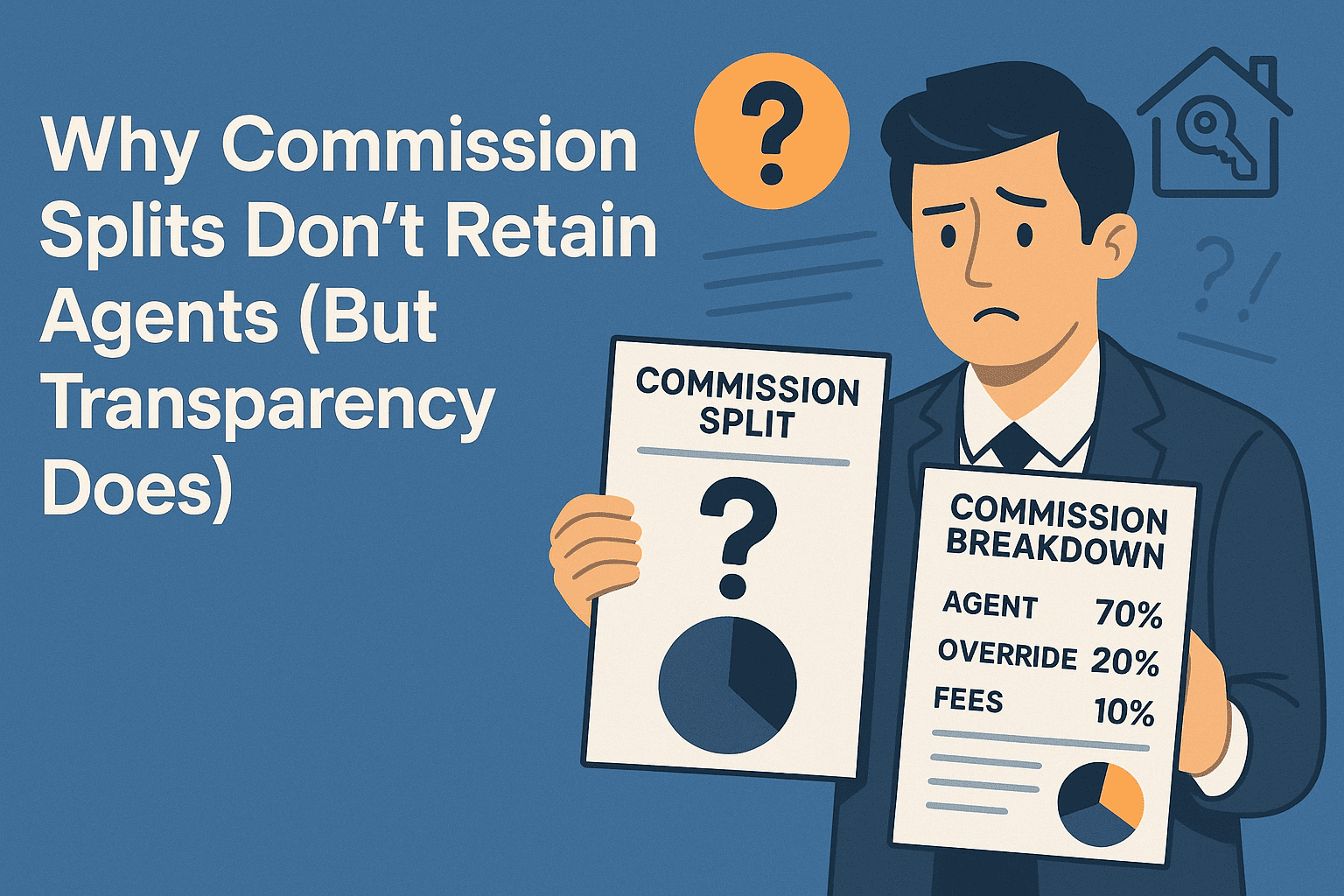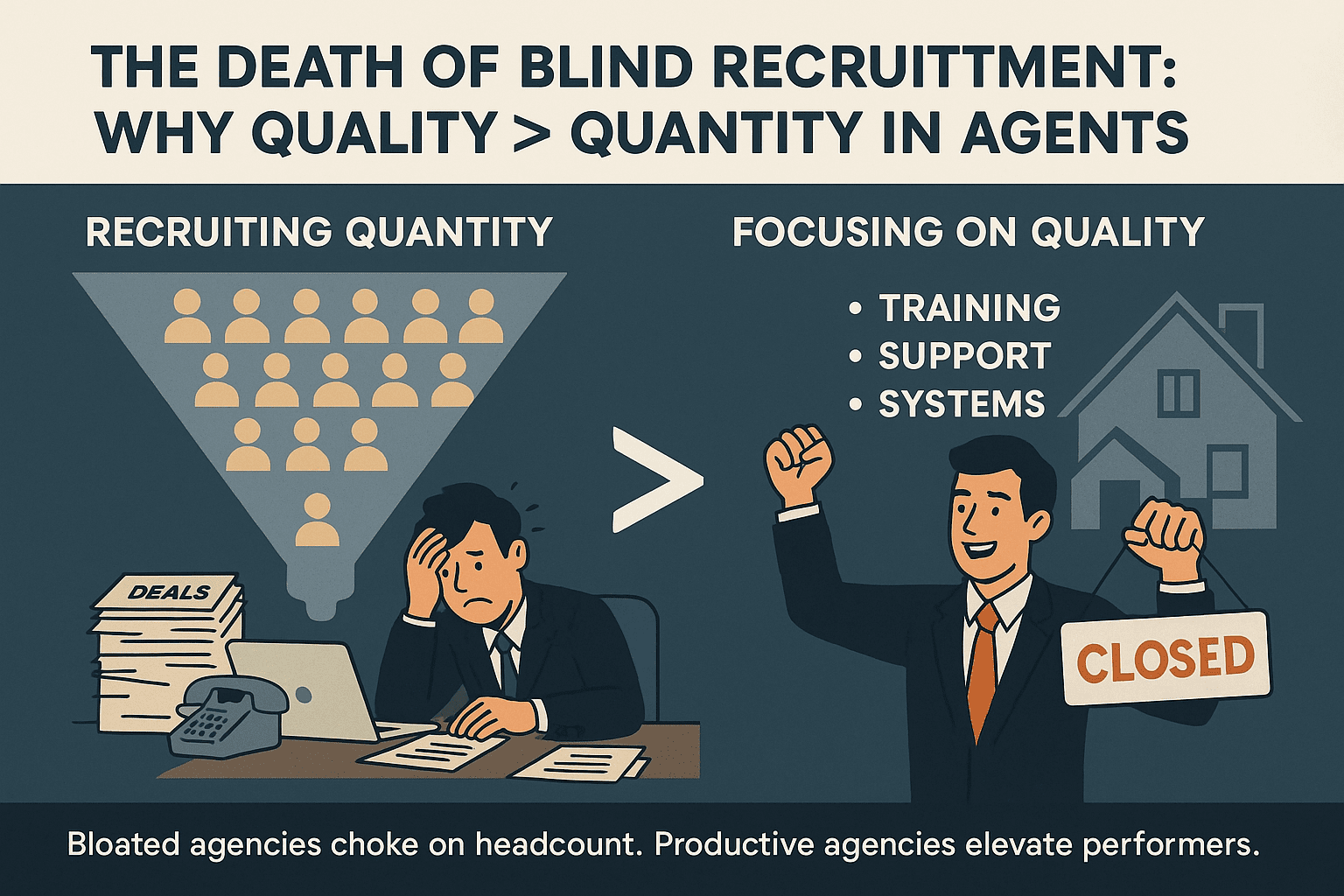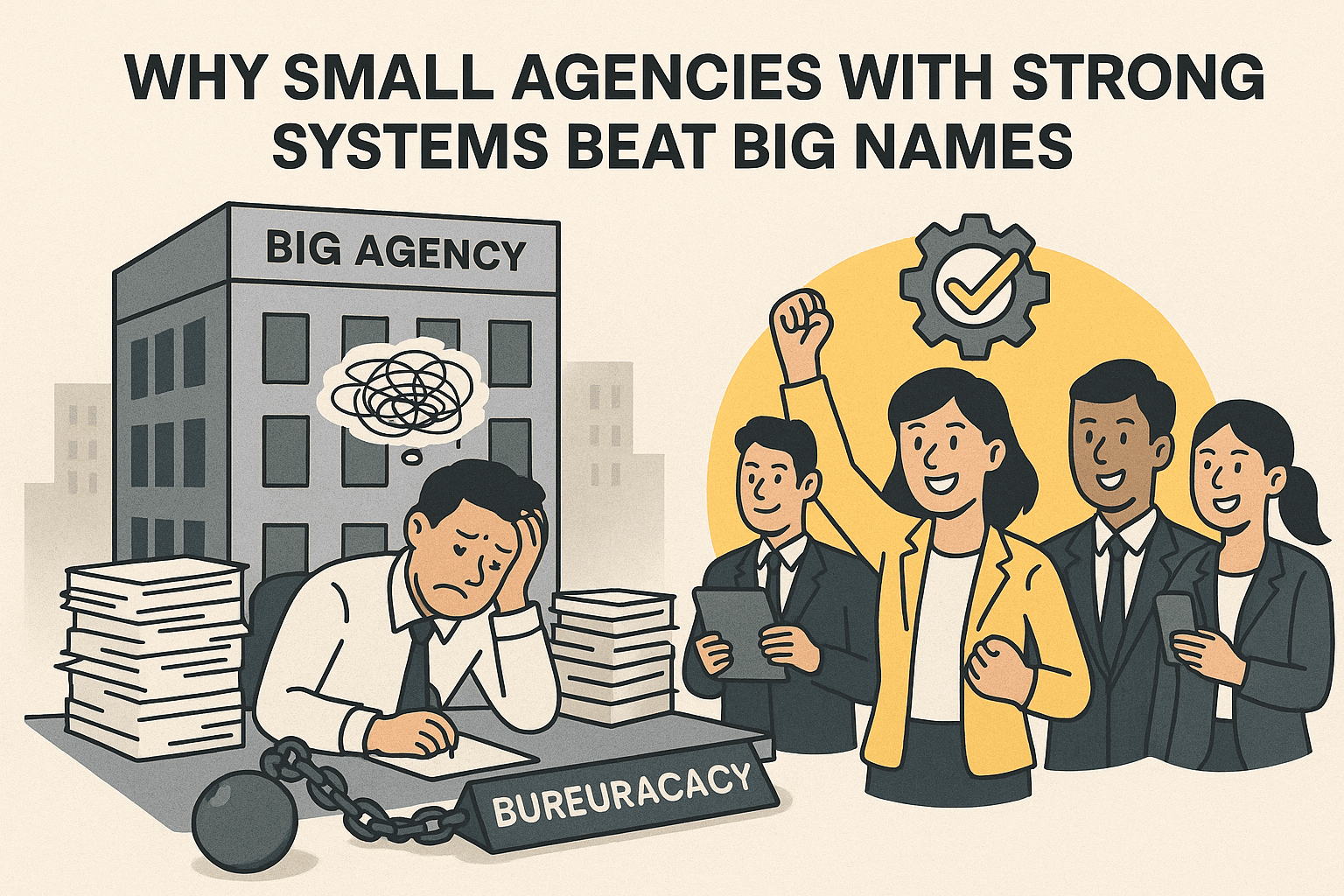Why Top Producers Rarely Stay Loyal to One Brand
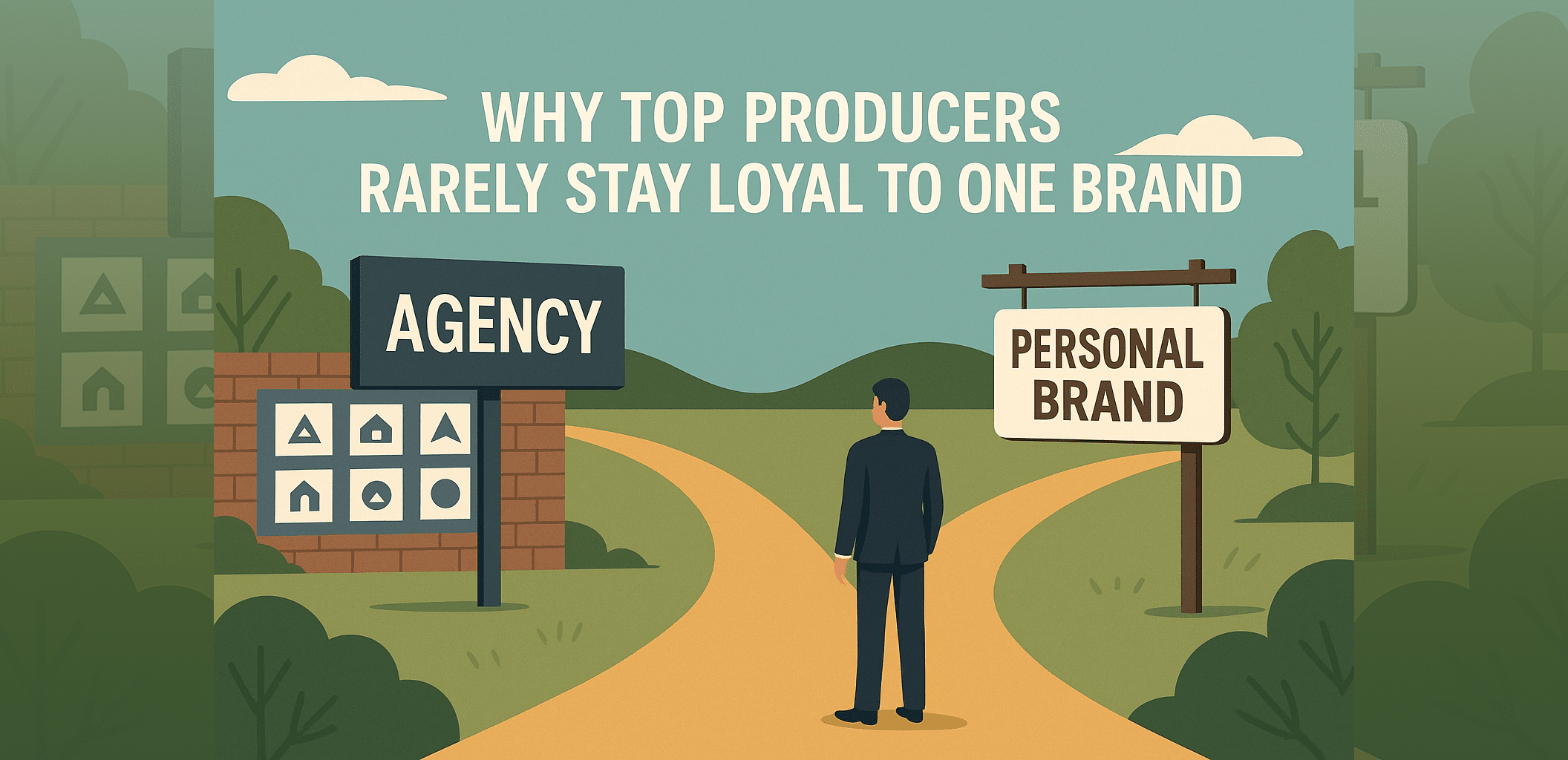
In real estate, loyalty is preached like gospel. Brands talk about culture, family, and legacy. Yet when you study the careers of high performers, a pattern emerges: the best rarely stay with one flag for long. That doesn’t mean no one stays—seasoned producers often choose stability. It means the natural arc for many top performers is to outgrow a single brand as they seek control, upside, and a platform that truly fits how they work.
Top producers operate like micro-enterprises. They know their numbers, understand their funnel, and recognize that their personal brand—not the agency logo—drives most of their pipeline. Early in a career, a brand provides training, credibility, and structure. As results compound, the equation changes. Producers find themselves funding the brand more than the brand fuels them. At that point, “loyalty” becomes a strategic choice, not a default.
Energy and appetite for change play a role. Younger or mid-career producers have the stamina to rebuild systems, migrate CRMs, reorganize teams, and renegotiate splits. They are still climbing, and the marginal gains from autonomy—owning their database, setting their standards, controlling marketing, designing compensation—are worth the turbulence of switching. Older producers may prioritize consistency. Their book of business is large, their routines work, and the risk-adjusted return of staying put can beat the disruption premium of moving. This isn’t blind loyalty; it’s an energy and optimization decision.
Economics quietly drive most moves. Split structures cap upside. Brand rules constrain marketing. Centralized lead programs can misalign incentives. When a producer’s personal brand attracts more deals than the agency brand, remaining a tenant in someone else’s system feels costly. Independence offers three levers that are hard to resist: full control of brand and positioning, ownership of data and processes, and the ability to capture the spread between revenue generated and platform cost. Once producers see those levers clearly, “rarely loyal” becomes the rational outcome.
There are also strategic ceilings. A producer who wants to expand into new niches, launch a team, or experiment with pricing and media often discovers the brand’s playbook wasn’t written for that. Even supportive agencies must manage for the average. Top performers are, by definition, outliers. The more exceptional the operation, the less compatible standard policies feel.
Still, loyalty can make sense. If a brand becomes a true multiplier—feeding premium listings, real developer mandates, enterprise referrals, or a technology and compliance backbone that the producer would rather rent than build—staying is smart. Some producers simply value peace of mind. They choose to deploy their energy on client work, not on infrastructure, HR, or legal. Their loyalty is pragmatic, not romantic.
For agency bosses, the worst mistake is fighting the tide. Trying to “lock in” a top producer with policy and pressure breeds exit velocity. The better strategy is to accept the arc and design around it. Offer pathways from producer to partner and, eventually, to affiliated brand. Make it easy to graduate without burning bridges. Build alliance models—clean co-broking rules, transparent commission events, auditable splits—that let alumni and peers transact with you even after they leave. Treat data governance, listing verification, and deal workflows as a neutral rail everyone trusts. If you can be the network that coordinates talent rather than the cage that contains it, you’ll keep value circulating through your ecosystem long after badges change.
Producers feel this difference immediately. An agency that honors ambition earns longer, more productive chapters. An agency that resists it accelerates departures. The market rewards platforms that expand the pie: more cooperation, faster matching, standardized documentation, and clear role-based payouts. When those rails exist, competing brands don’t have to be enemies; they become counterparties in bigger, cleaner deals.
For ambitious agents, the decision is about timing and readiness. If your brand is still multiplying your outcomes—through training, trust, premium mandates, or a machine you can’t yet replicate—keep compounding where you are. If you’ve become the machine, plan your transition deliberately. Map your operations, formalize your database hygiene, standardize your offer-to-close checklist, and design compensation that attracts the kind of teammates who amplify you. Independence pays when the foundation is real.
The headline is simple because the behavior is consistent: top producers rarely stay loyal to one brand. The mechanism is not cynicism; it’s growth logic. As skills, systems, and personal brand equity mature, the gravitational pull shifts from belonging to building. The wise agency partners with that gravity. The wise producer respects timing, protects relationships, and chooses the structure that best compounds their life’s work.
